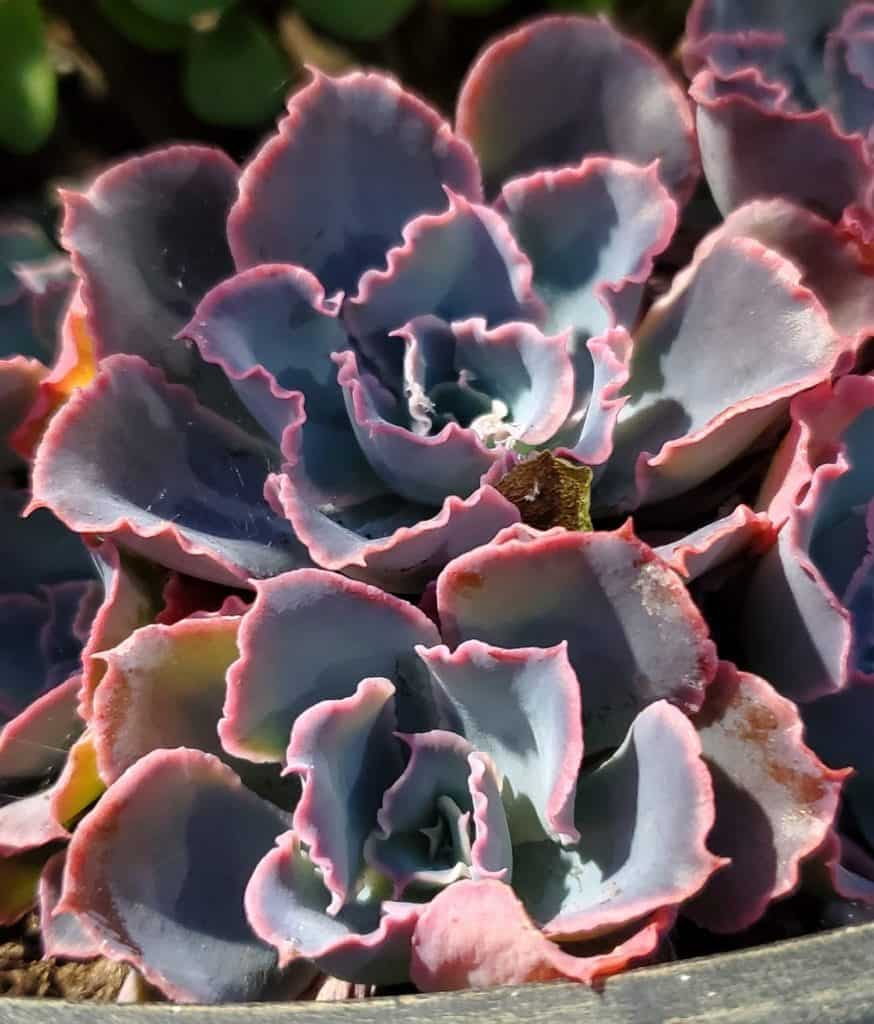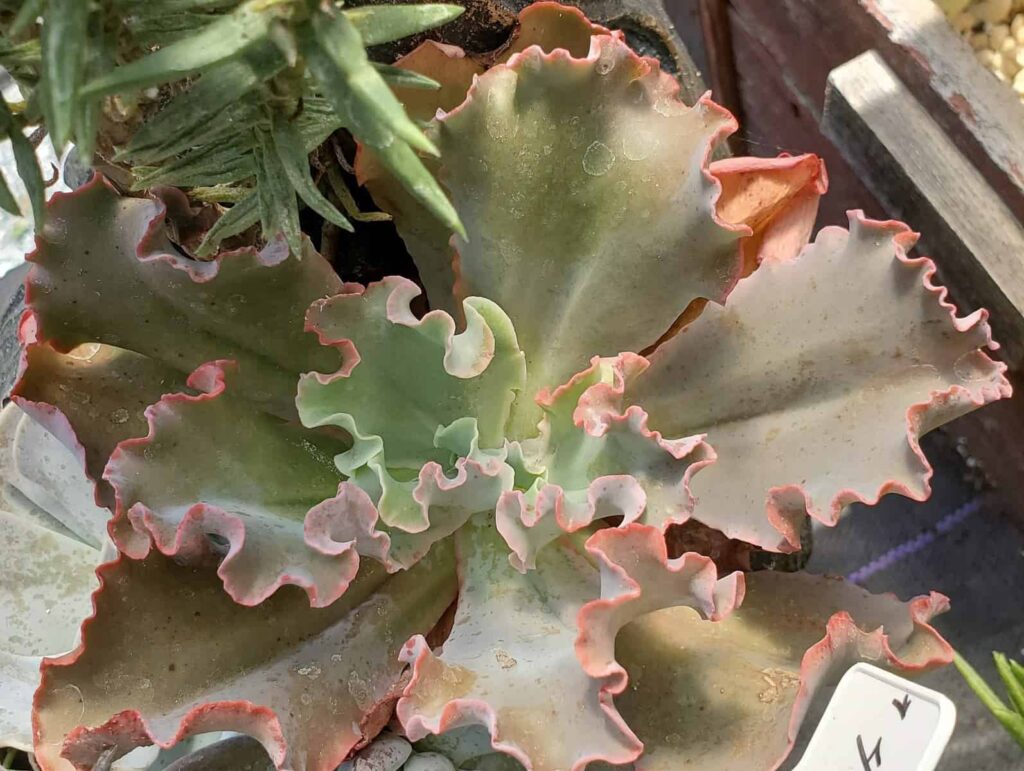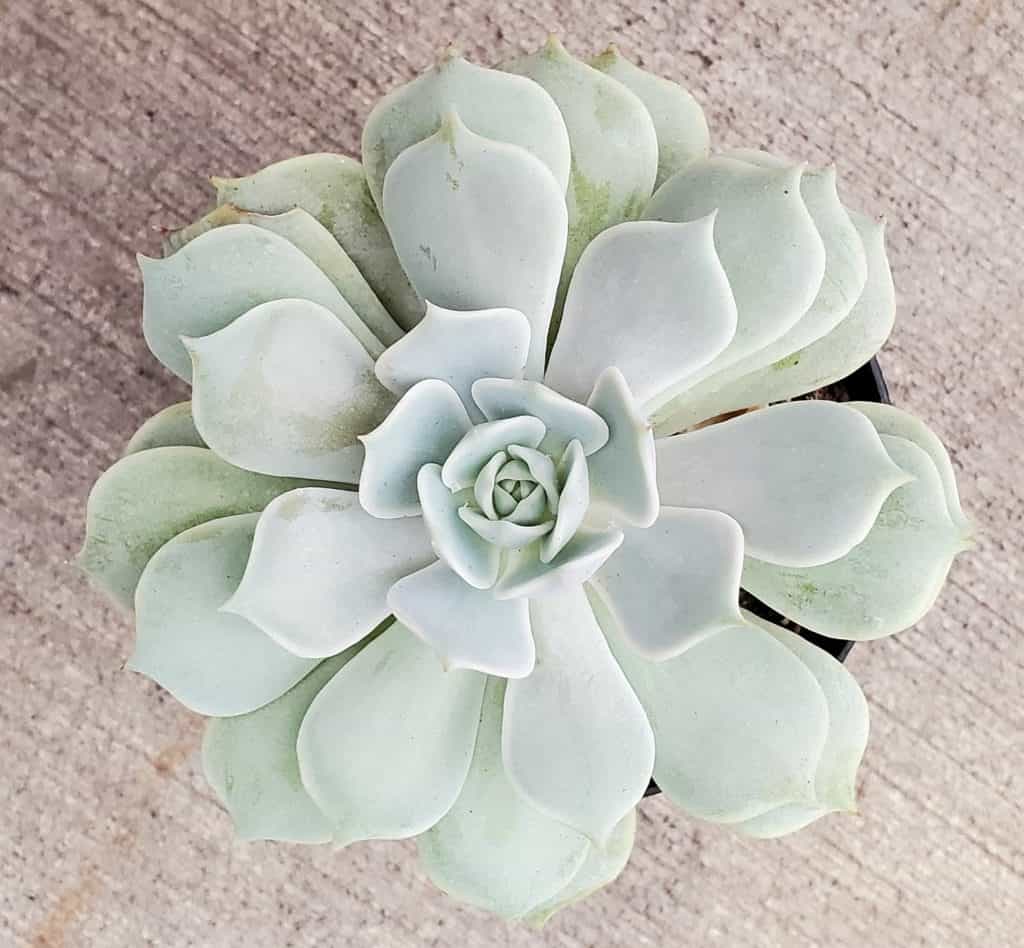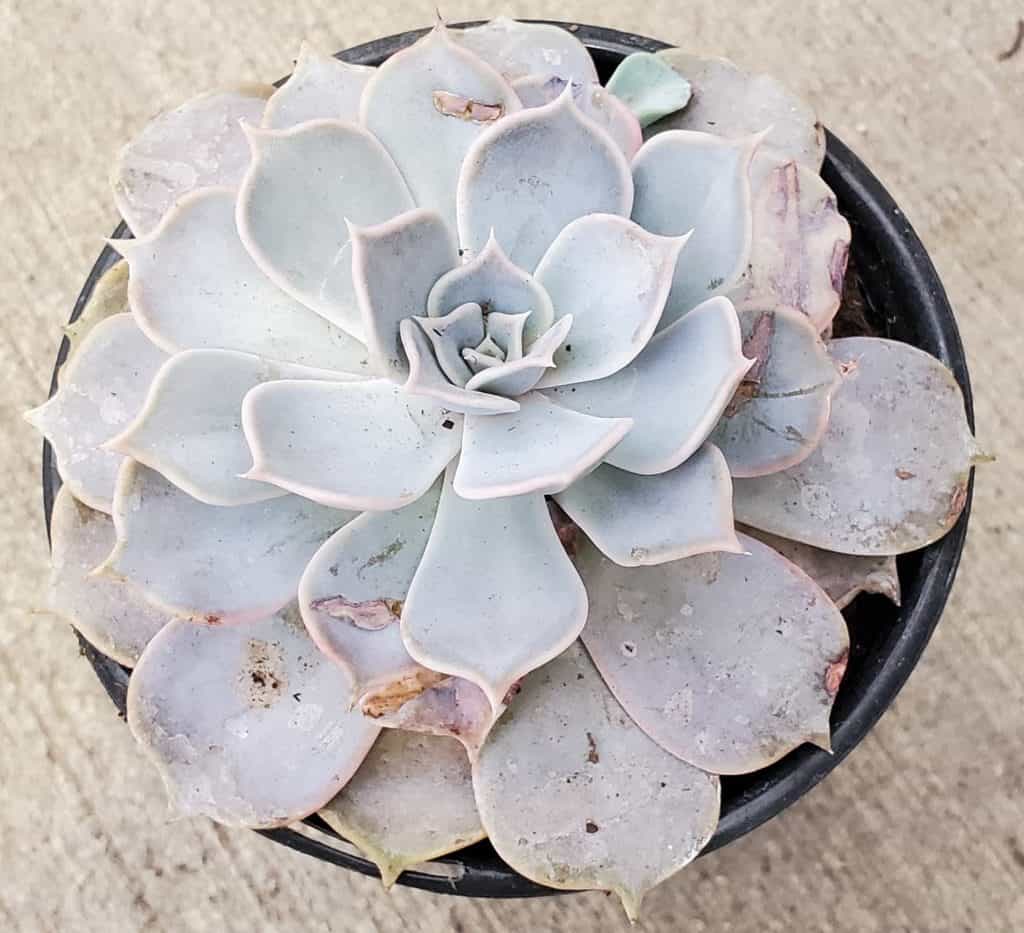100+ Types of Succulents with Pictures & Names (Identification)
I absolutely love shopping online for succulents and gardening supplies. If you aren't already saving money by comparing prices online, give it a try! Here are six of my favorite things that I have purchased online as I build my own succulent oasis:
When I first started researching succulent types, I had no idea there were more than 10,000 species worldwide. Succulents are a great addition to any garden or home décor, and they come in a variety of shapes and sizes, but due to the sheer volume of options, they can be hard for beginners to identify.
This is a great resource for anyone who wants to learn more about succulents or for those who are looking for specific types of succulents to buy and add to their garden. Whether you’re just starting out or are a succulent pro, you’re sure to find something new here!
Succulent Genus vs Species
Before I jump into naming different types of succulents, it’s important to understand what I mean by “types” of succulents. A type, or a genus, is a category of plants, while a species is the specific name of an individual plant.
According to The Succulent Plant Page, there are about 300 known genera with that number changing with new discoverings and hybrids all the time. This number includes everything from the cute, pudgy plants on your local garden center’s shelves, to the giant cacti in the dessert.
This list will cover some of the most popular genres or types of succulents with a smaller sublist of specific species or names of individual plants.
How to Identify Your Succulents
One of the best ways to identify your succulents is by their leaves. The shape, color, and size of a succulent’s leaves can give you a good indication of what type of plant it is.
Another way to ID your succulents is by their varieties of red, orange, yellow, purple, blue, or pink flowers (to name a few). While not all succulents flower (and some that do, don’t flower often), the shape, size, and color of a succulent’s bloom can give you clues as to its type.
Finally, the stem and trunk of a succulent can also help with identification. The thickness, color, and texture of a plant’s stem can be helpful in differentiating between types.
Now that we’ve gone over some of the basics, let’s get into the most common types of succulents that have made their way into the homes of many plant lovers.
Related: Best Gifts for Succulent Lovers
Types of Succulents with Names and Pictures
I will constantly update this reference list over time as I build my personal collection of succulents and continue to research others. You can bookmark the page and come back to it often to view even more succulent types and names later!
Echeveria
If you’re new to succulents, chances are you’ve seen an echeveria before. These plants are characterized by their rosette shape and come in a variety of colors including green, pink, red, and purple. When given enough sun, some succulents turn nearly black while others look almost white as snow.
Some common species of echeveria include:
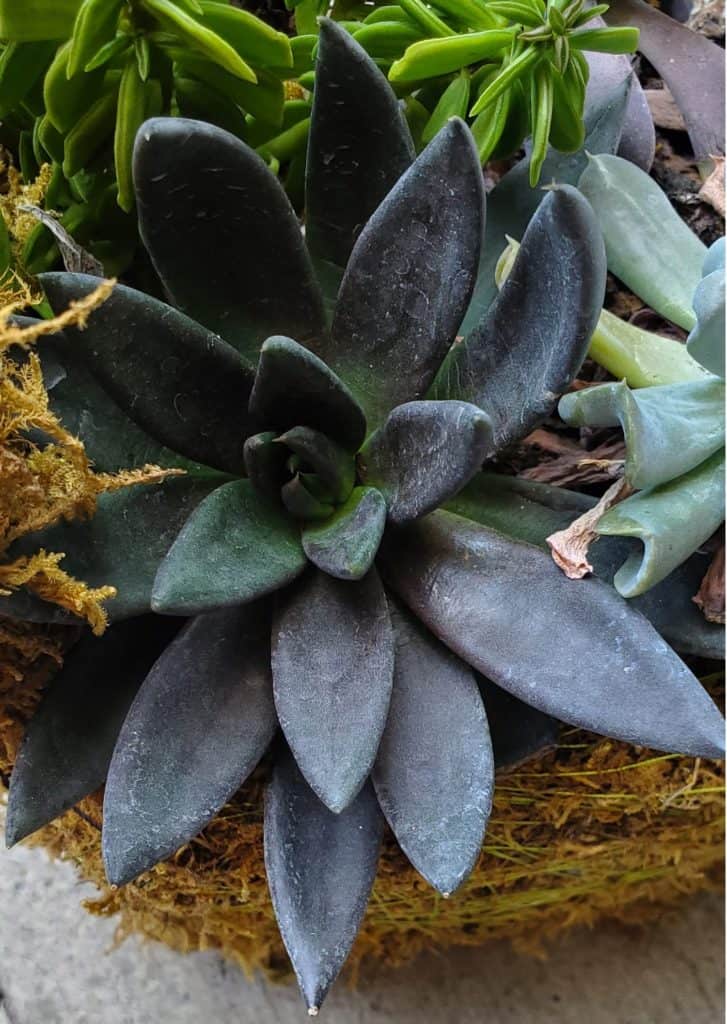
-Echeveria ‘black prince’
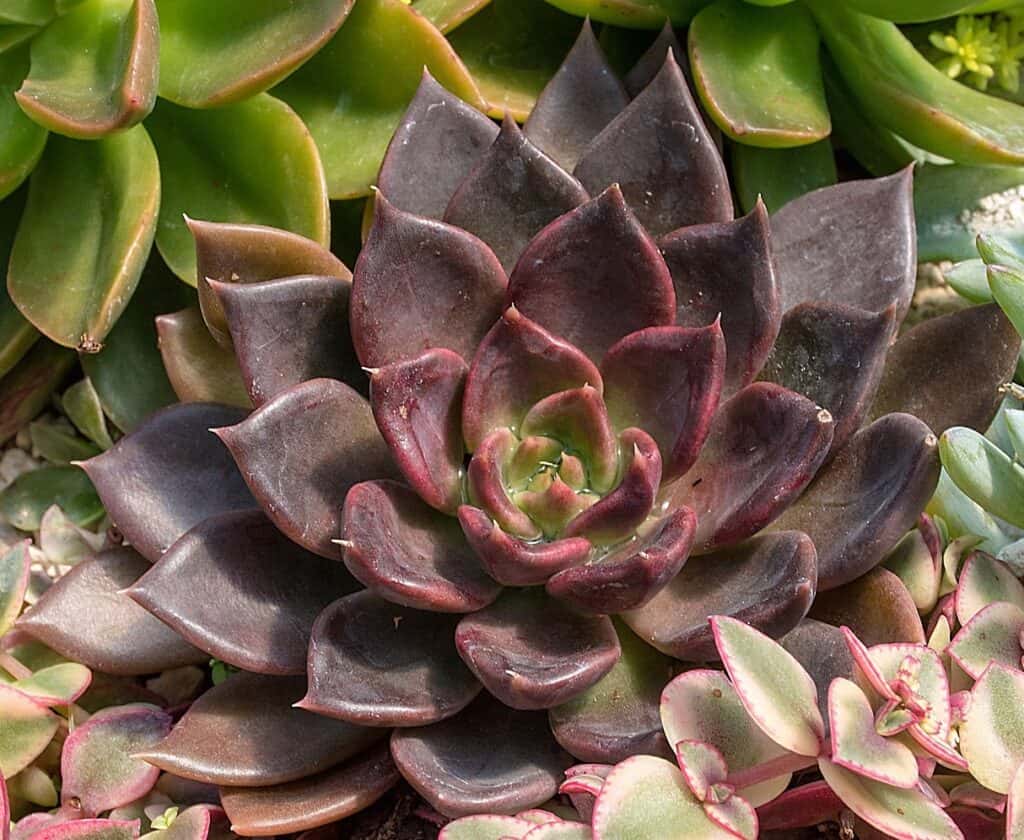
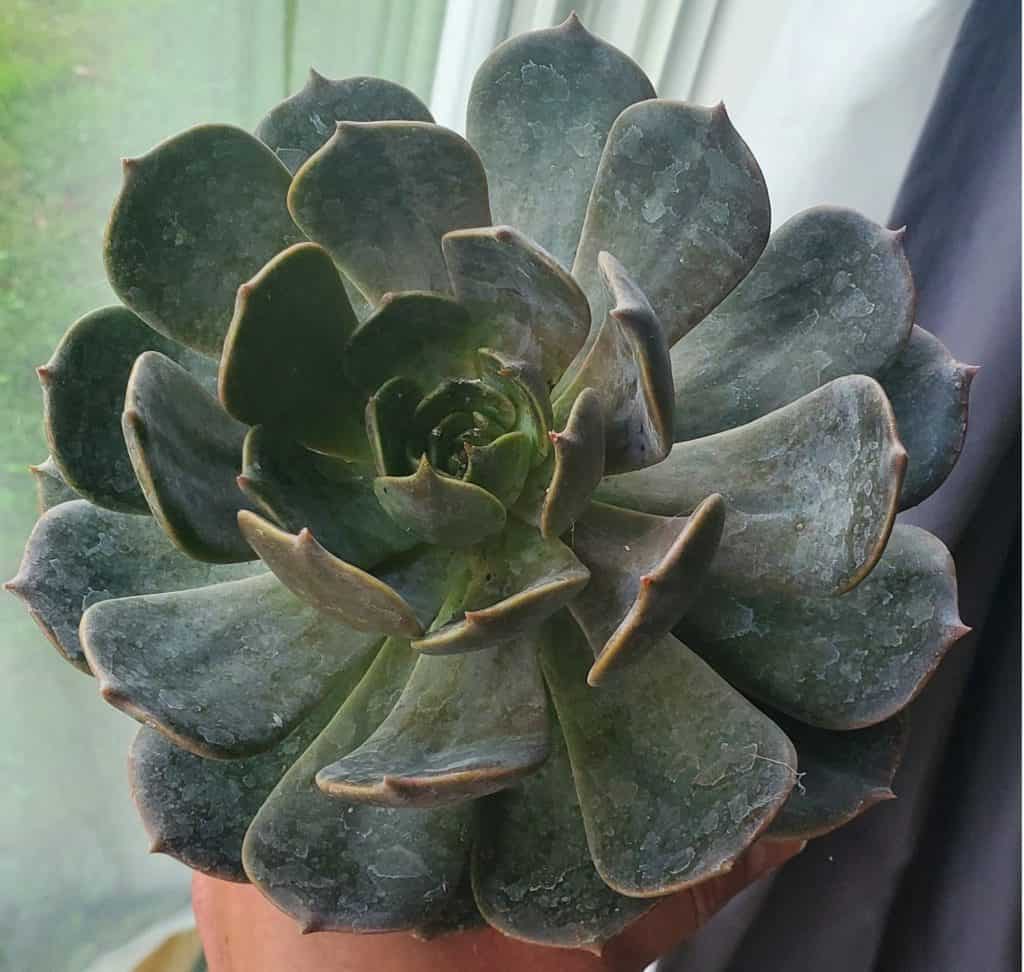
–Echeveria ‘perle von nurnberg’
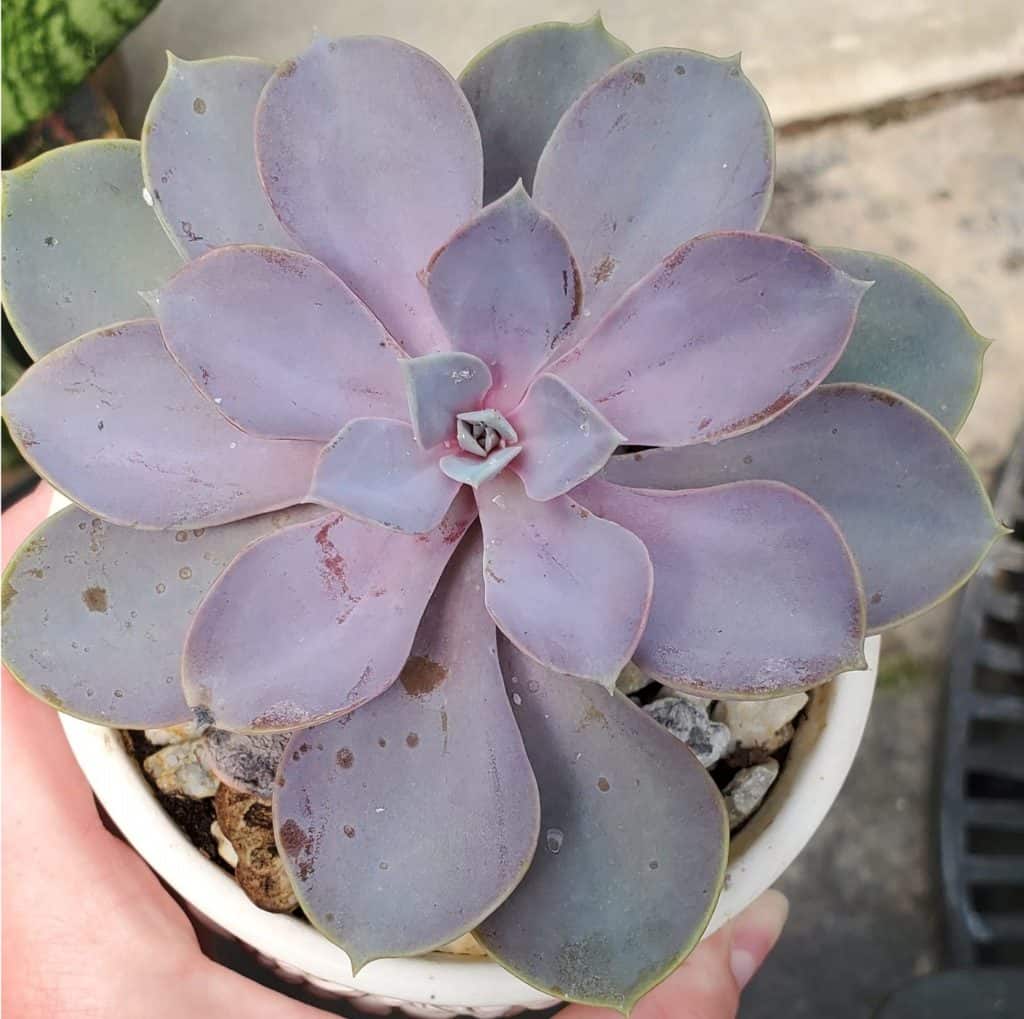
–Echeveria subsessilis ‘morning beauty’
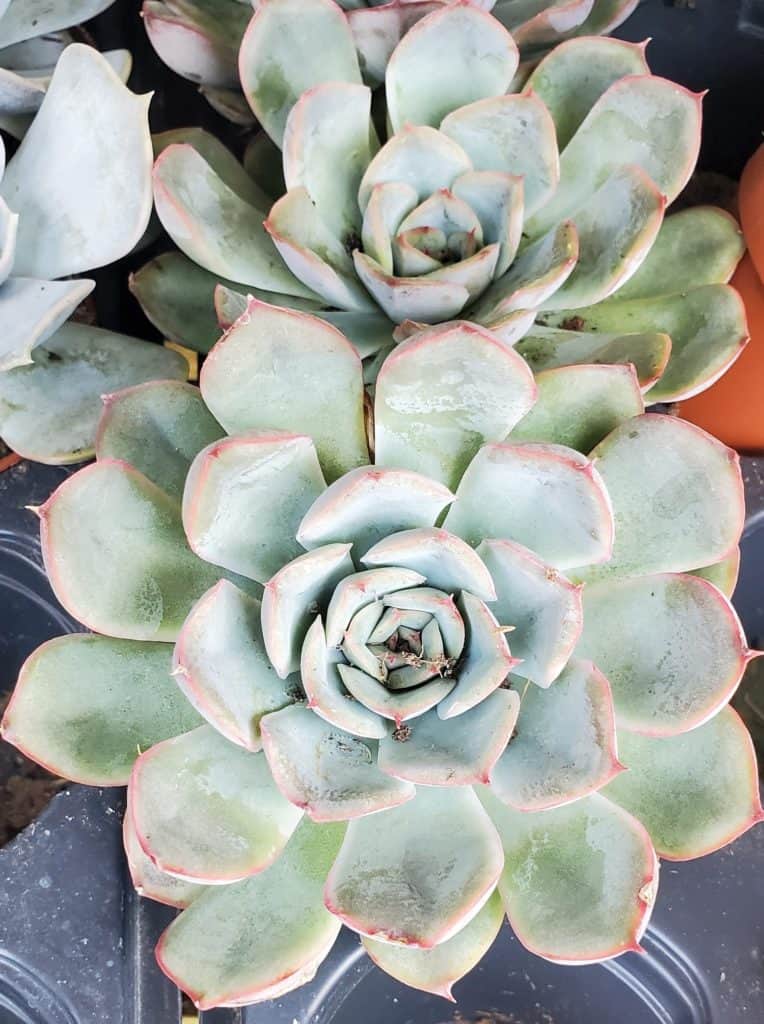
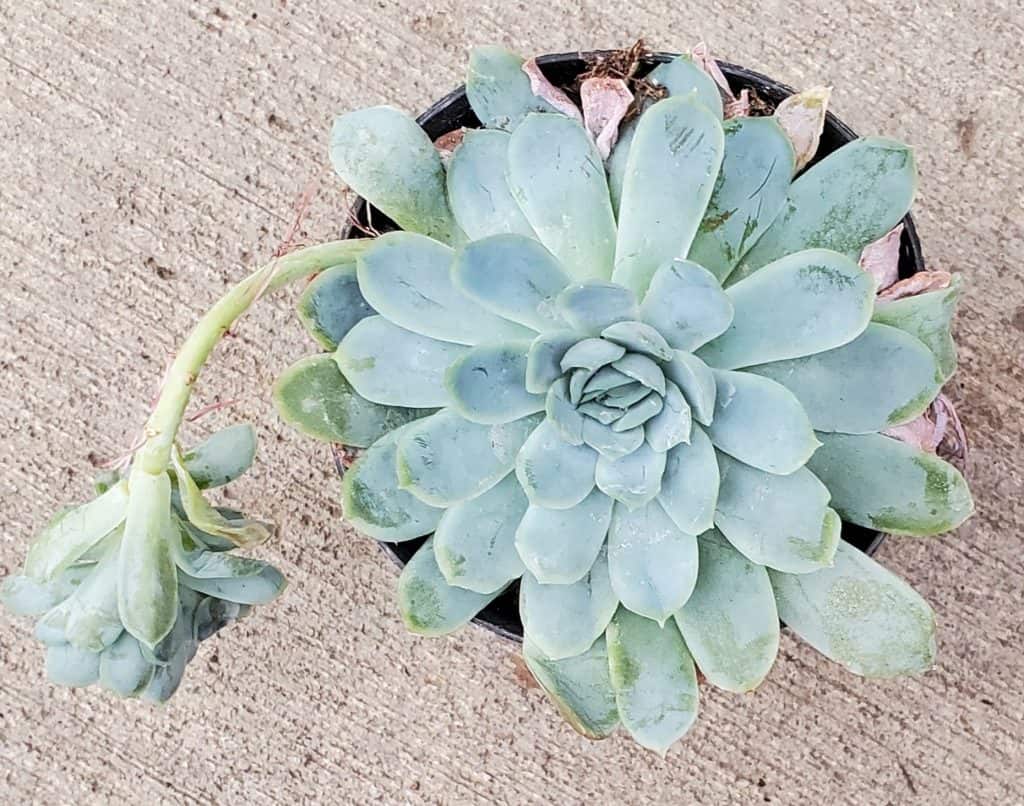
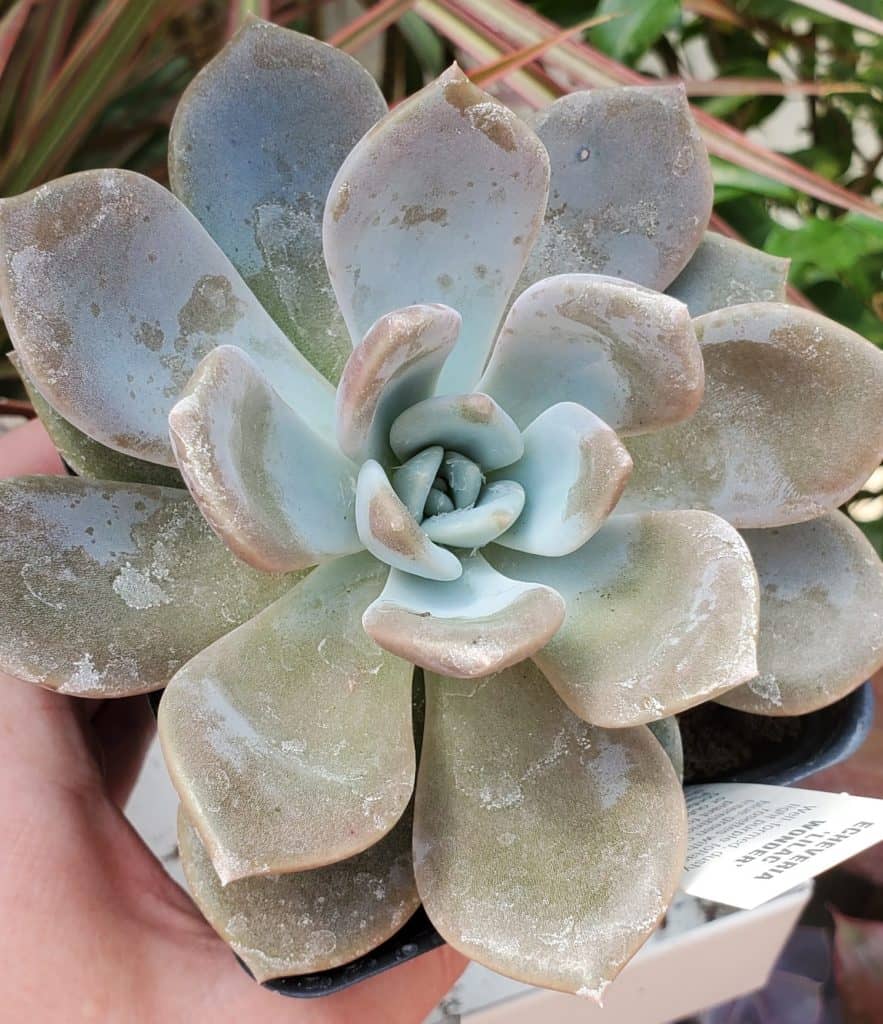
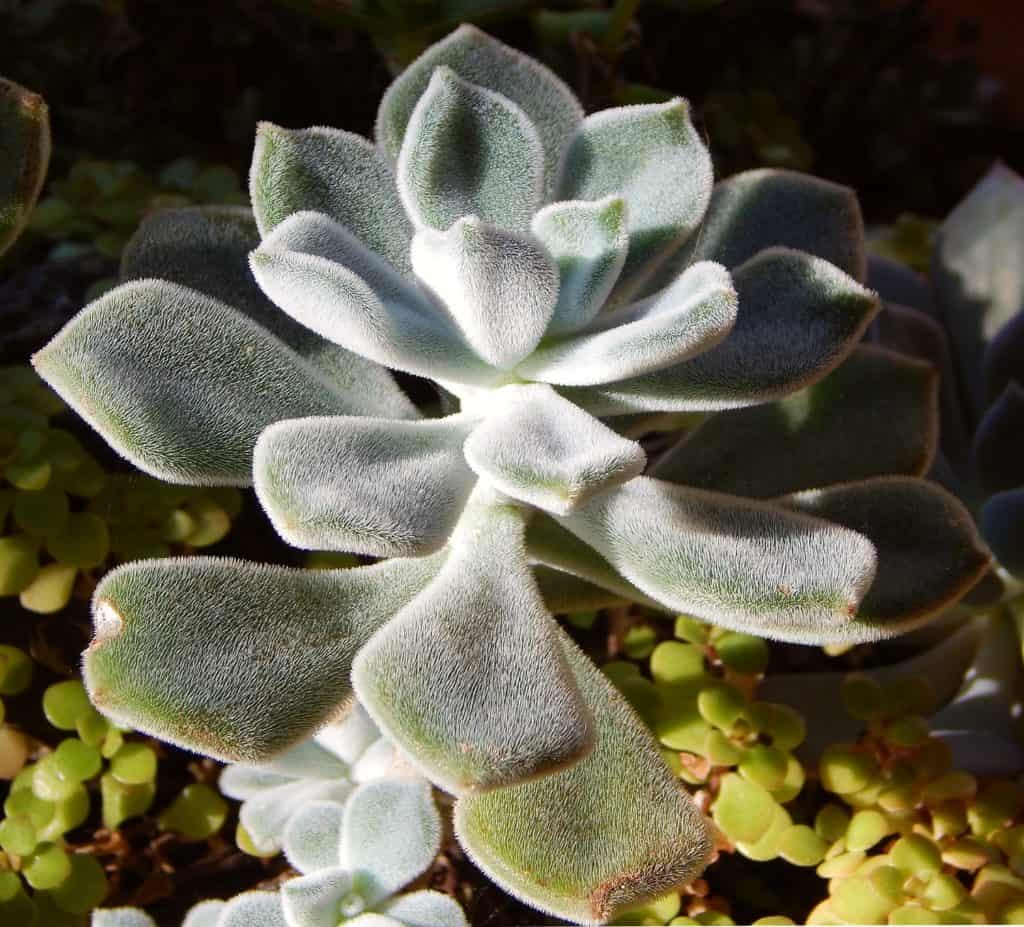
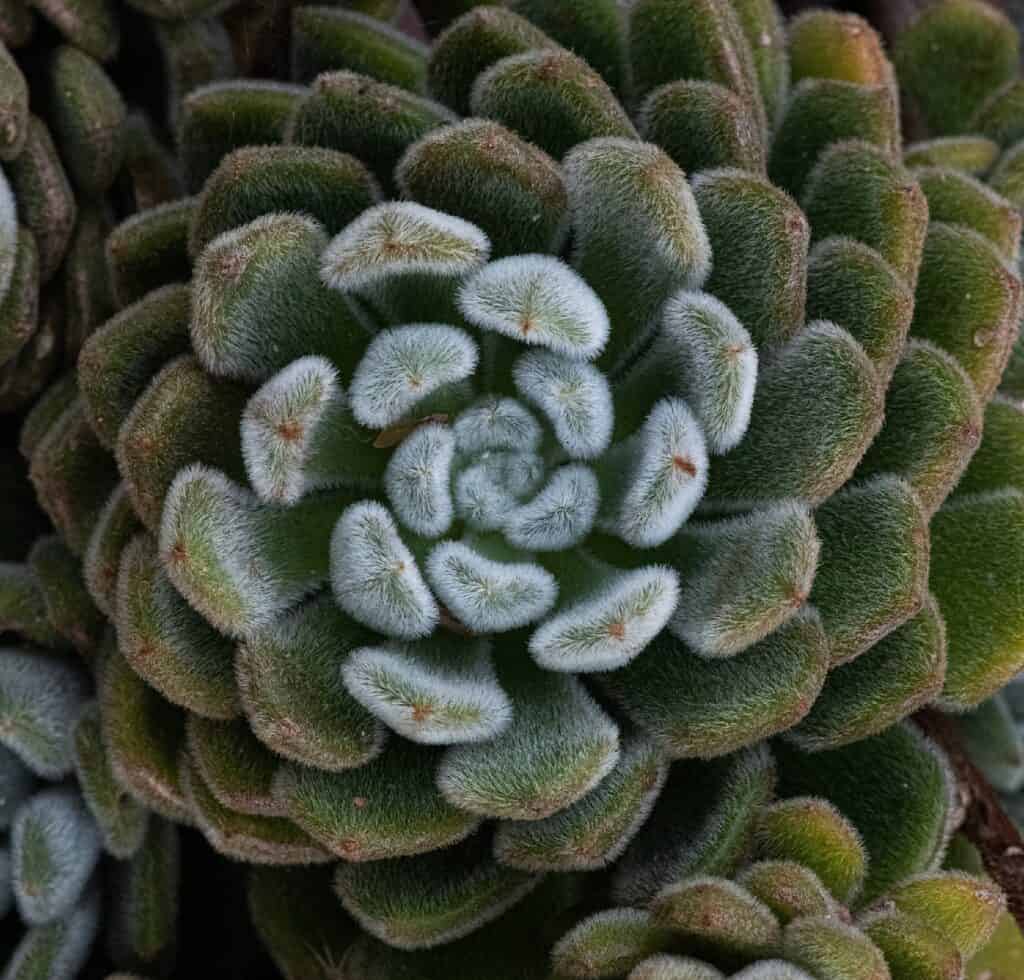
–Echeveria ‘pulv-oliver’ (red echeveria)
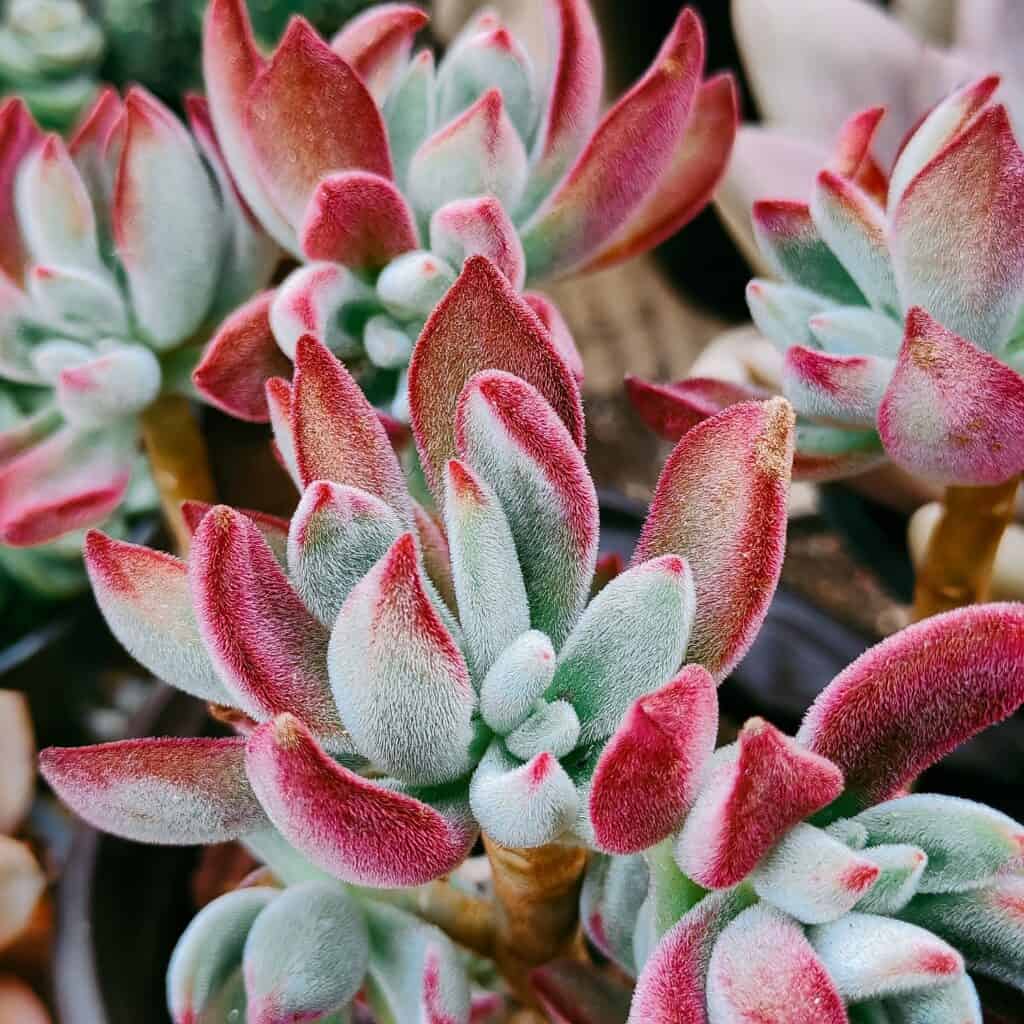
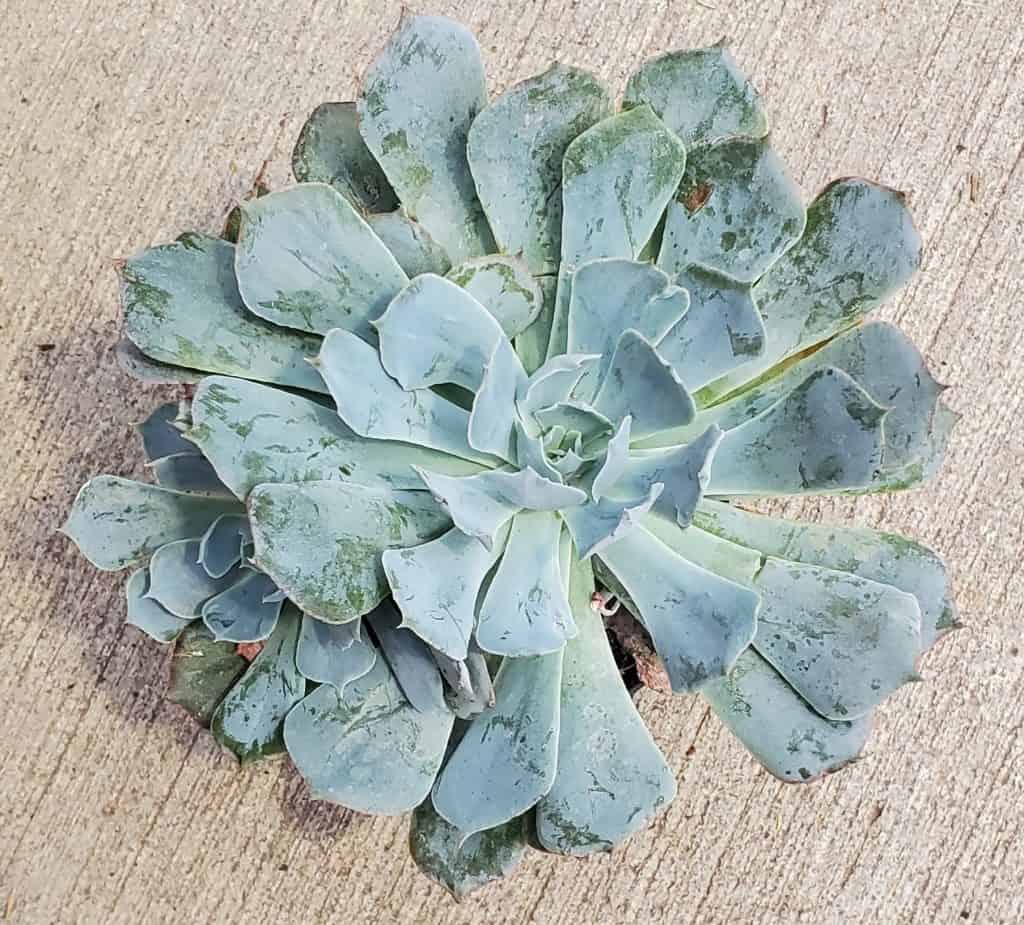
-Echeveria ‘afterglow’
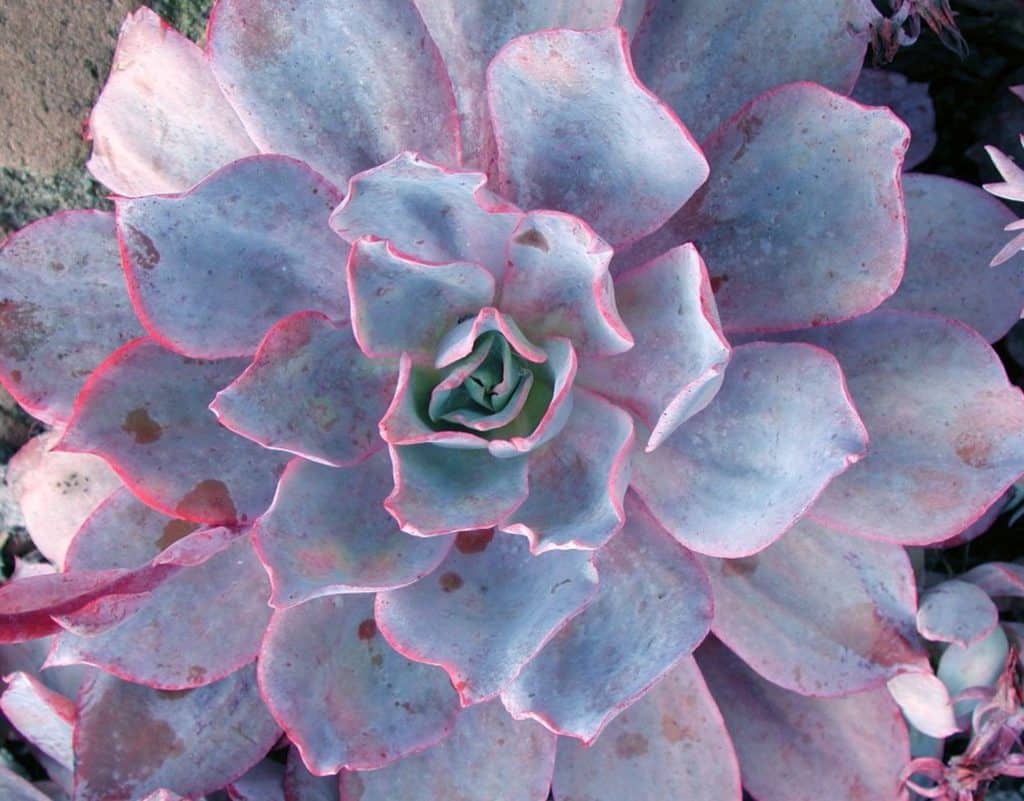
-Echeveria purpusorum (sometimes called ‘rose’)
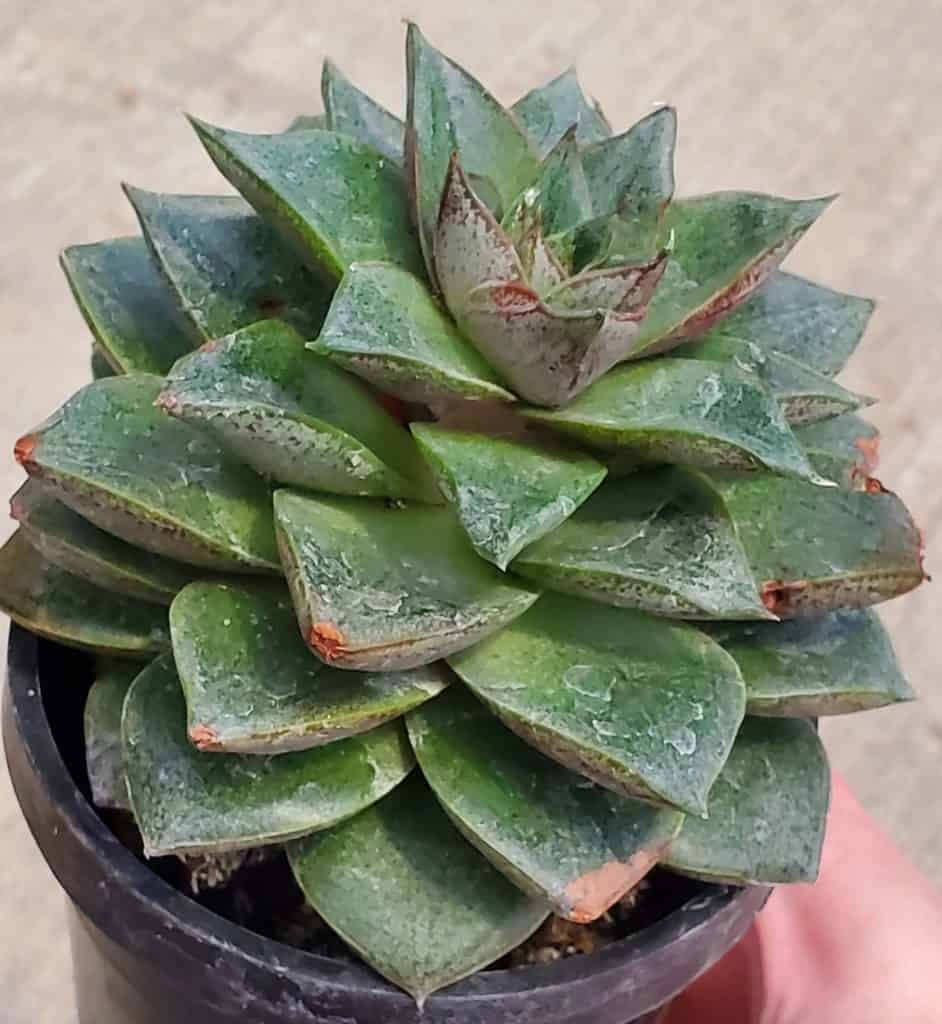
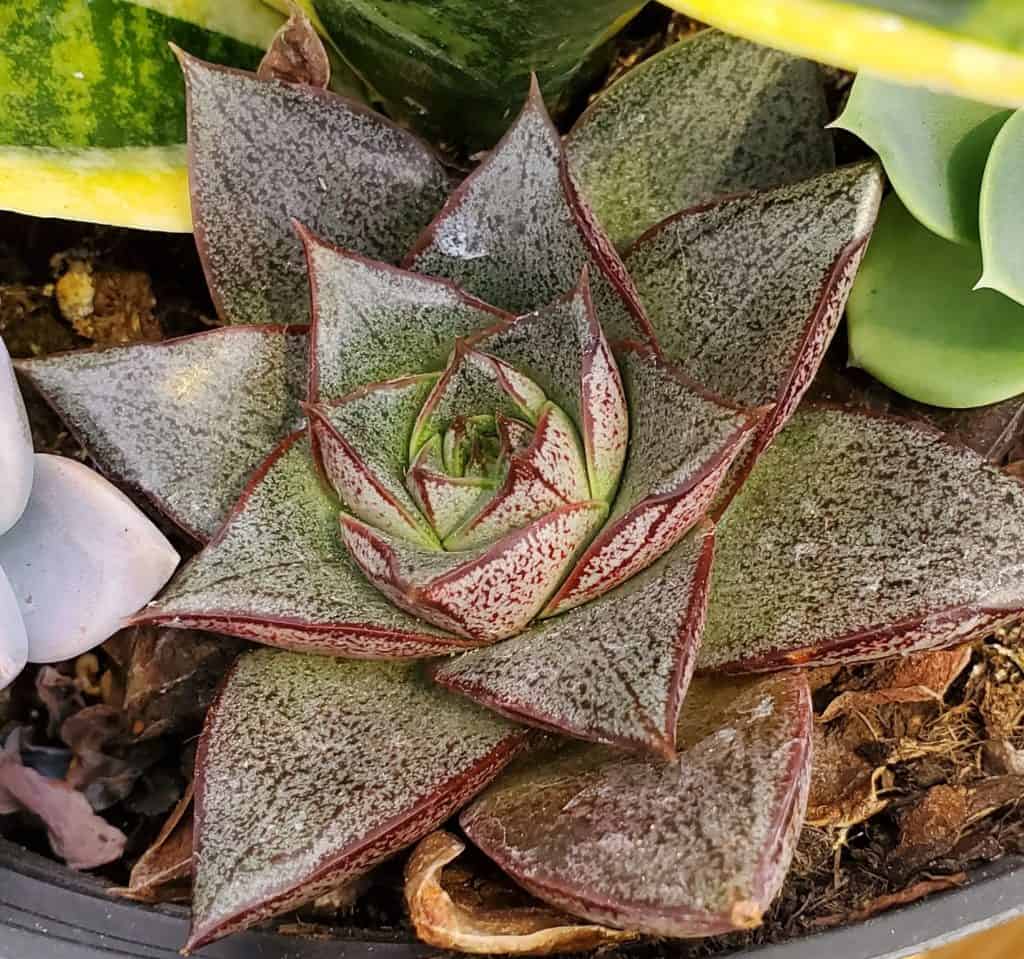
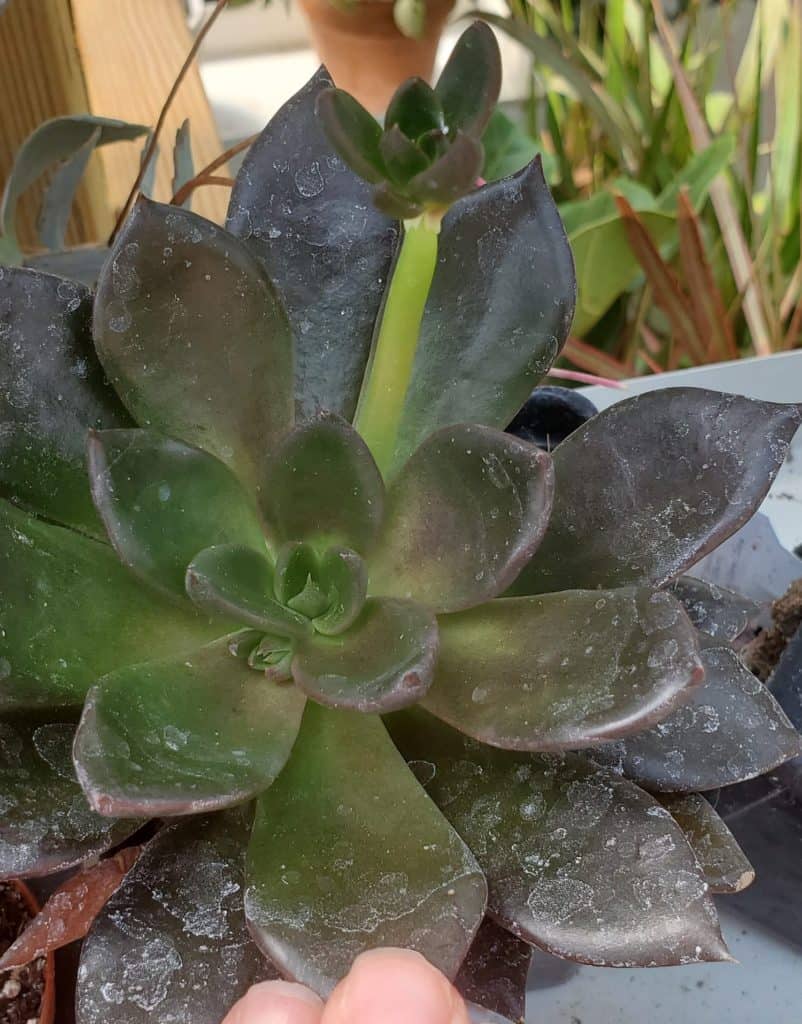
-Echeveria elegans ‘mexican snowball’
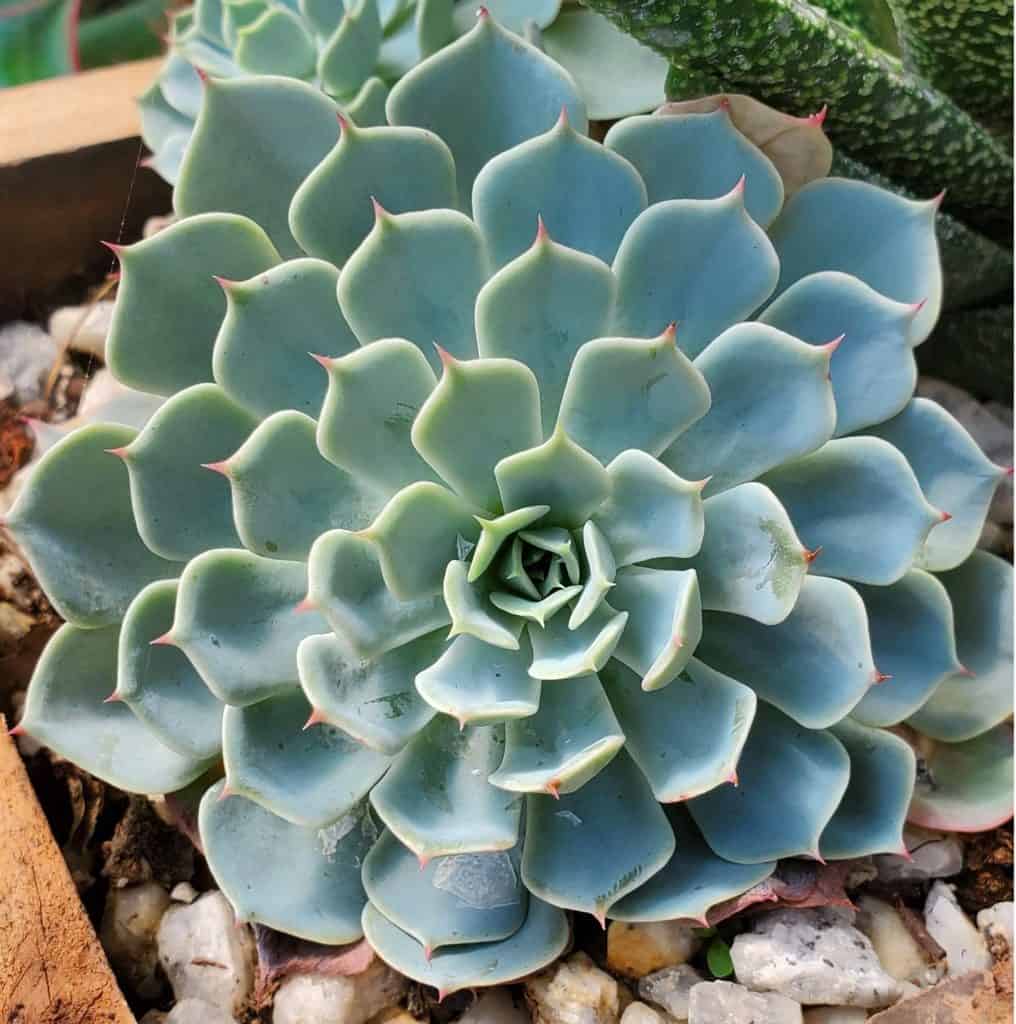
-Echeveria ‘pollux’
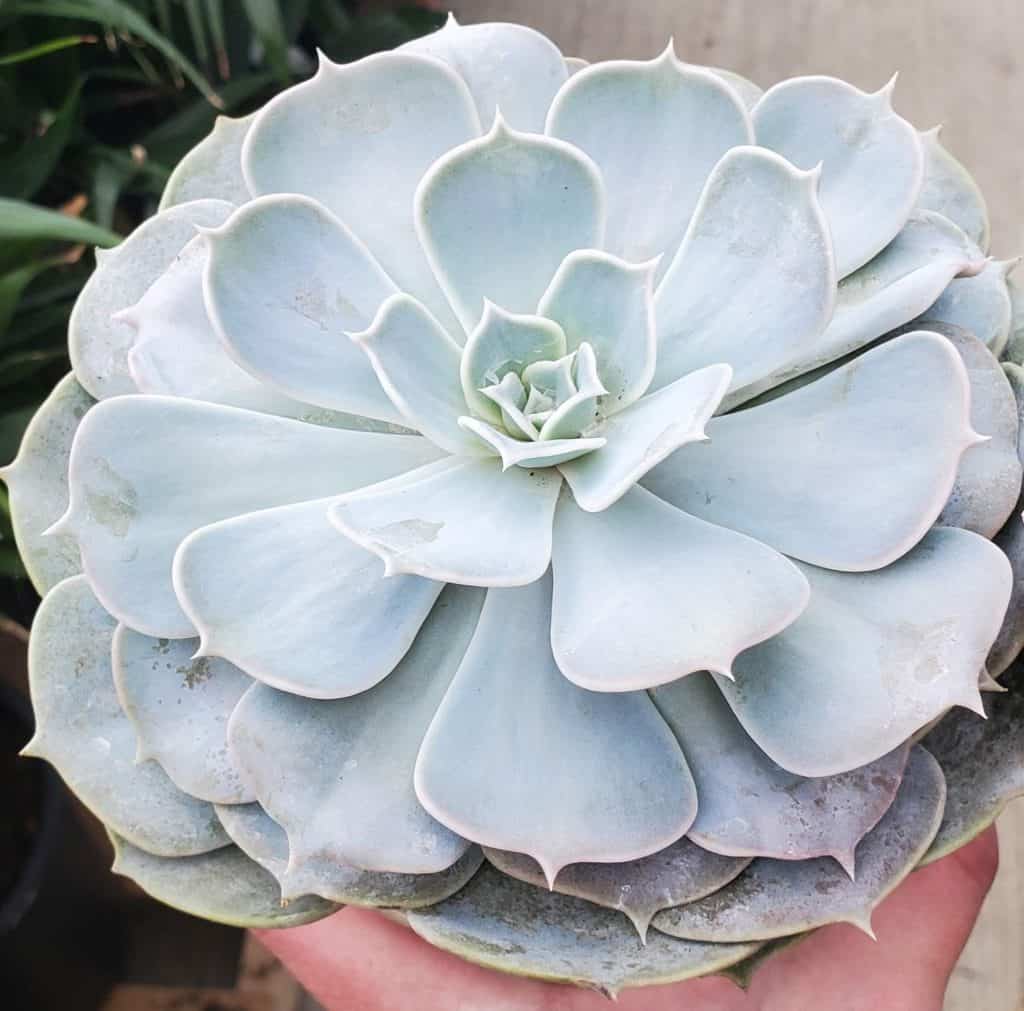
-Echeveria ‘purple pearl’
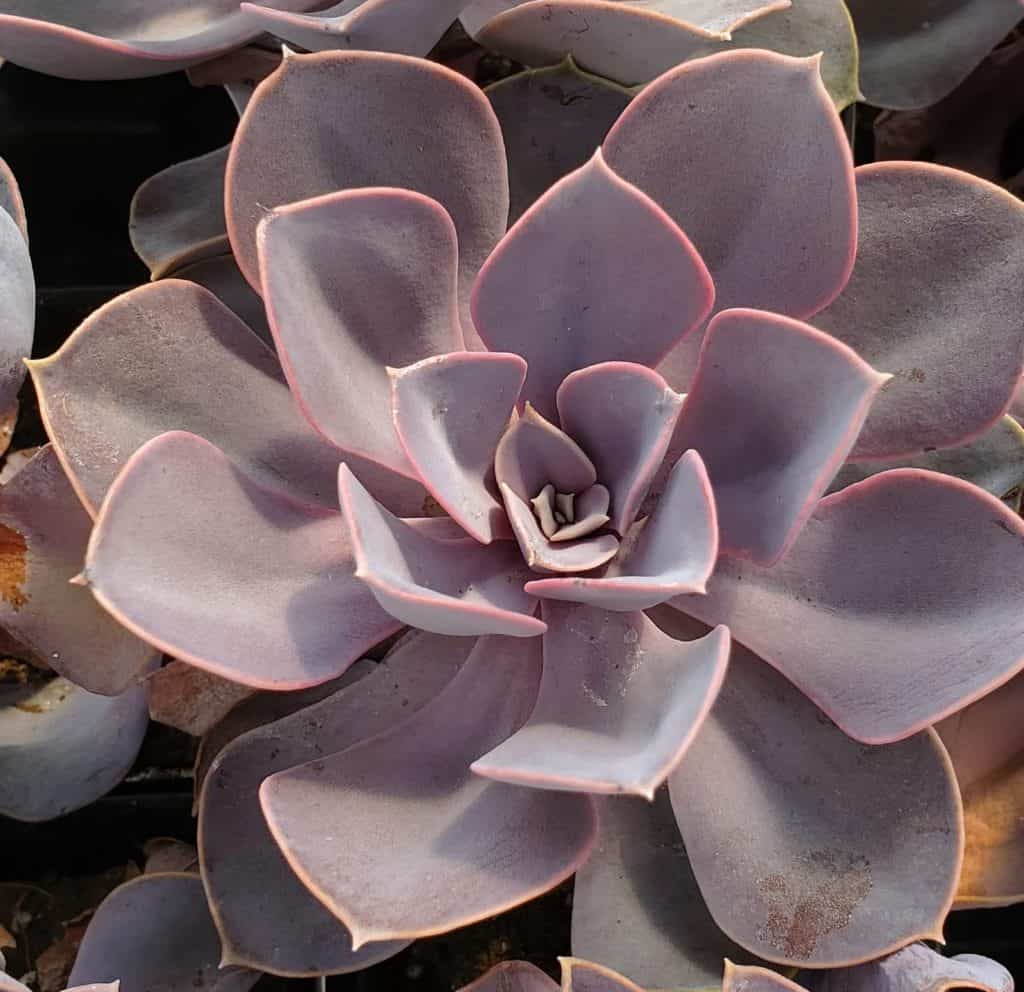
–Echeveria haagai ‘tolimanensis’
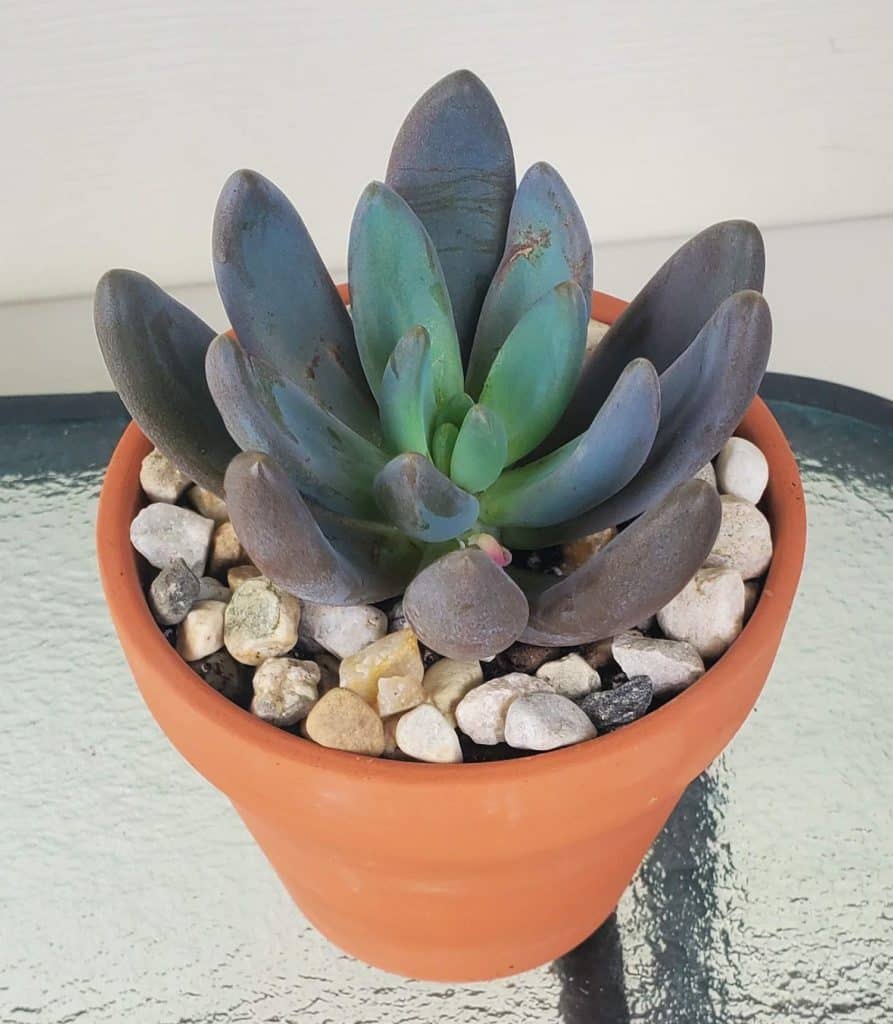
–Echeveria runyonii ‘topsy turvy’
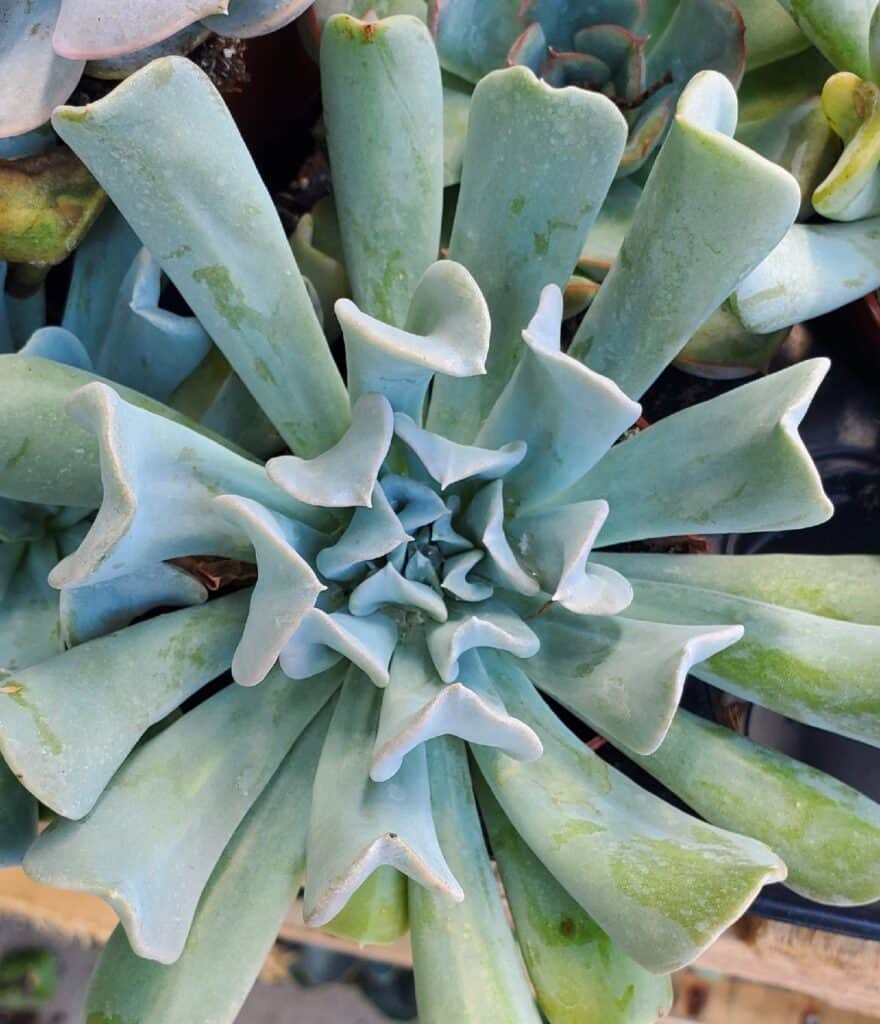
–Echeveria pulidonis ‘pulido’s echeveria’
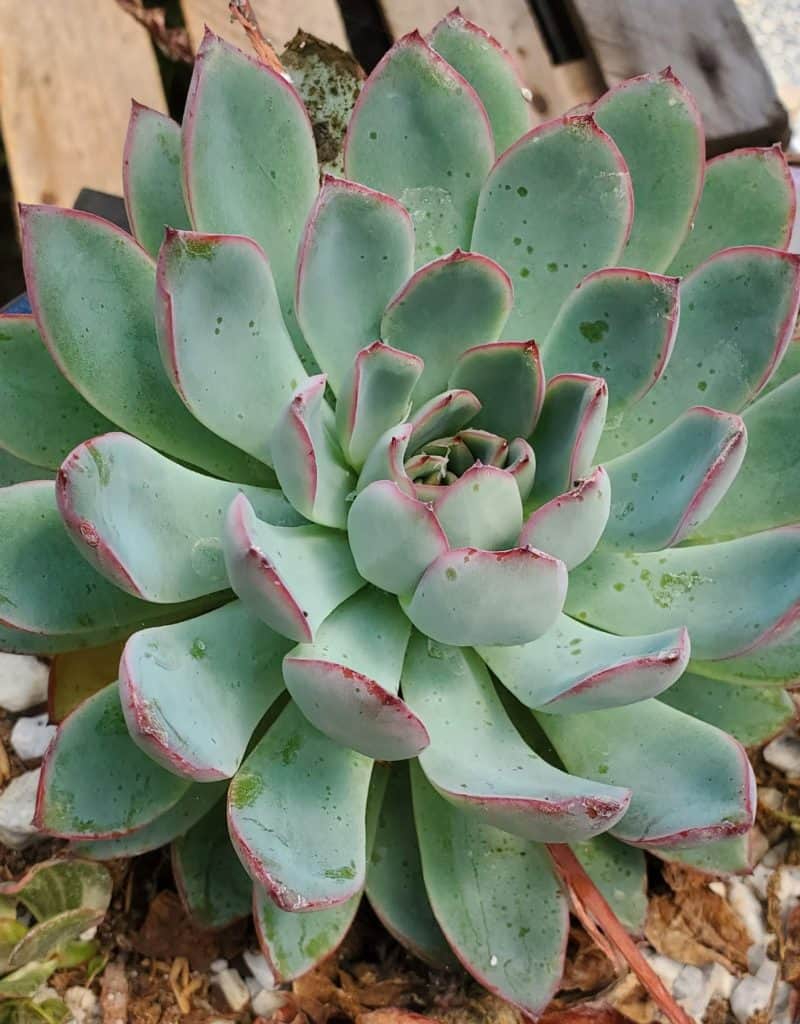
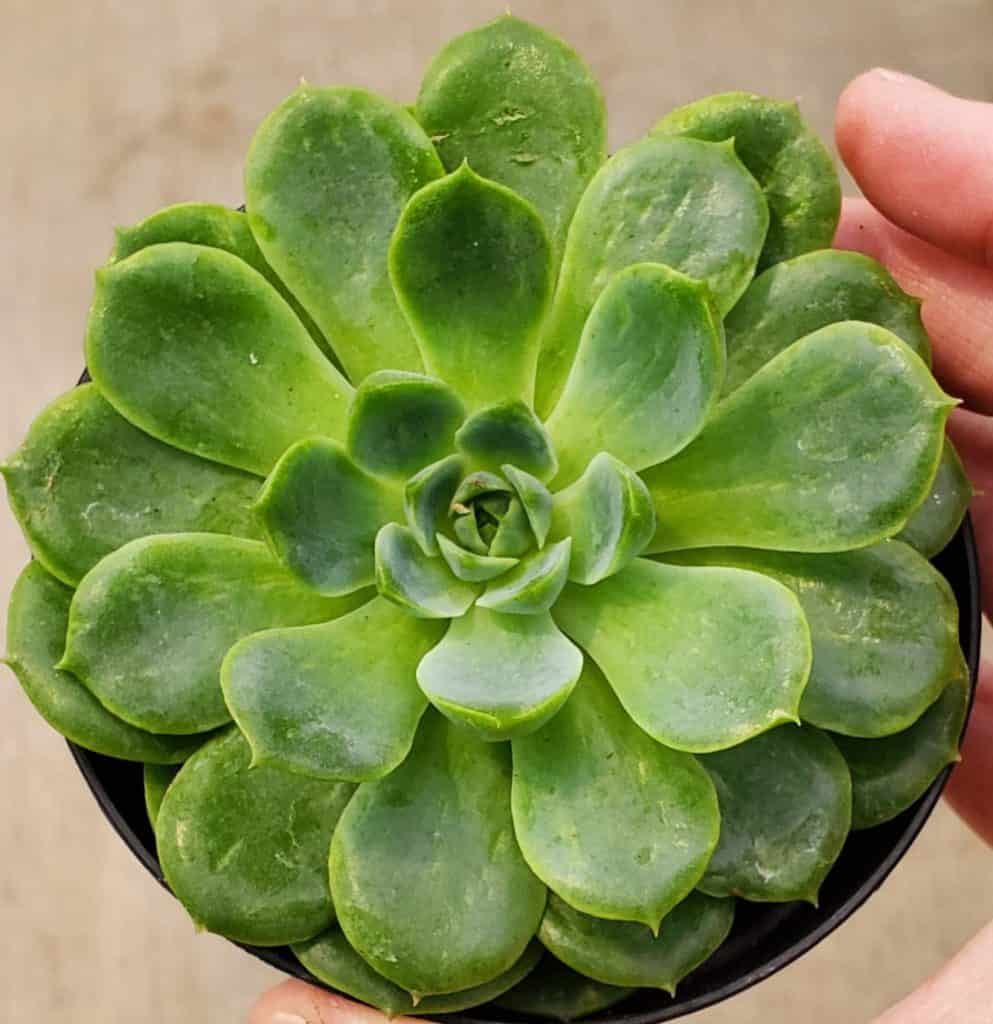
-Echeveria ‘taurus’
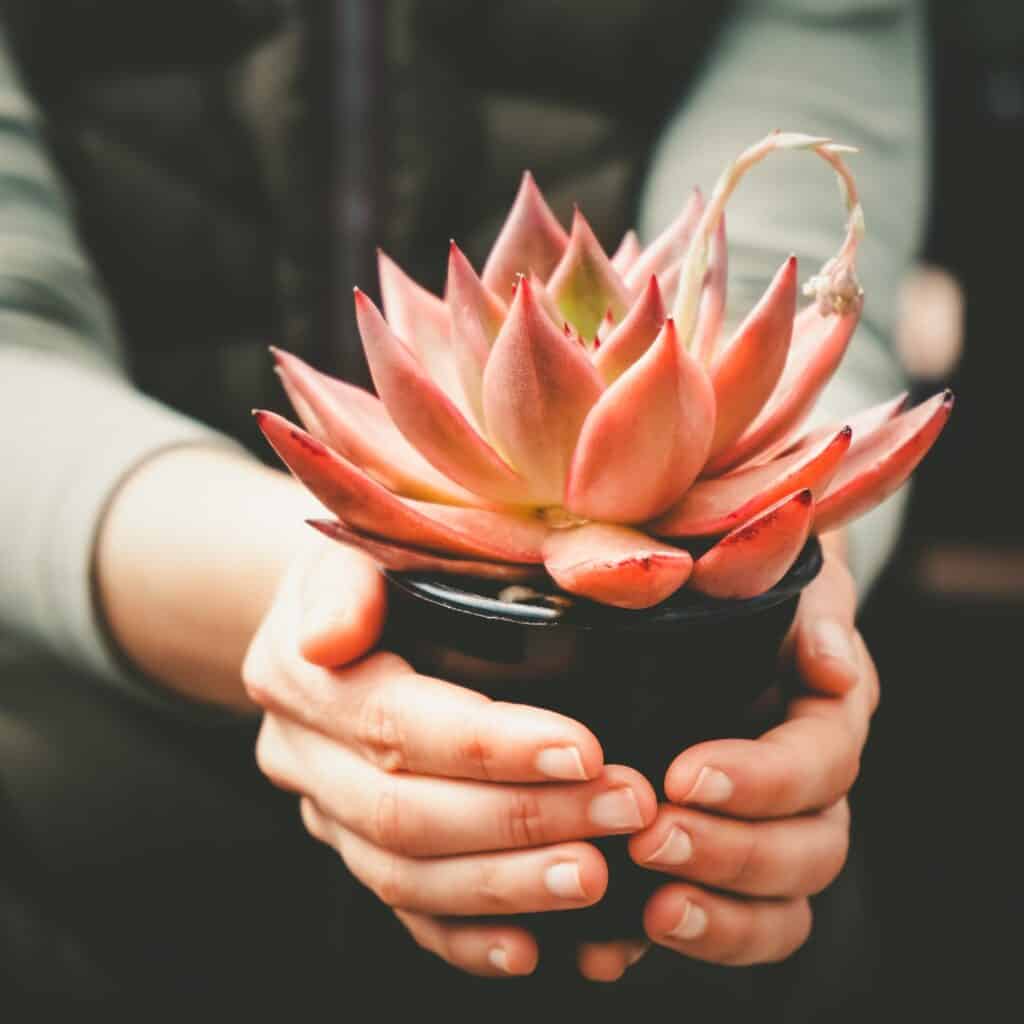
Related: How to Propagate Succulents
Sedum
Sedum is a large genus of fast-growing succulents that come in various sizes. Look for thick, fleshy leaves that are often arranged in a rosette shape. The color of sedum leaves can vary from green to red, pink, or purple, and some types of sedum have variegated leaves with multiple colors on one plant. These plants are typically easy to care for, enjoy full sun, and make great additions to any succulent collection.
Some common species of sedum include:
-Sedum rubrotinctum ‘jelly beans’
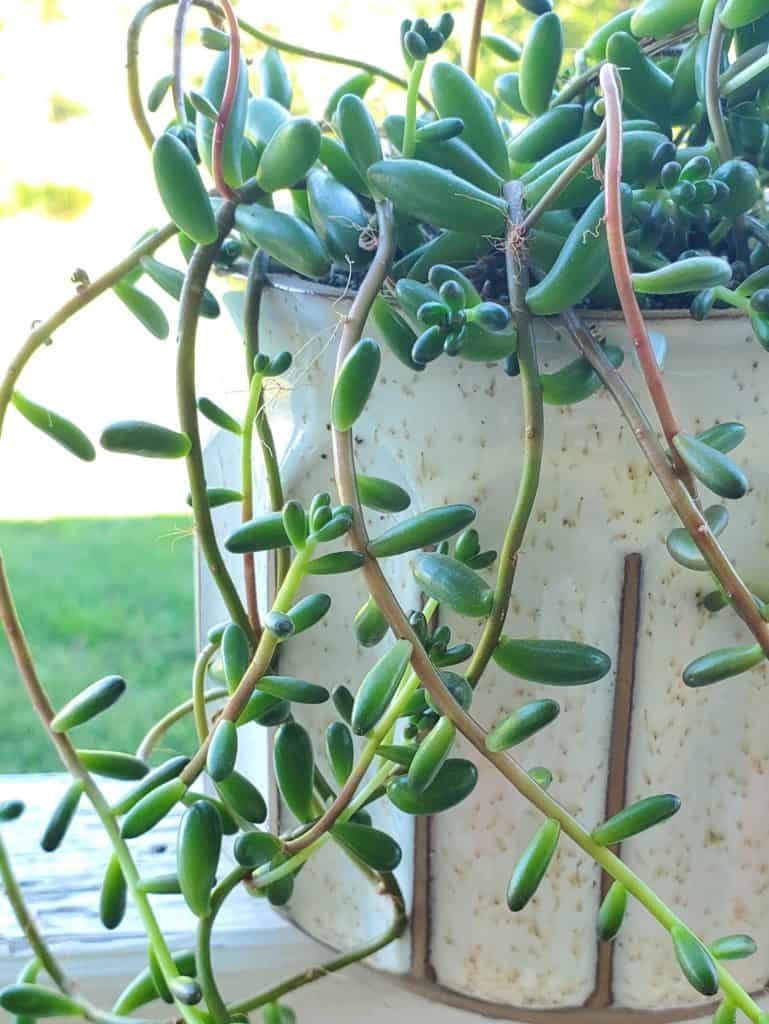
-Sedum rubrotinctum ‘aurora’
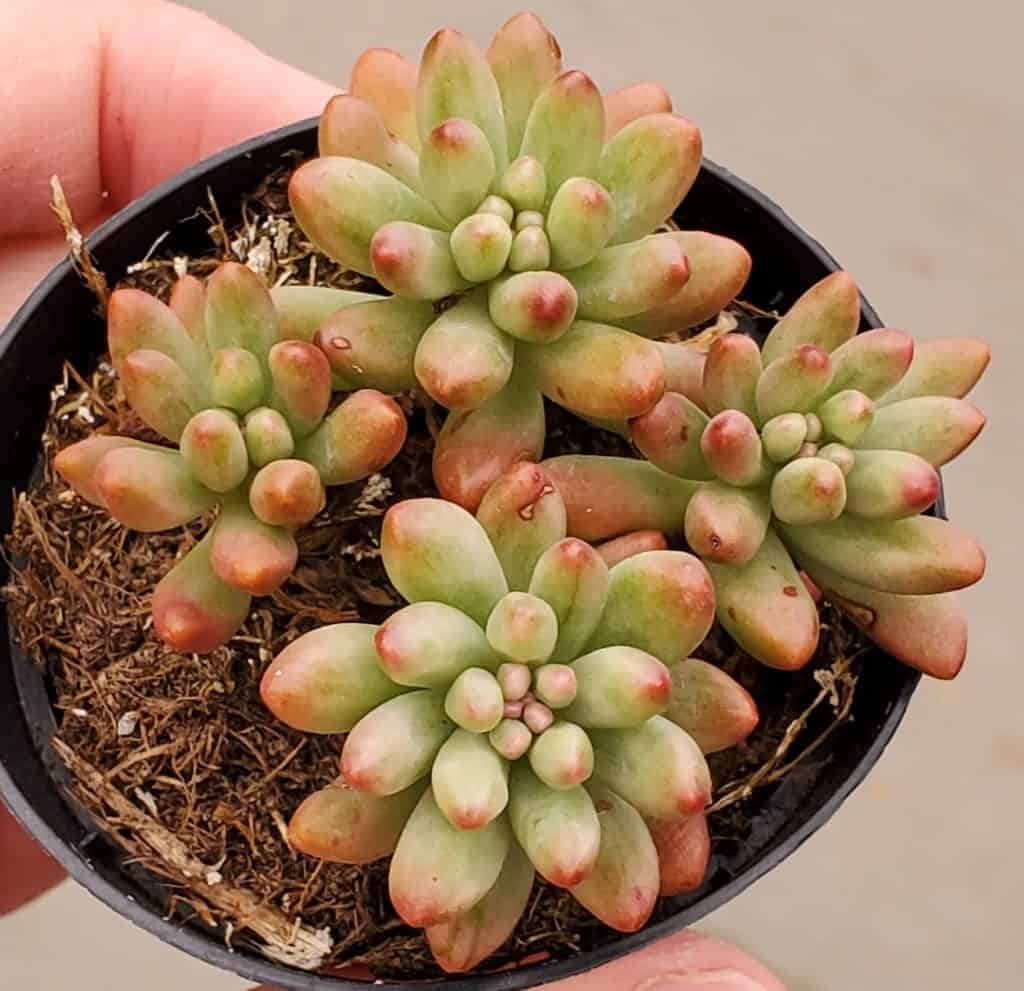
-Sedum spurium ‘voodoo’
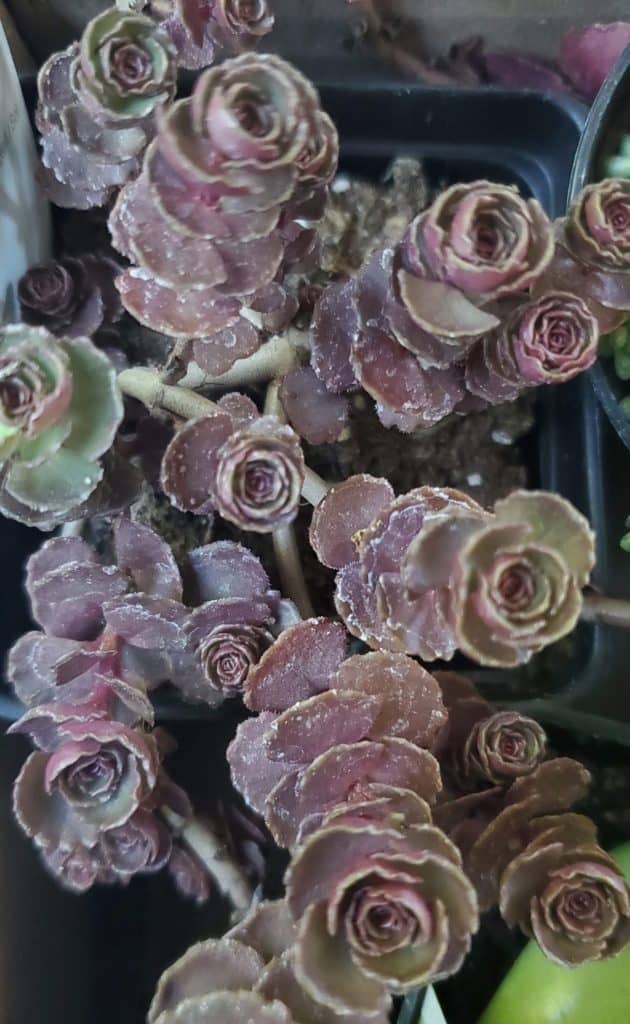
-Sedum adolphii ‘firestorm’
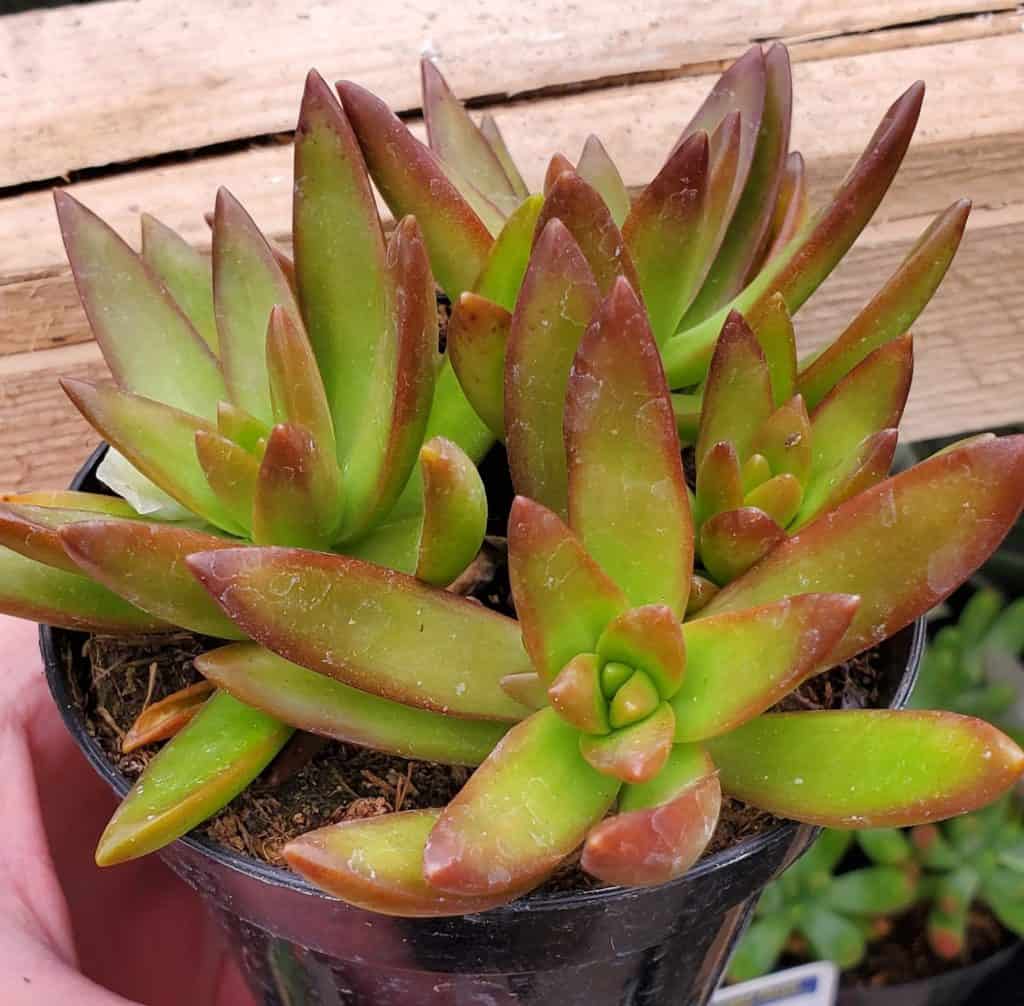
-Sedum ‘lime gold’
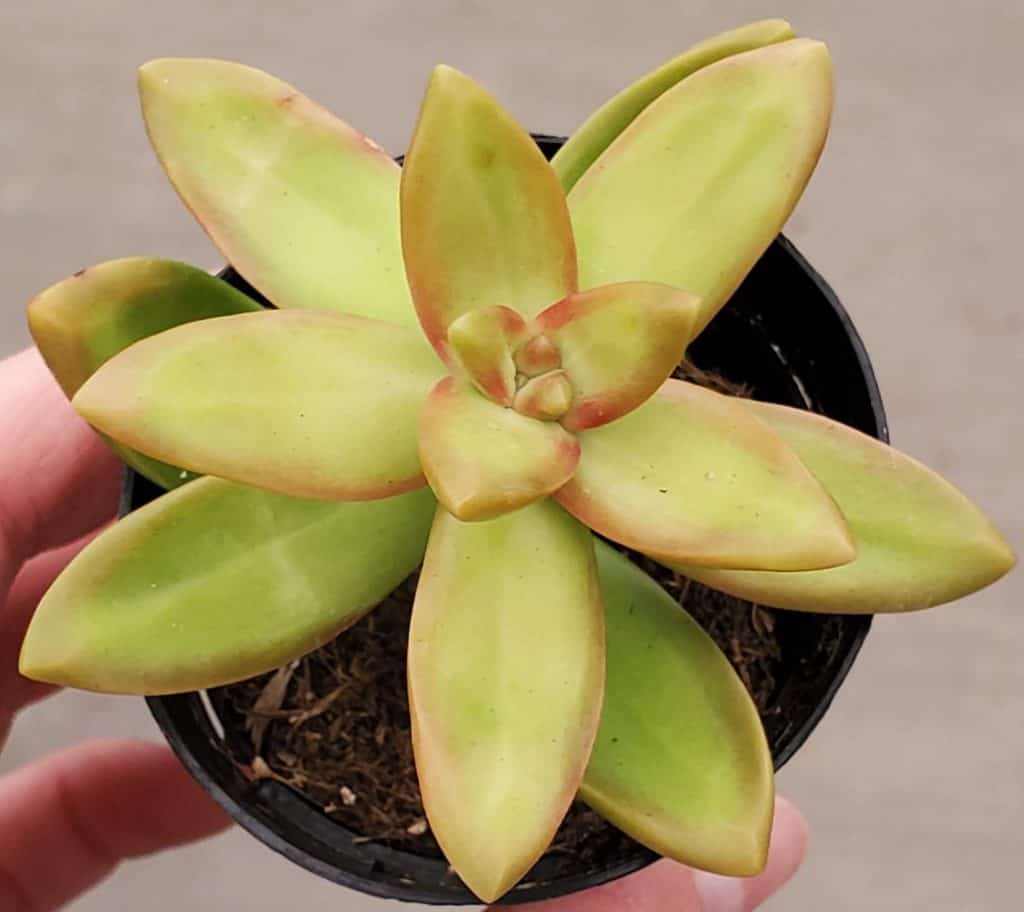
-Sedum morganianum ‘burro’s tail’
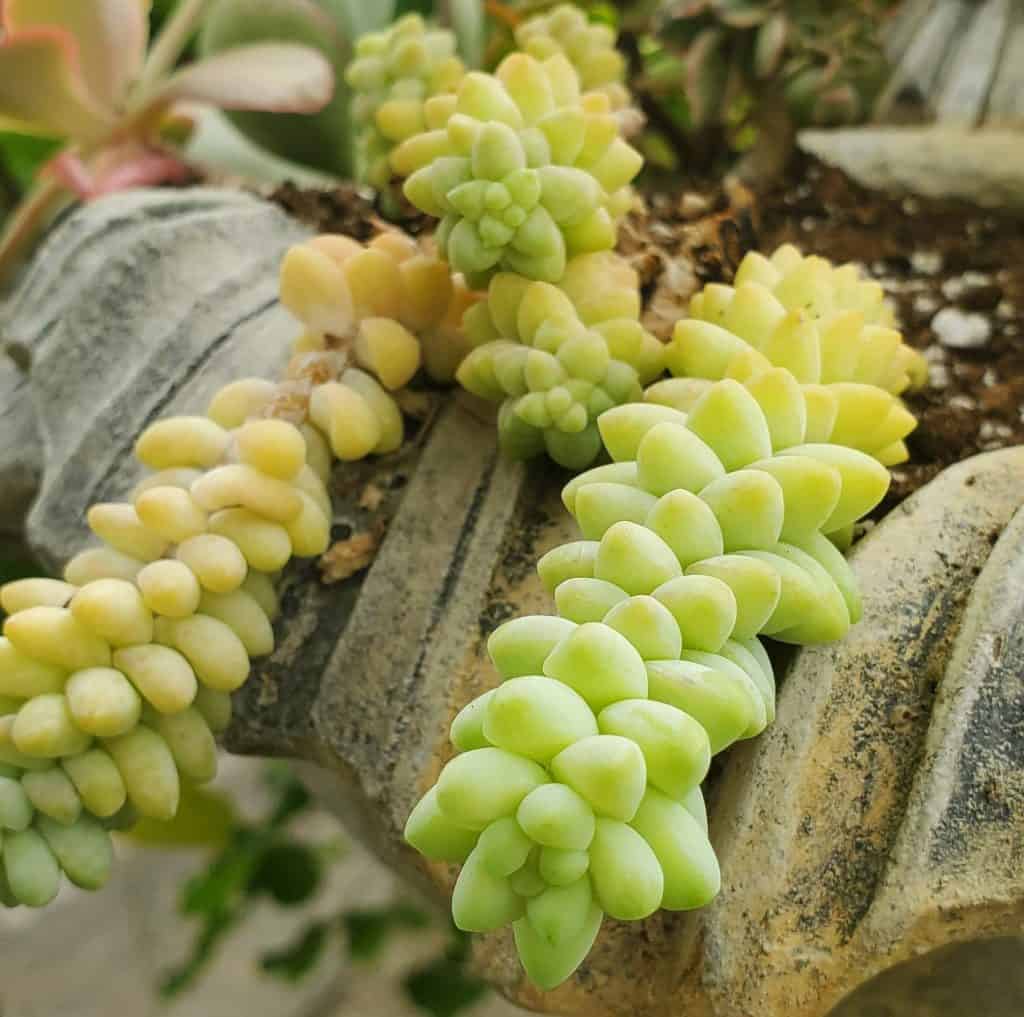
-Sedum morganianum ‘donkey’s tail’
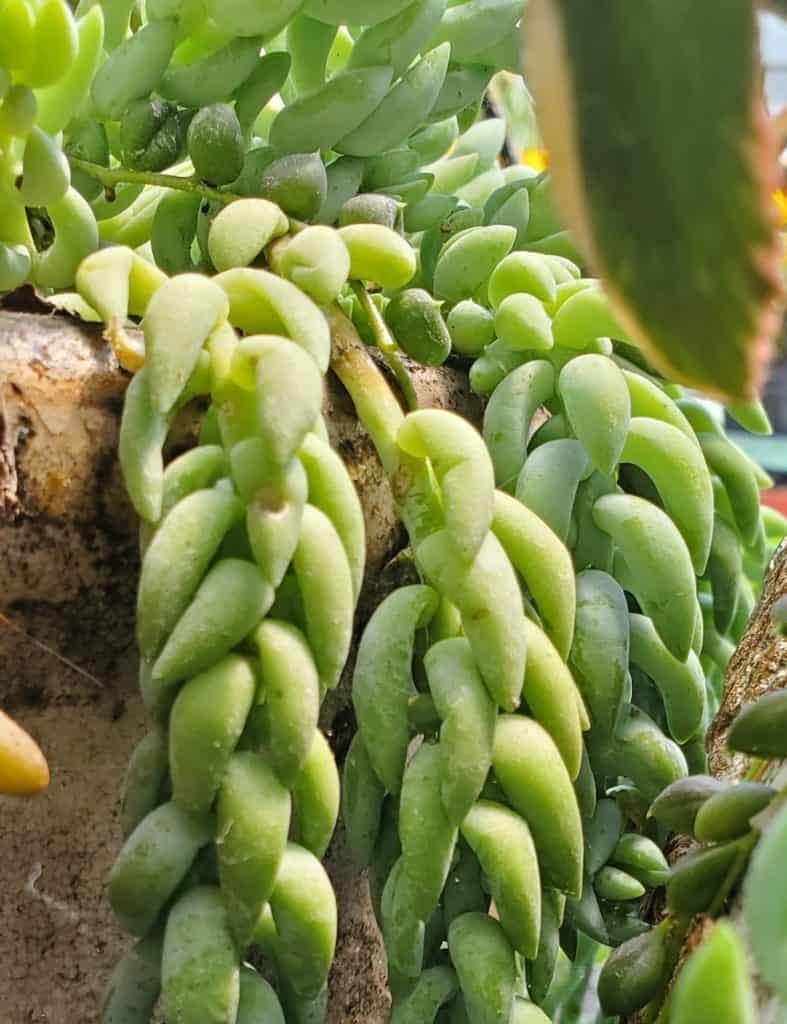
-Sedum takesimense ‘atlantis’
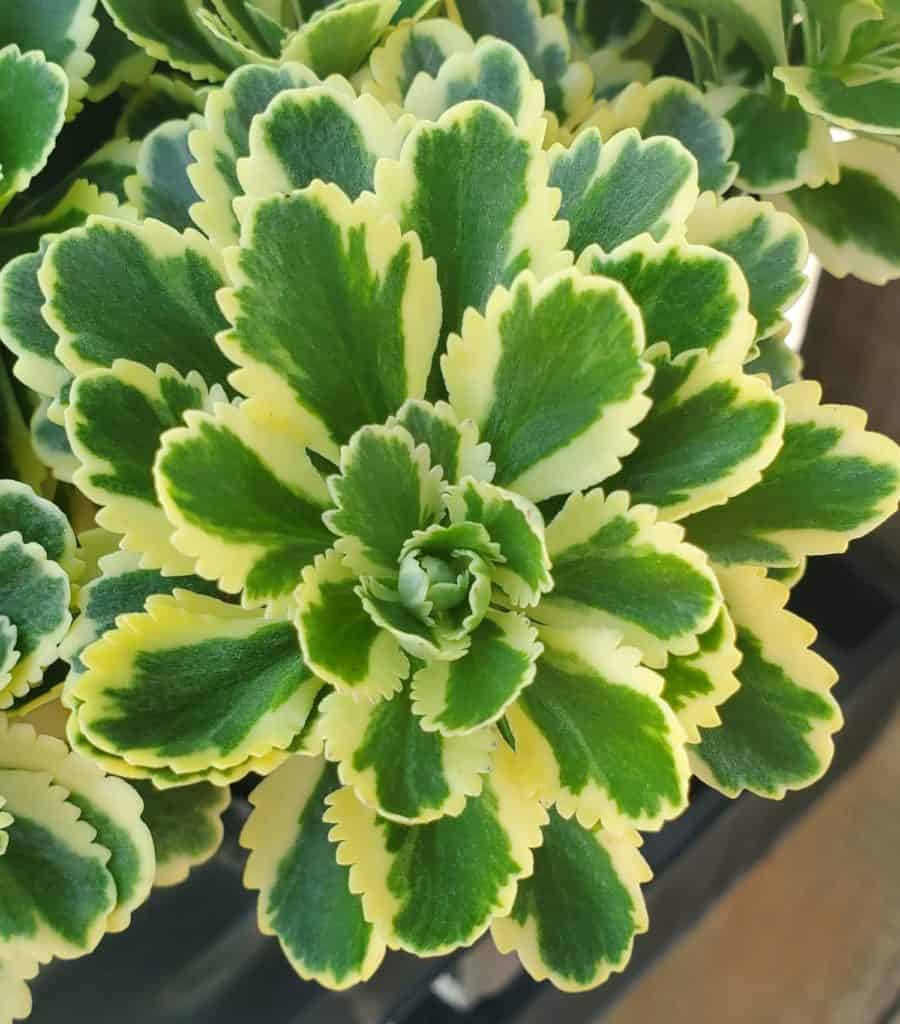
-Sedum makinoi ‘variegatum’
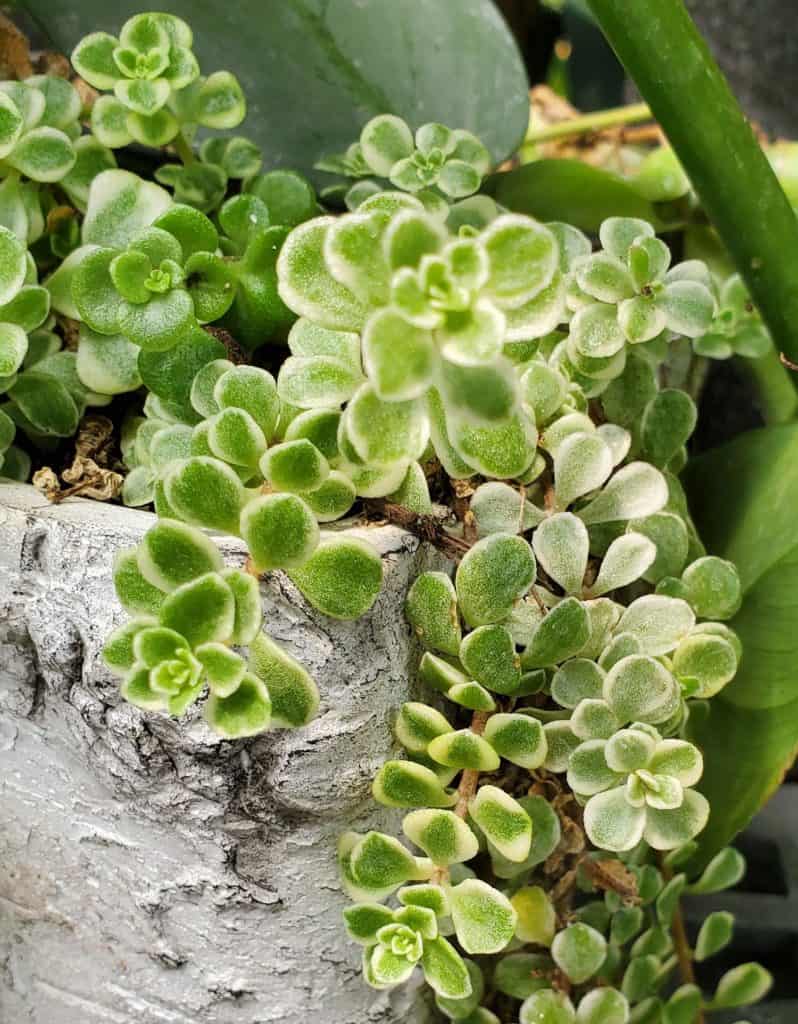
-Sedum dasyphyllum ‘major’ (corsican stonecrop)
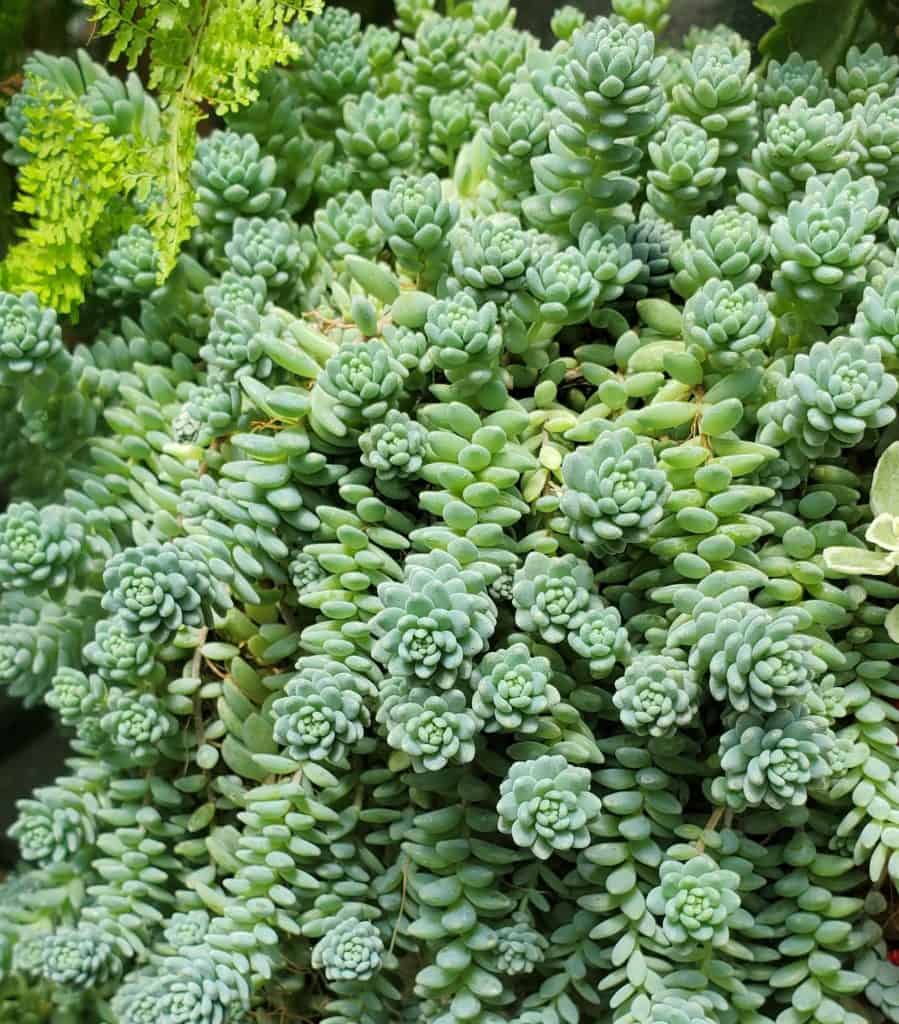
Related: How to Make a Succulent Soil Potting Mix
Aloe
You’ve probably heard of aloe vera before, but did you know that this plant is actually a succulent? Aloes are characterized by their fleshy, triangular-shaped leaves which store water. Some species have smooth leaves, while others have sharp spikes. These plants are native to Africa but can be found all over the world as houseplants.
Some common species of aloe include:
-Aloe vera ‘barbados aloe’
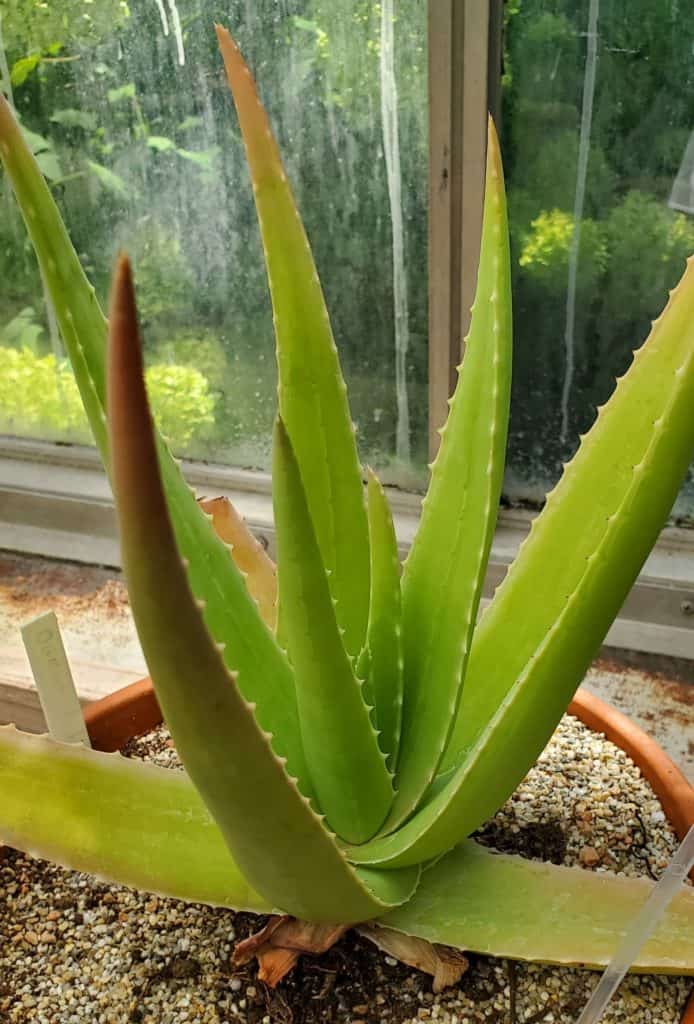
-Aloe polyphylla ‘spiral aloe’
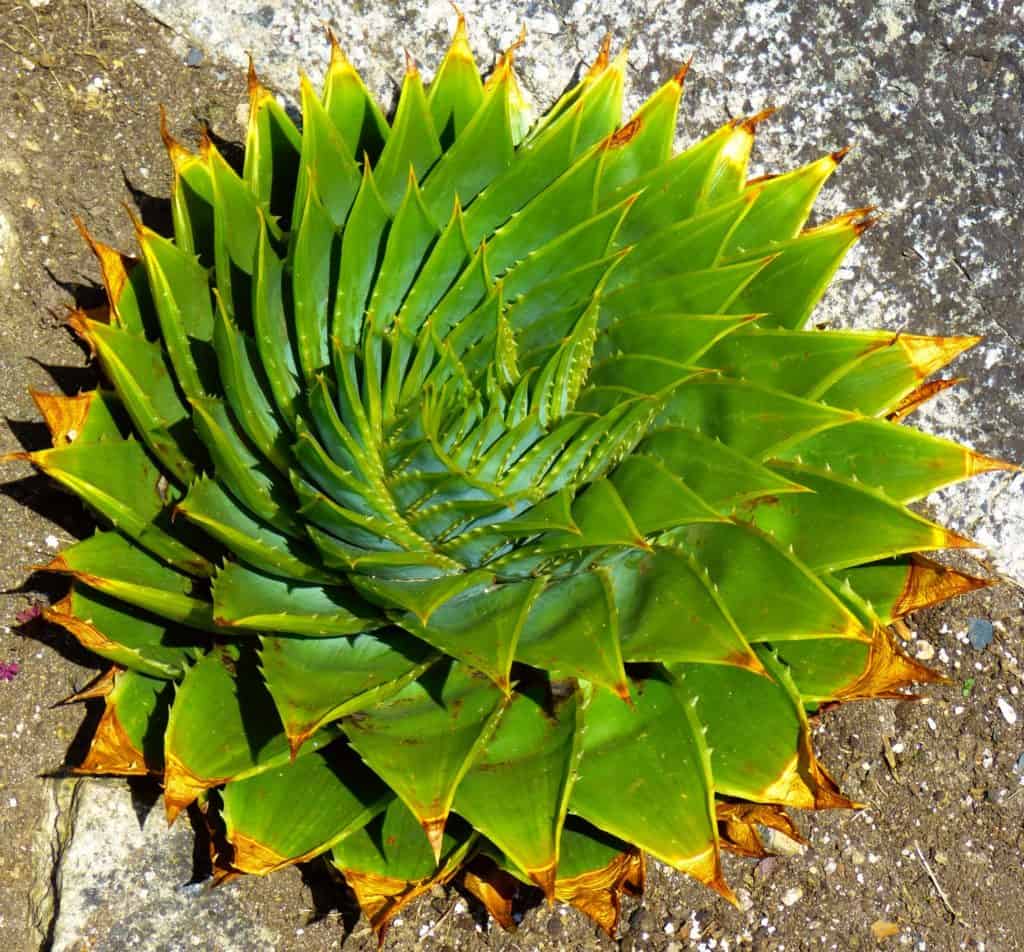
-Aloe ‘angelo’
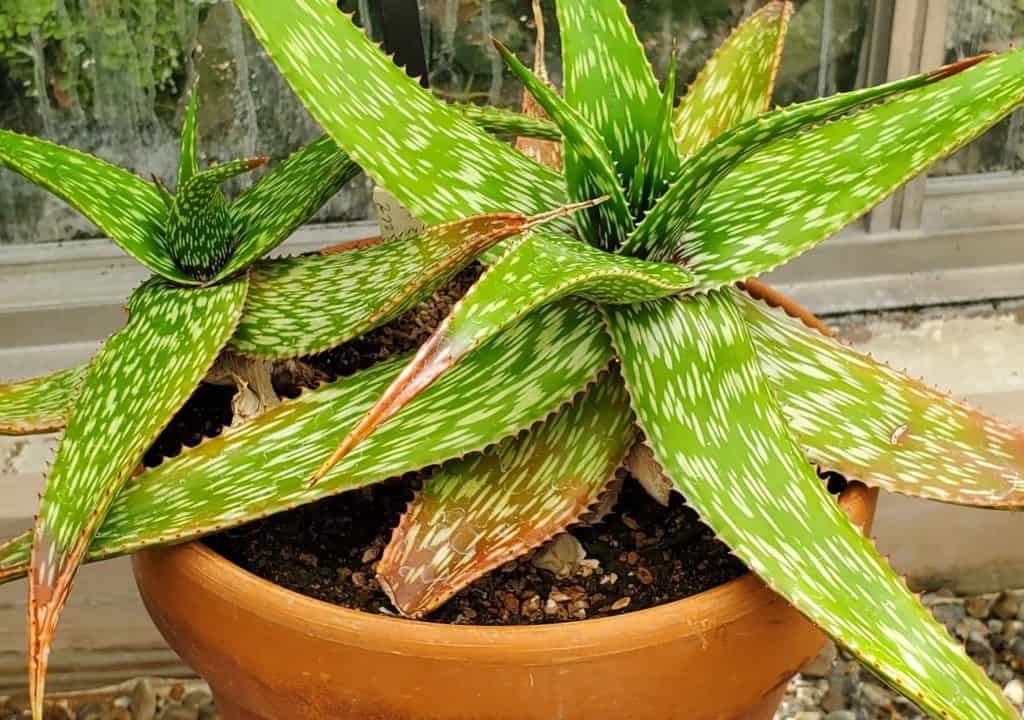
-Aloe aristata ‘lace aloe’
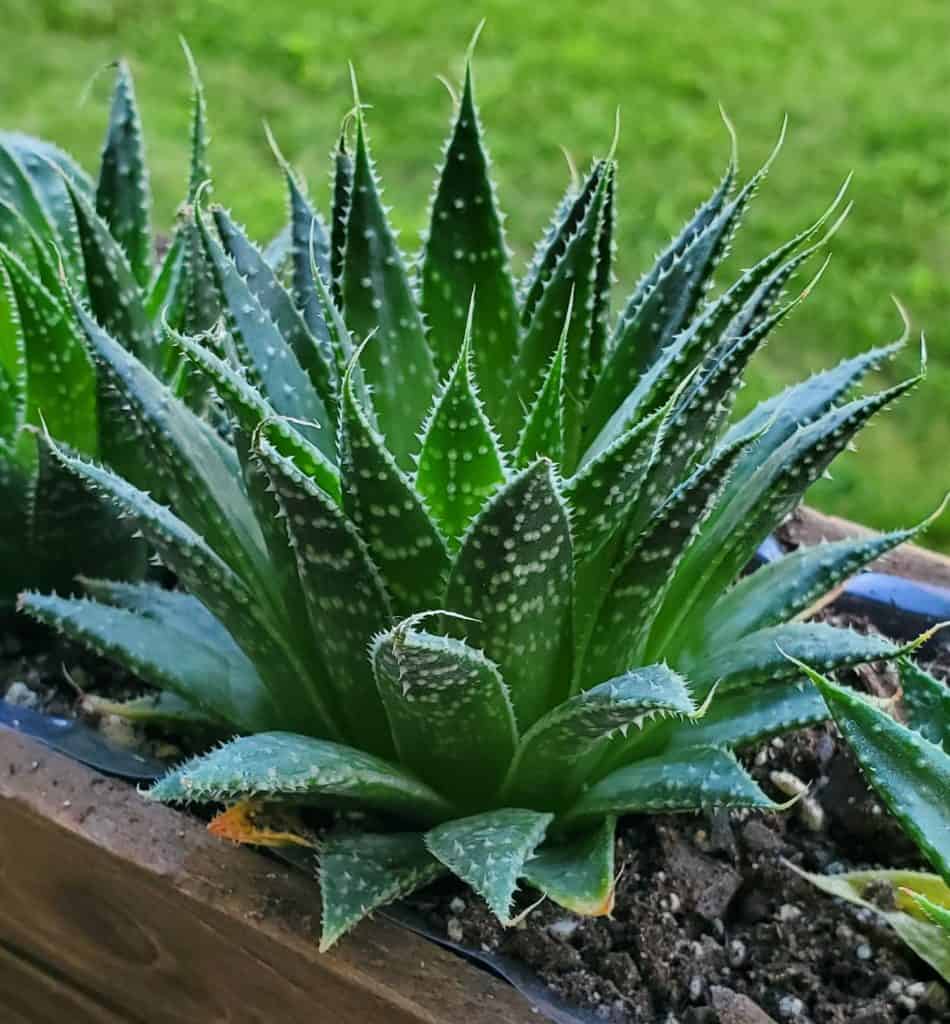
-Aloe rauhii ‘snowflake aloe’
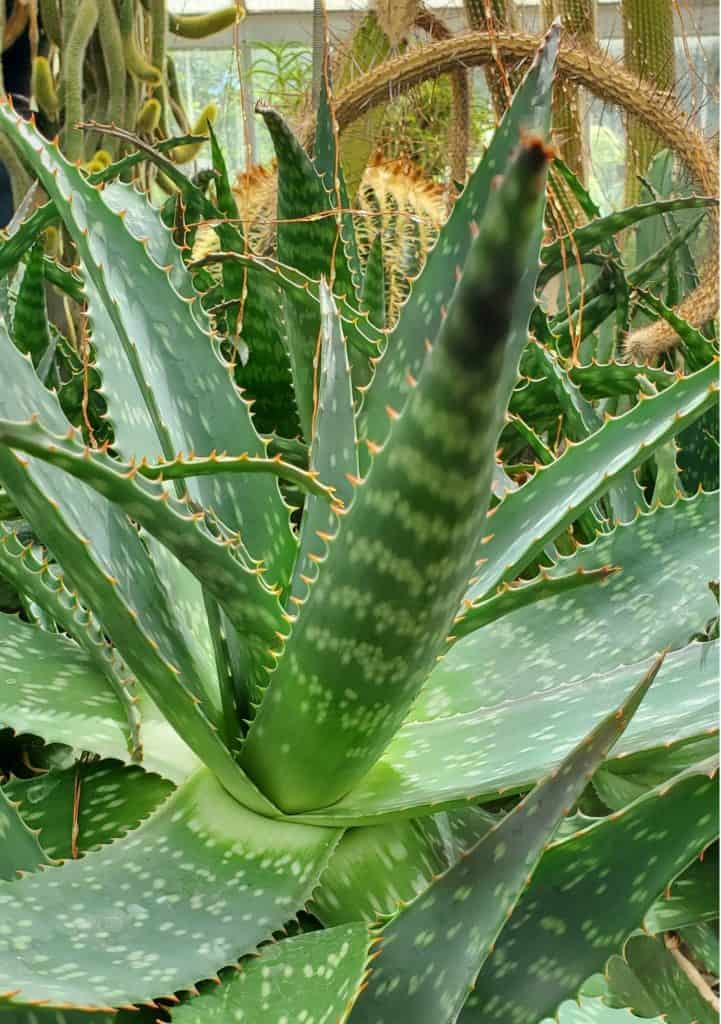
-Aloe ‘delta lights’
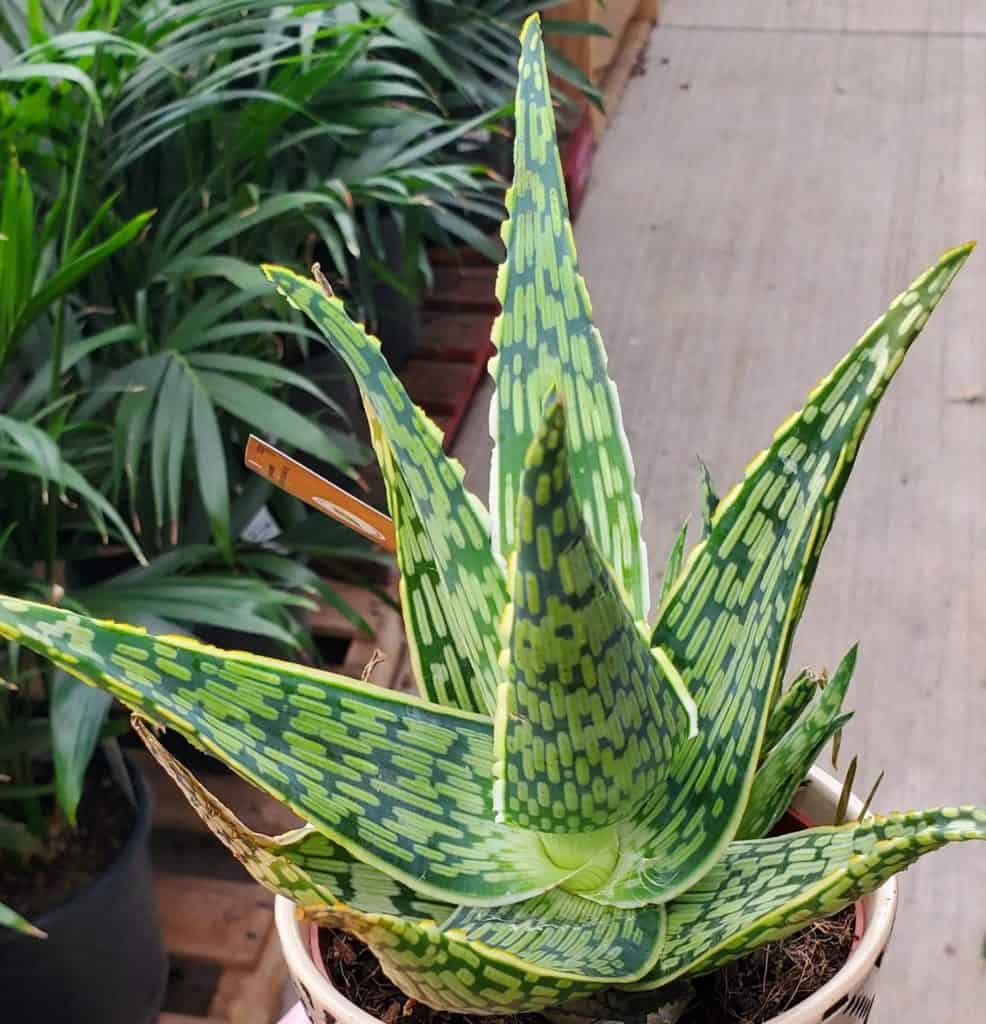
-Aloe juvenna ‘tiger tooth aloe’
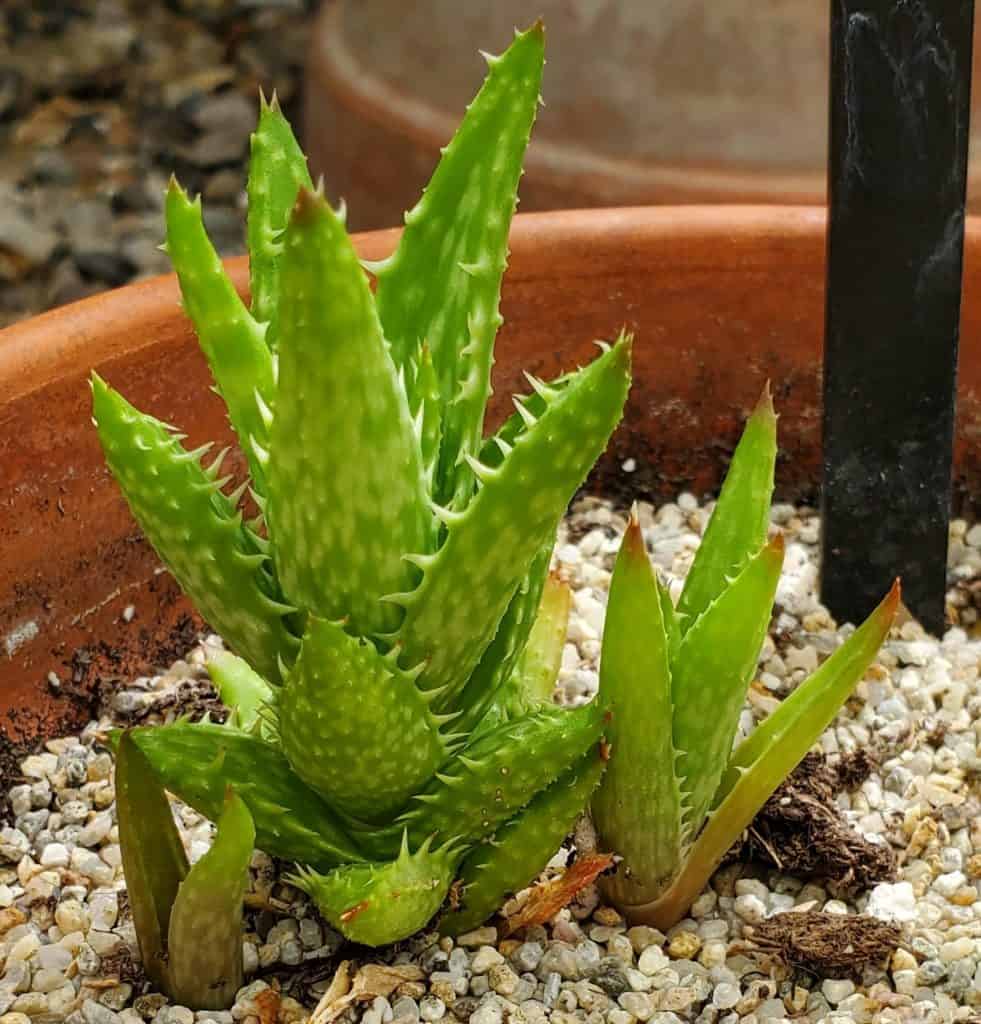
-Aloe humilis ‘spider aloe’
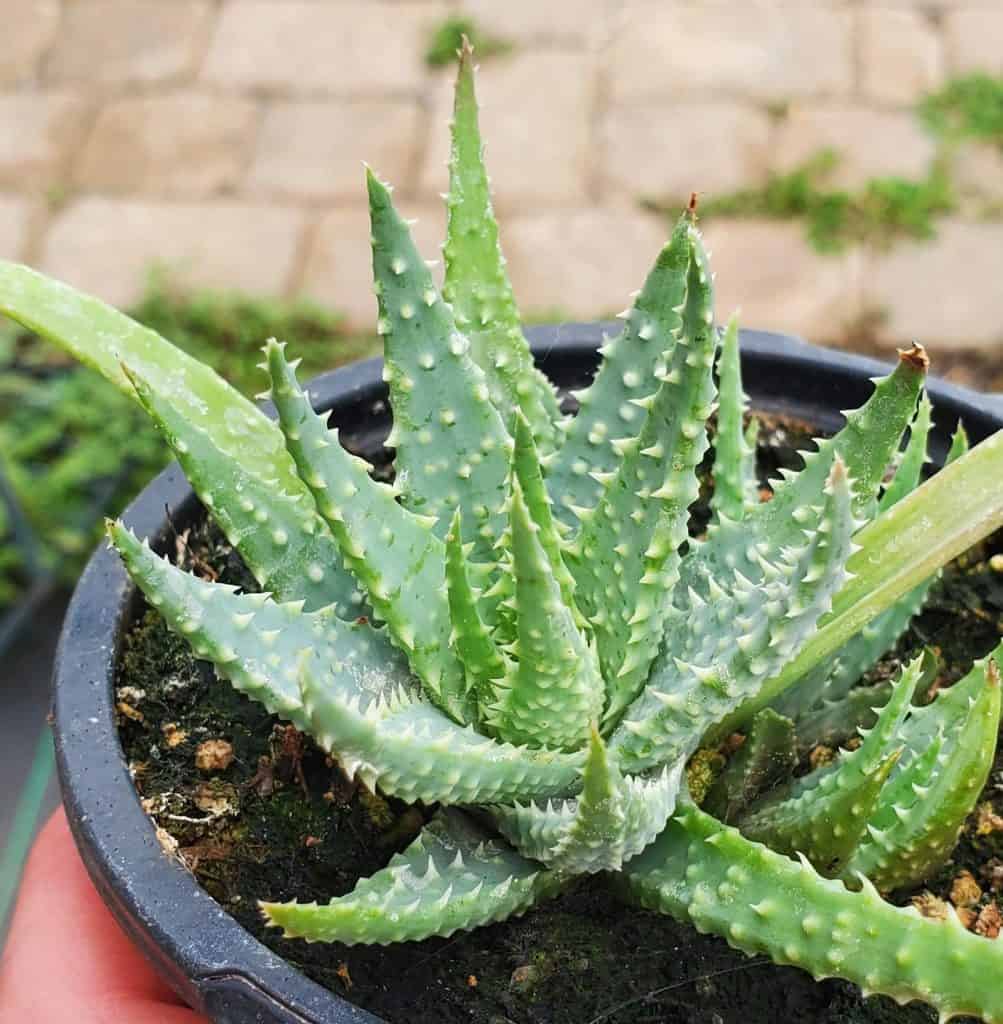
-Aloe variegata ‘partridge breast aloe’
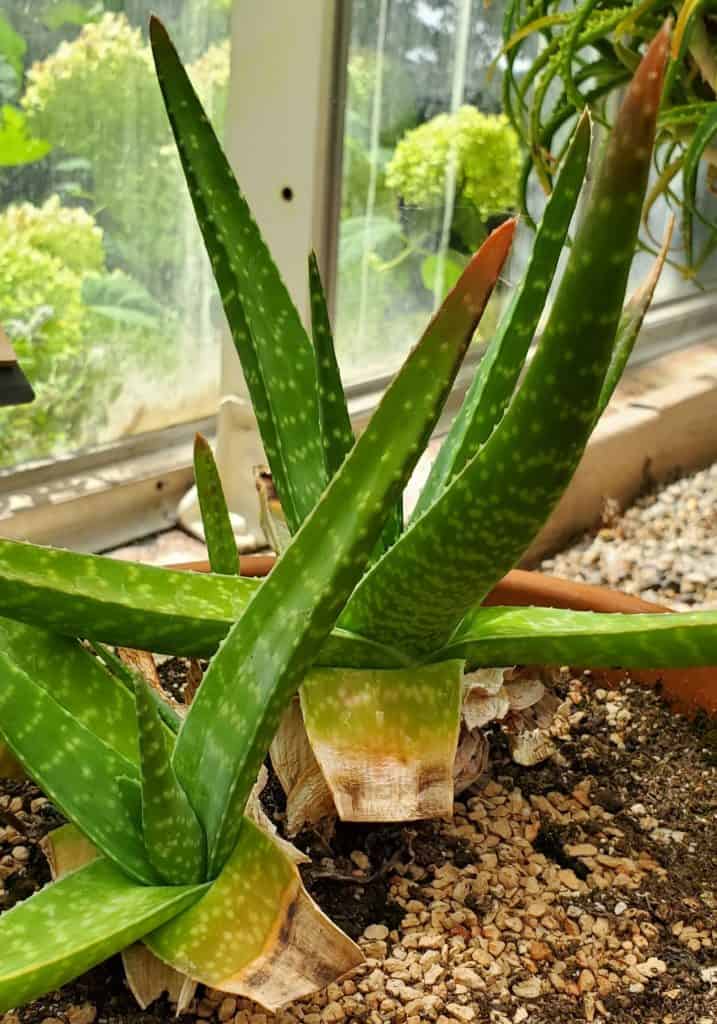
-Aloe maculata (soap aloe)
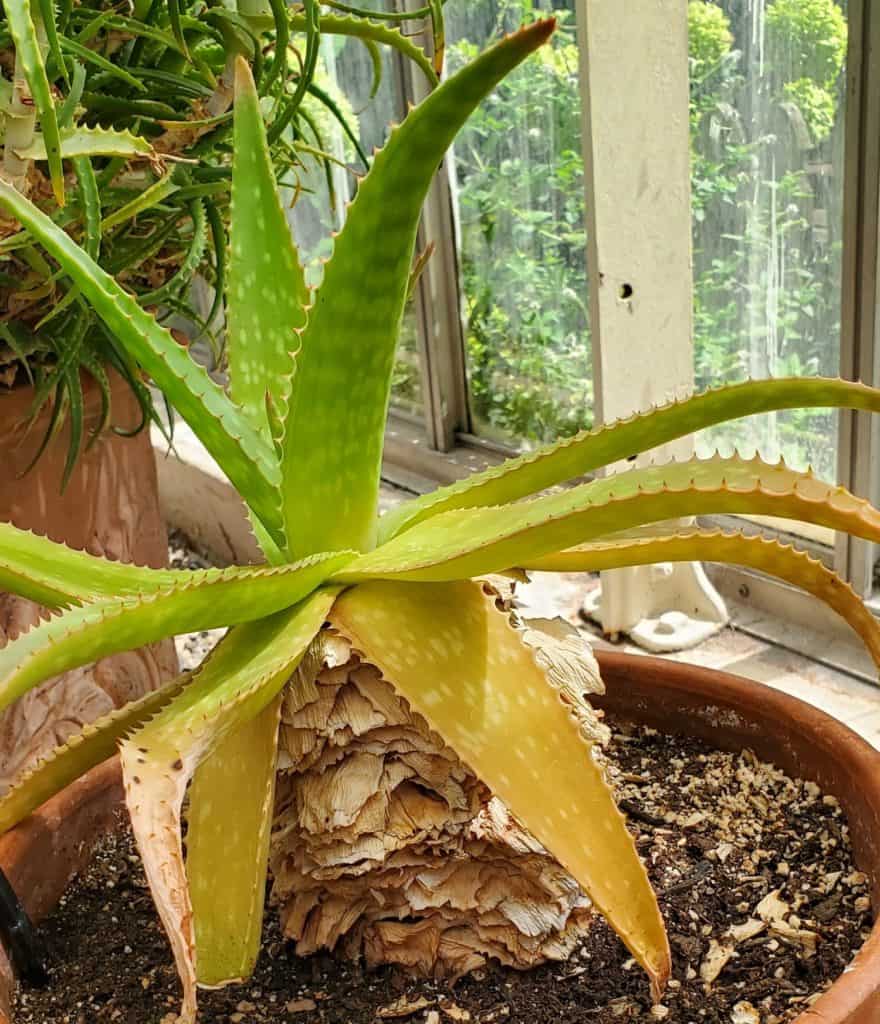
-Aloe ‘white stag’
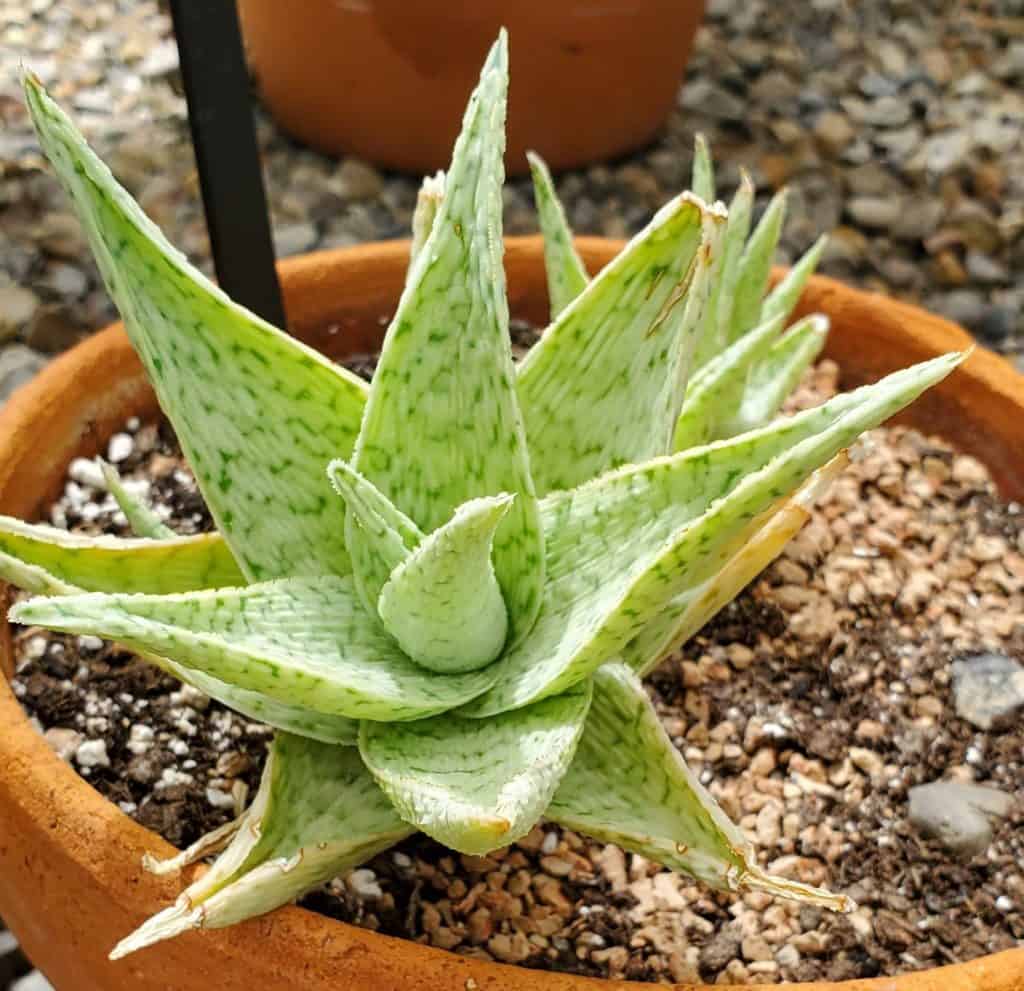
-Aloe ‘marco’
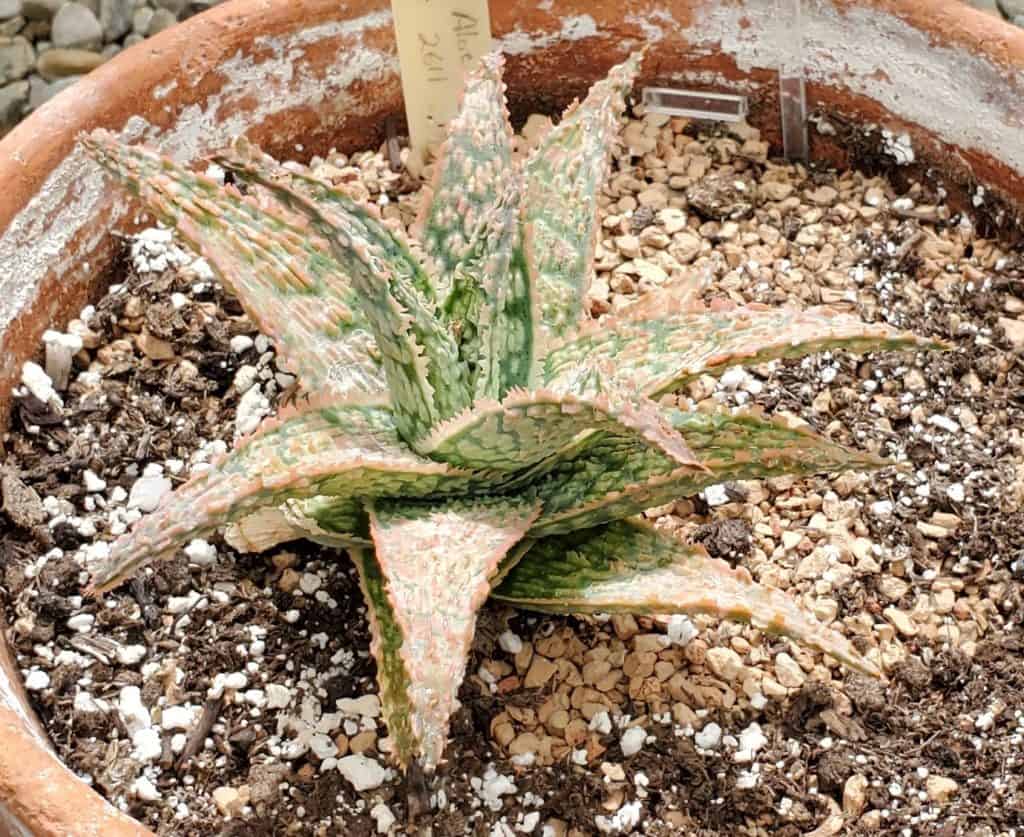
-Aloe arborescens ‘candelabra aloe’
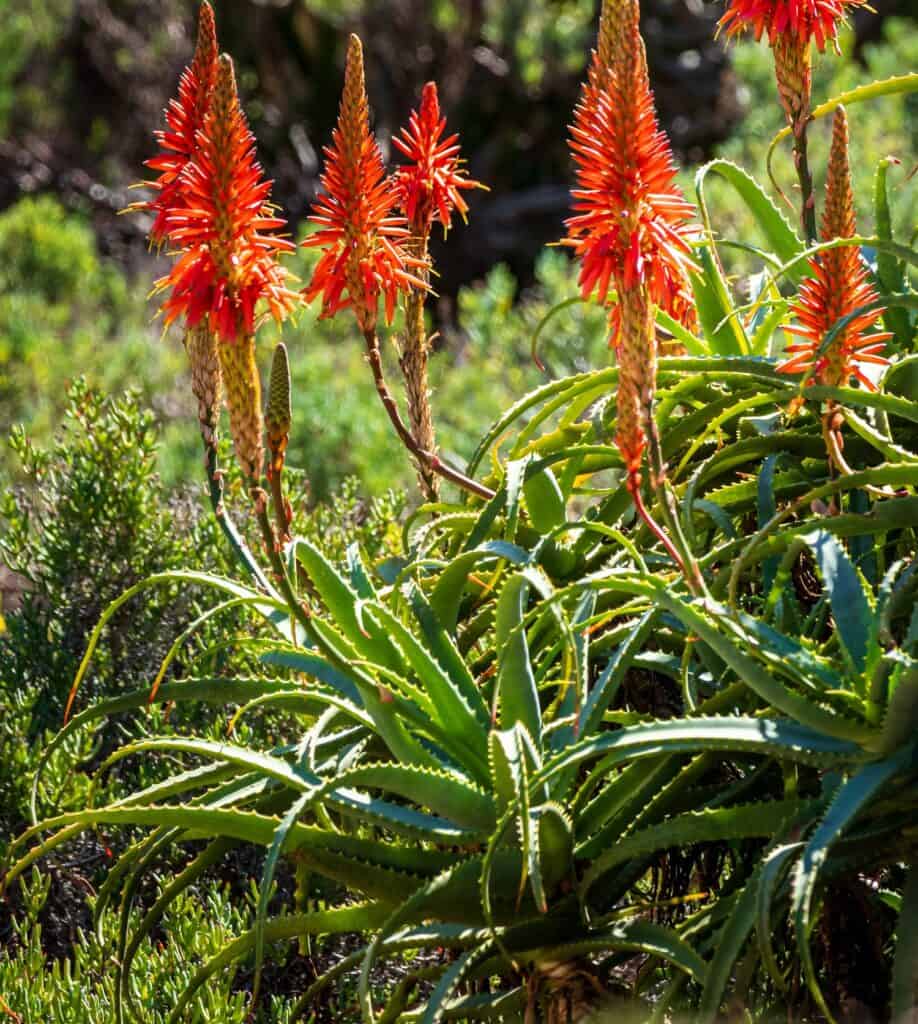
-Aloe plicatilis ‘fan aloe’
Related: How to Grow Succulents Inside
Agave
Agaves are a type of succulent that is often mistaken for cacti. These plants have thick, fleshy leaves that store water and their size and shapes can vary drastically between species. Some agaves have smooth leaves while others are covered in spikes or teeth.
Some common species of agave include:
-Agave americana ‘century plant’
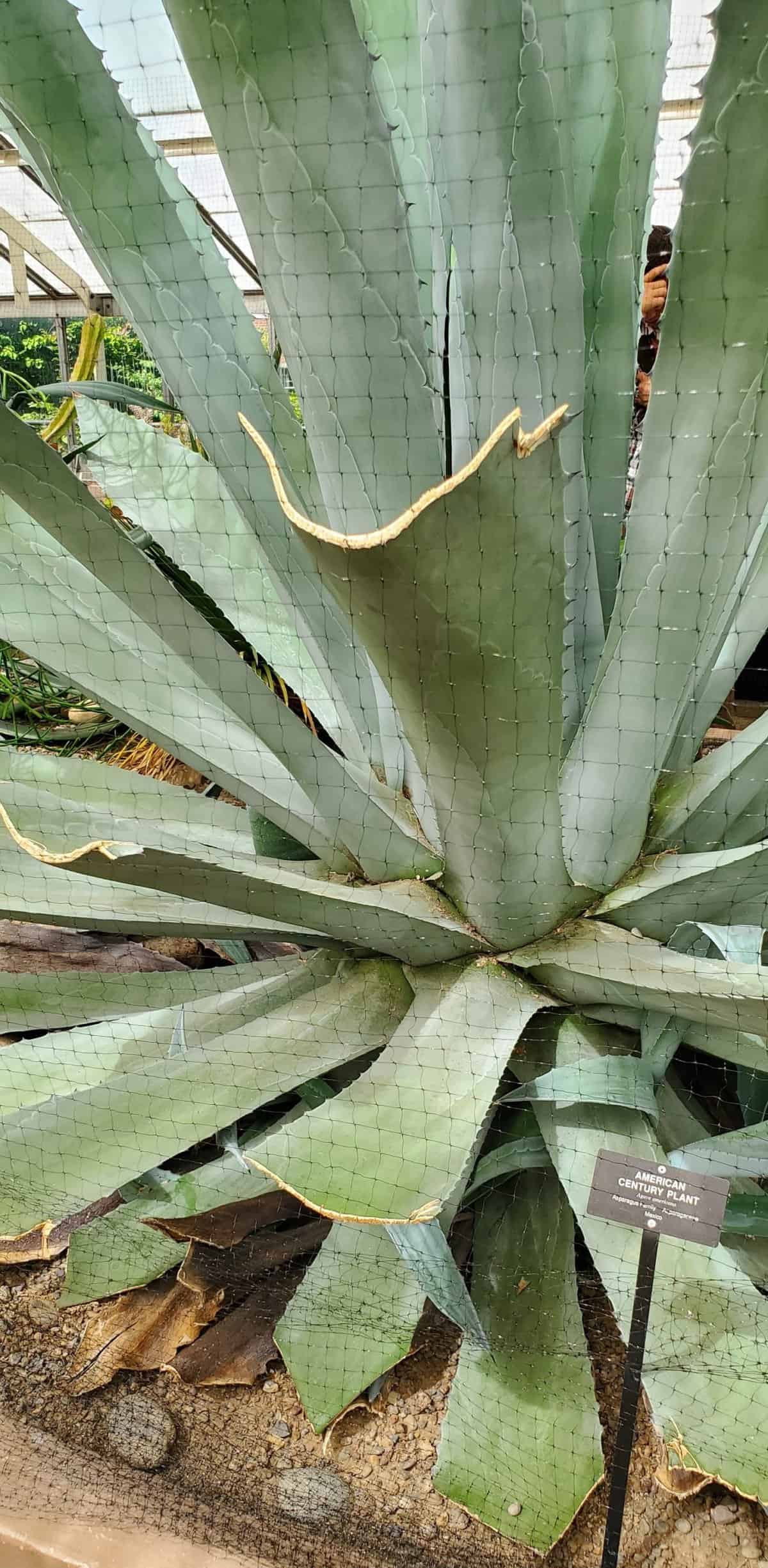
-Agave attenuate ‘fox tail agave’
-Agave tequilana ‘blue agave’
-Agave victoriae-reginae (Queen Victoria Agave)
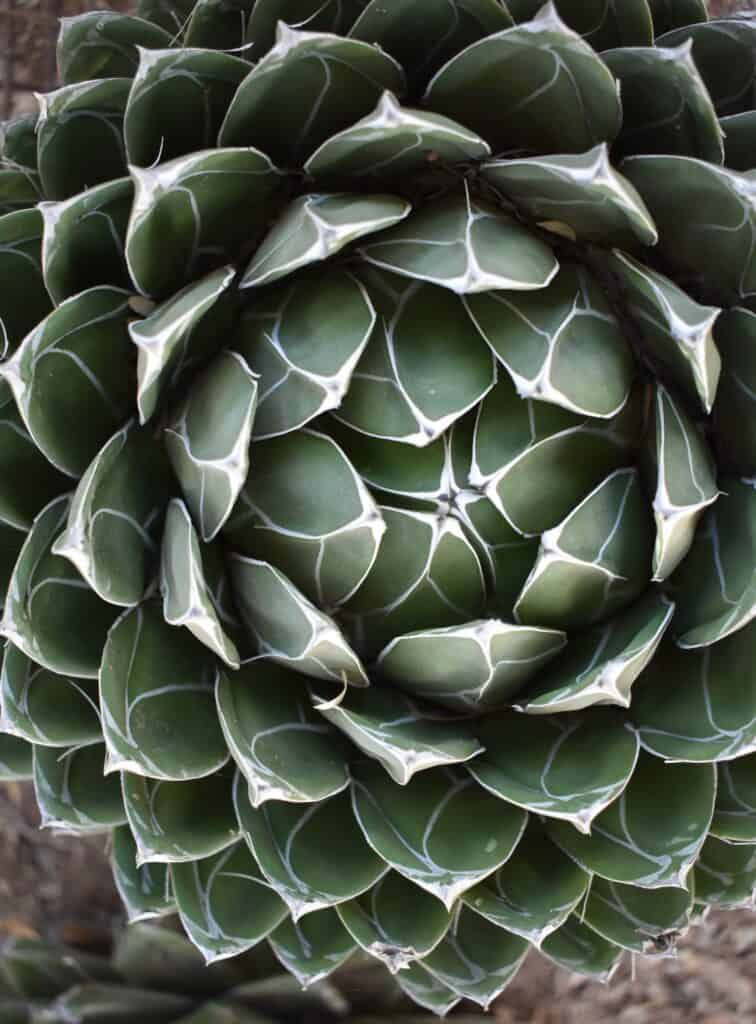
-Agave geminiflora ‘twin flower agave’
-Agave angustifolia ‘marginata’
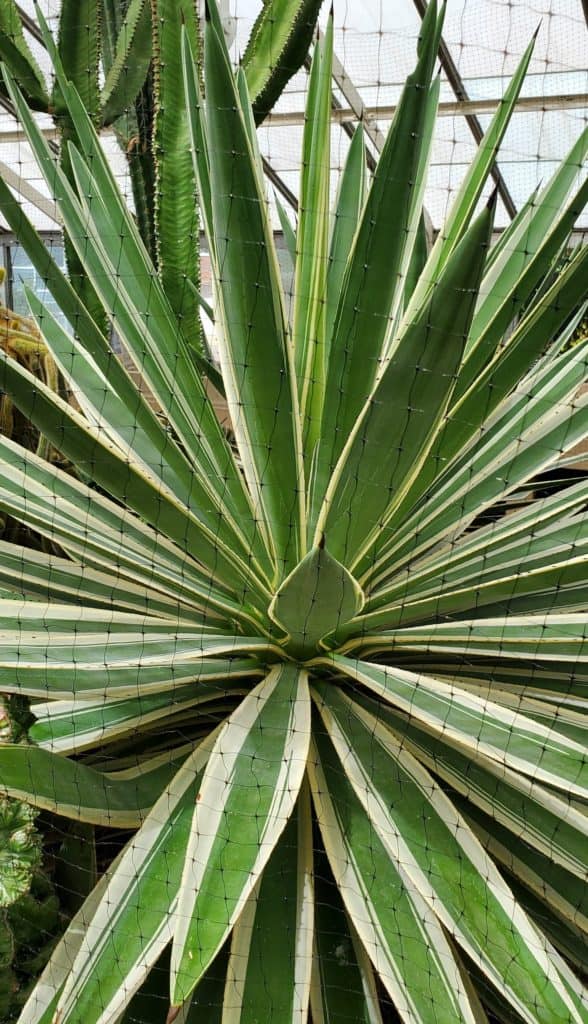
-Agave murpheyi ‘murphey’s agave’
-Agave parryi ‘parry’s agave’
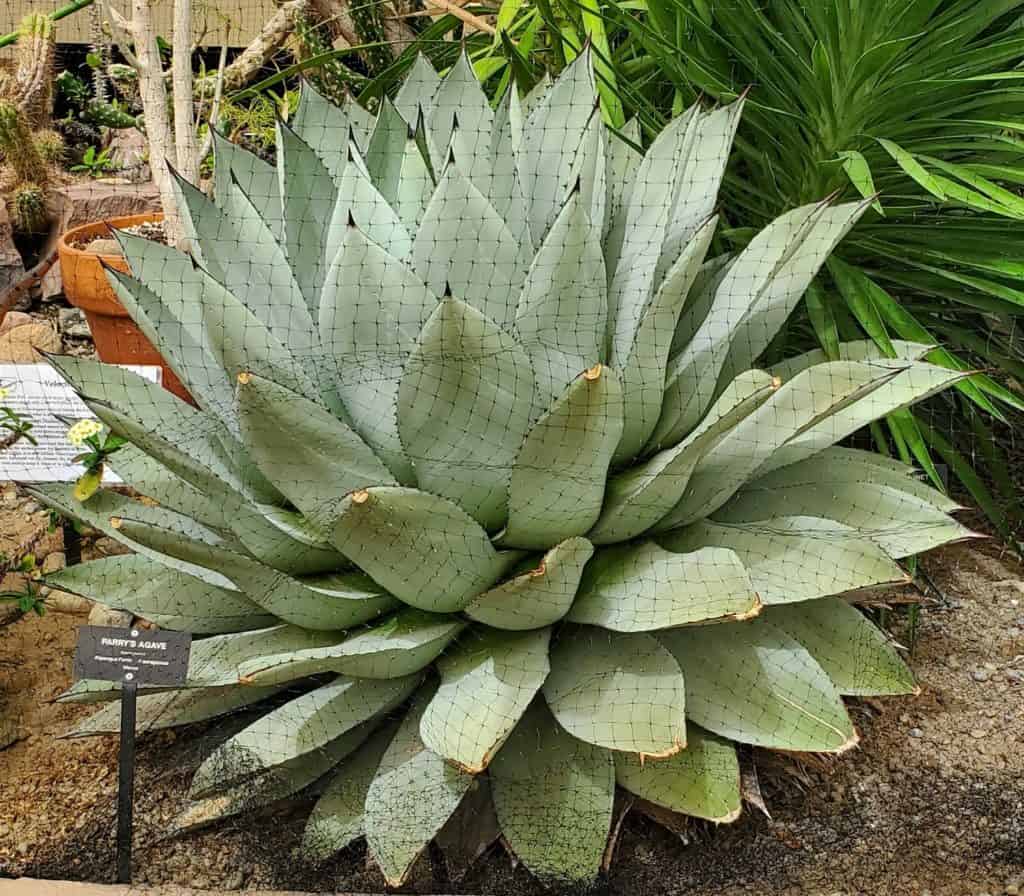
-Agave havardiana ‘Havard’s agave’
-Agave univittata ‘whirlwind agave’
-Agave univittata ‘McKelvey’s century plant’
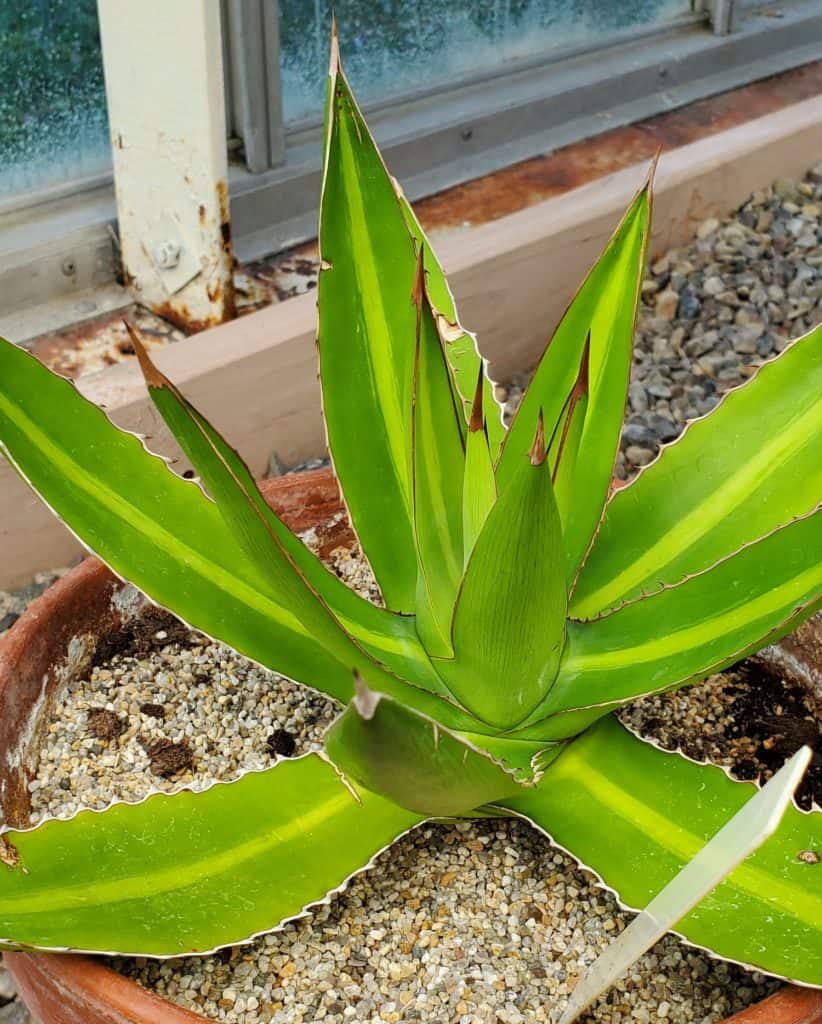
Aeonium
Aeoniums are a type of succulent that come in a variety of colors including green, pink, red, purple, and yellow. These plants are native to the Canary Islands and Africa and can be found all over the world as houseplants. Aeoniums are characterized by their rosette shape and often have variegated leaves with multiple colors on one plant.
Some common species of aeonium include:
-Aeonium haworthii ‘pinwheel’
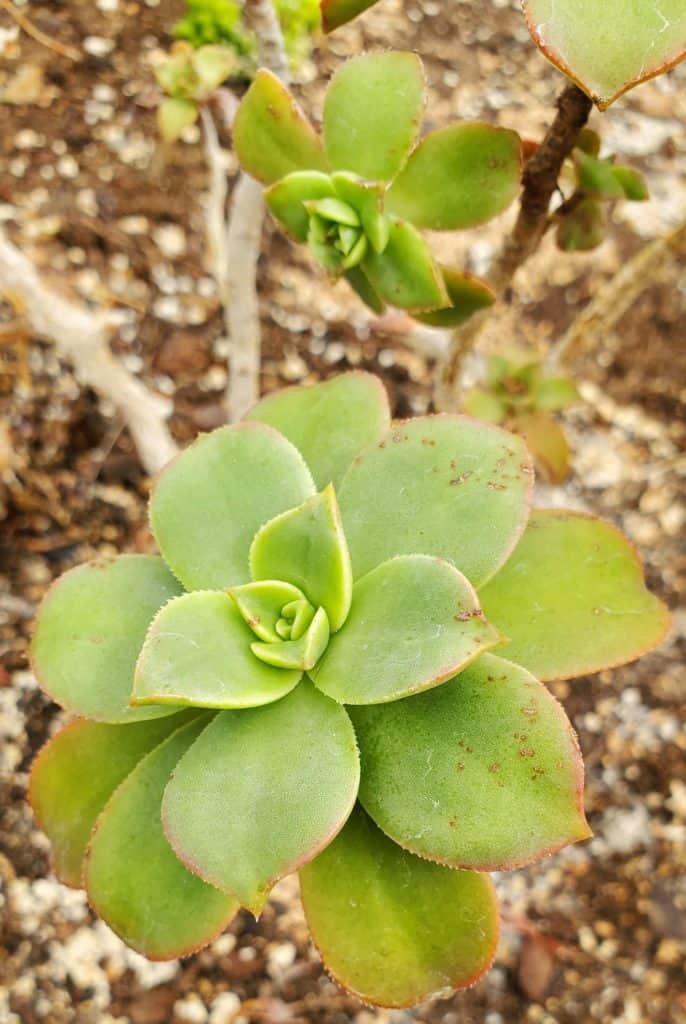
-Aeonium arboreum ‘zwartkop’
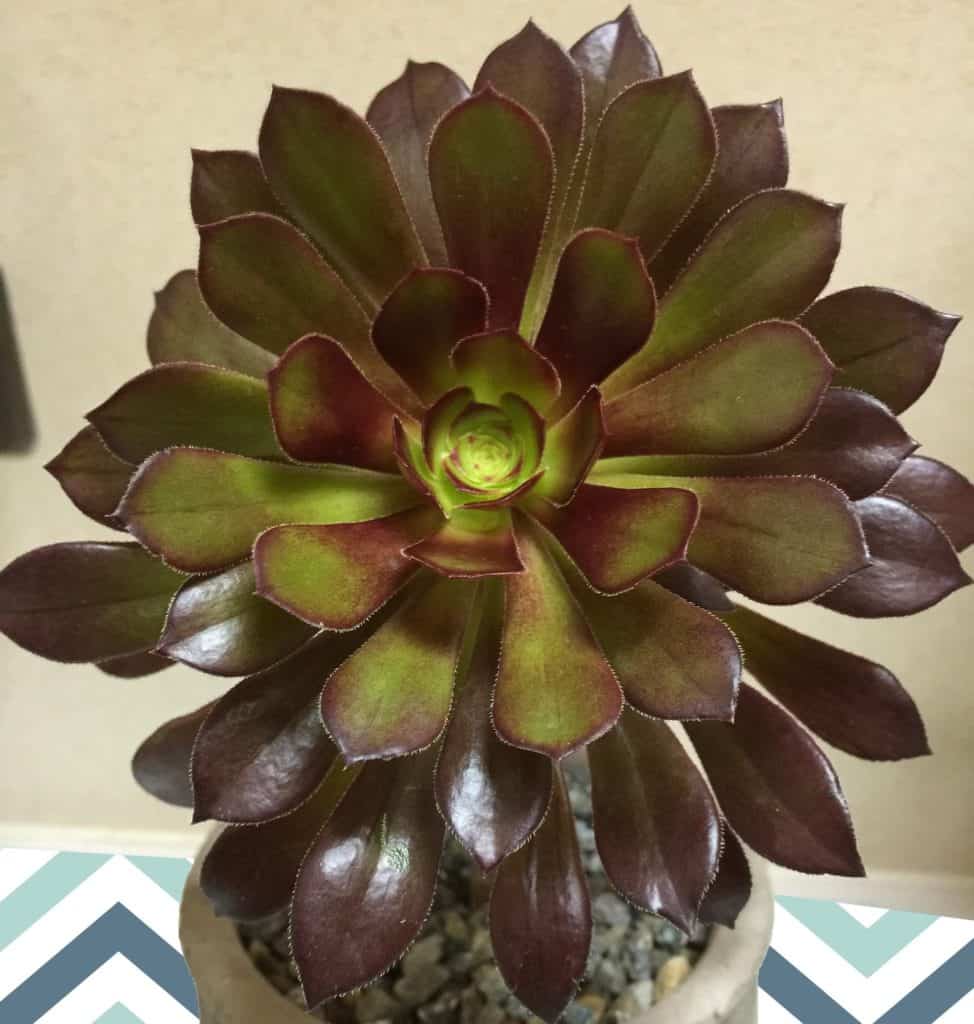
-Aeonium ‘Sunburst’
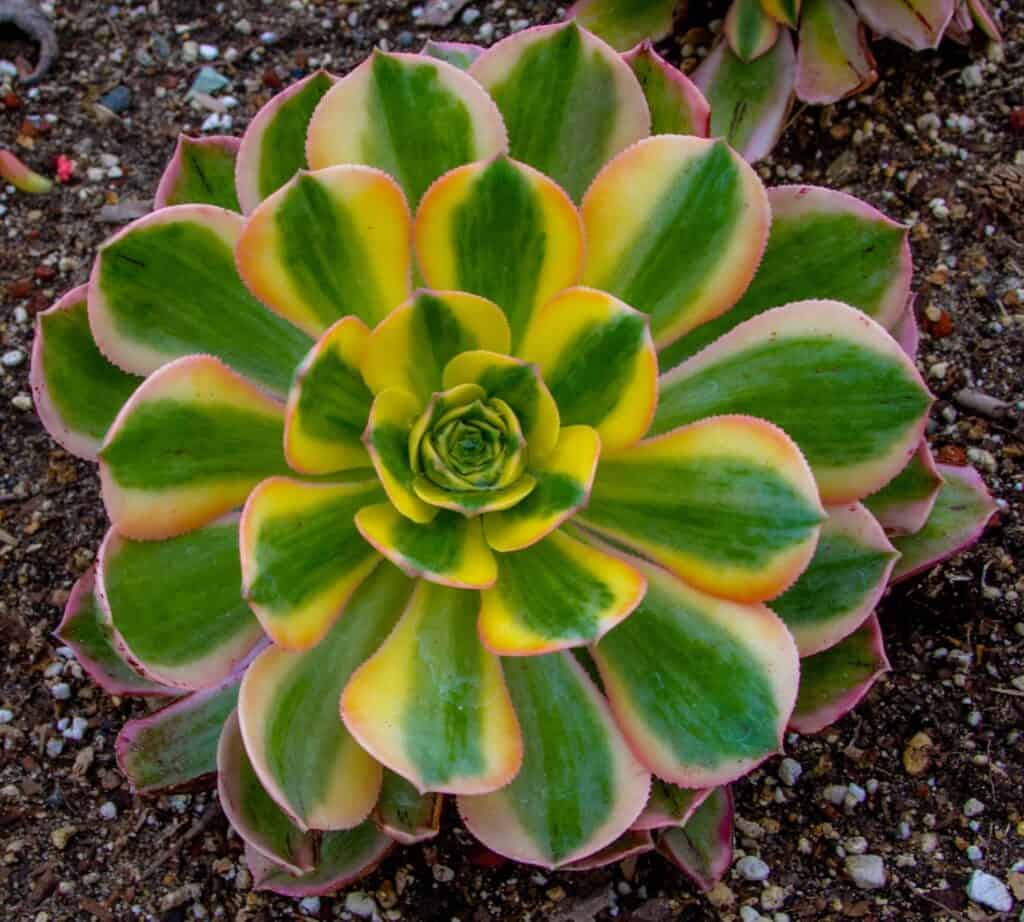
-Aeonium haworthii ‘kiwi’
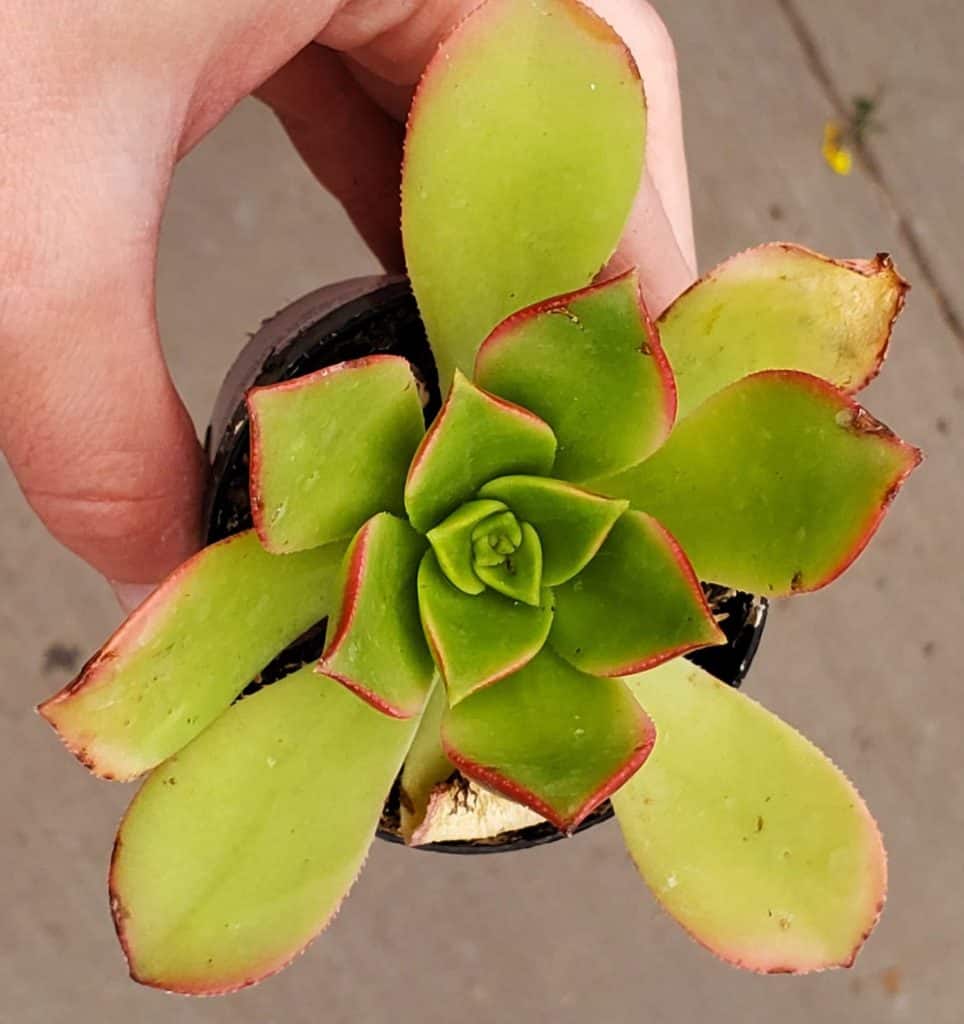
-Aeonium arboreum ‘tree aeonium’
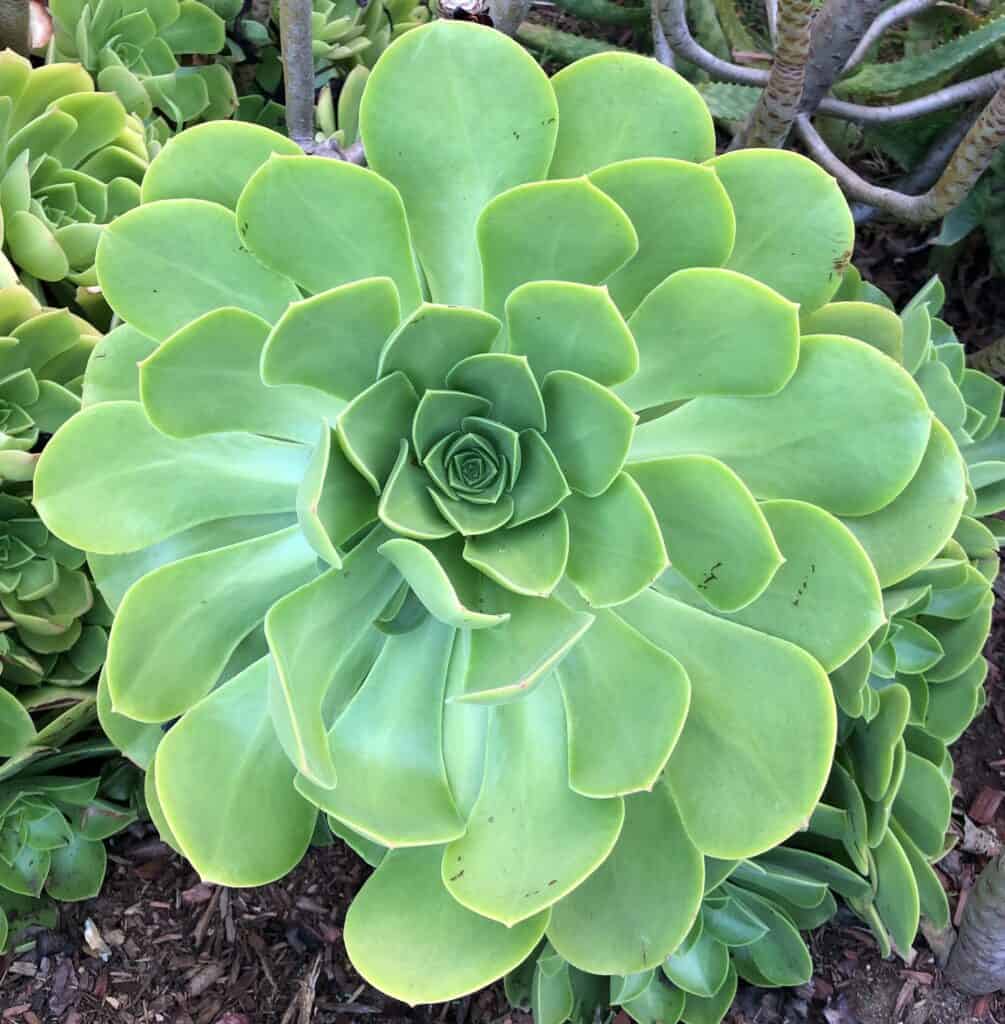
-Aeonium ‘blushing beauty’
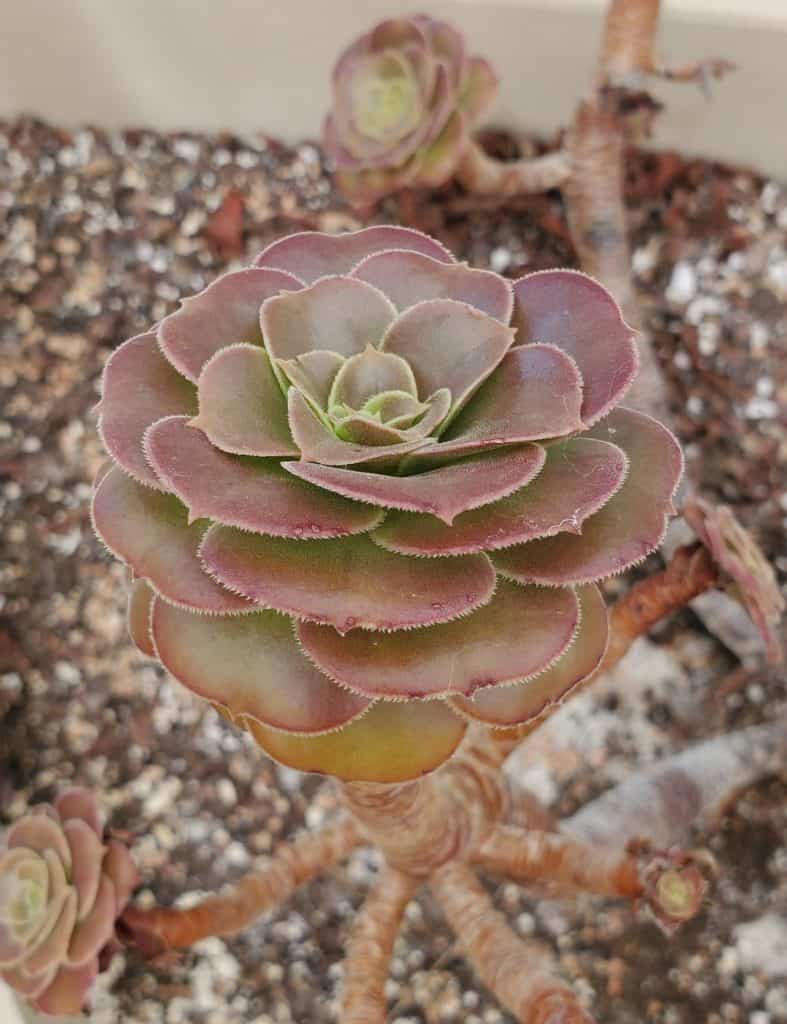
-Aeonium davidbramwelli ‘Bramwell’s aeonium’
-Aeonium castello-paivae ‘Castello-Paiva’s aeonium’
-Aeonium undulatum ‘wavy leaf aeonium’
Related: How to Grow Succulents Outside
Crassula
Crassulas are a type of succulent that come in many different shapes and sizes. These plants are native to Africa, Madagascar, and Sri Lanka but also make great houseplants. Crassulas are characterized by their thick, fleshy leaves that store water. Some crassulas have smooth leaves while others have spikes or teeth.
Some common species of crassula include:
-Crassula ovata ‘jade plant’
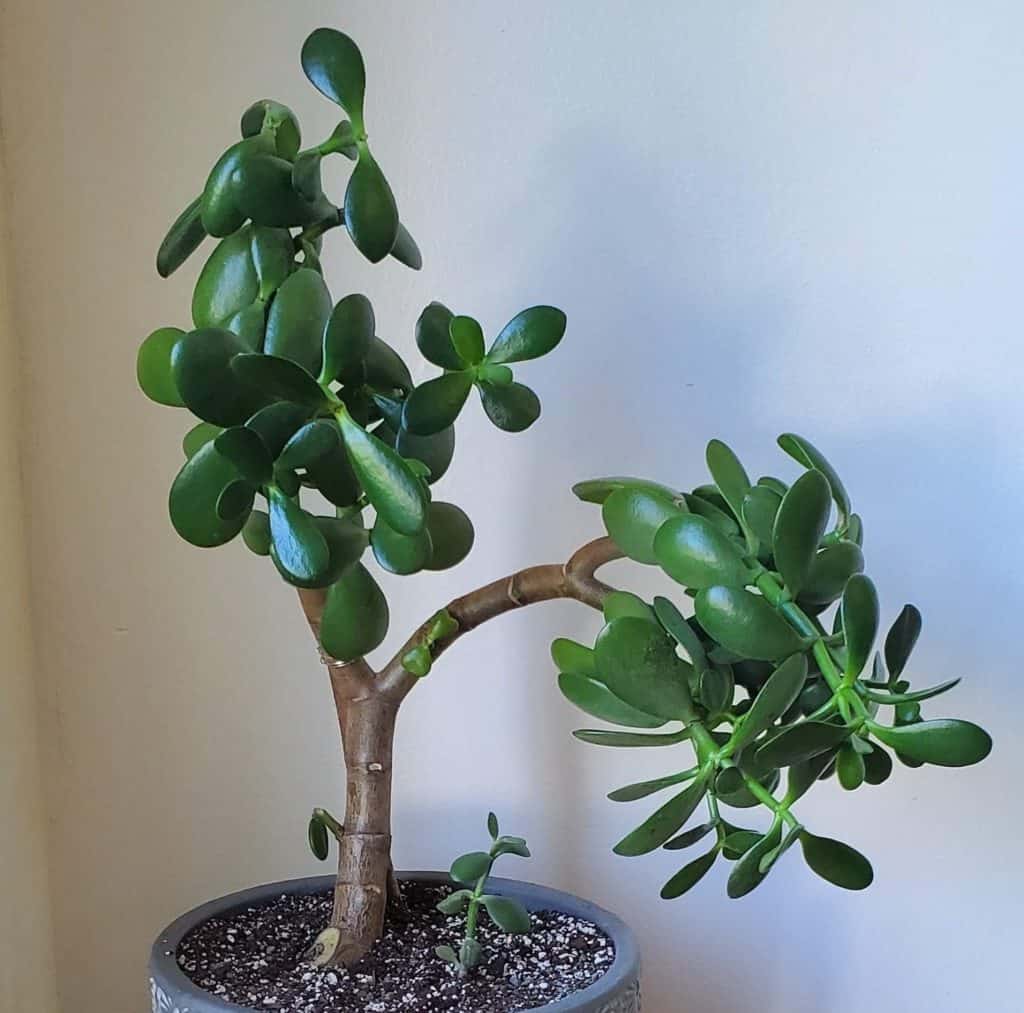
-Crassula arborescens ‘silver jade plant’
-Crassula ovata ‘gollum jade’
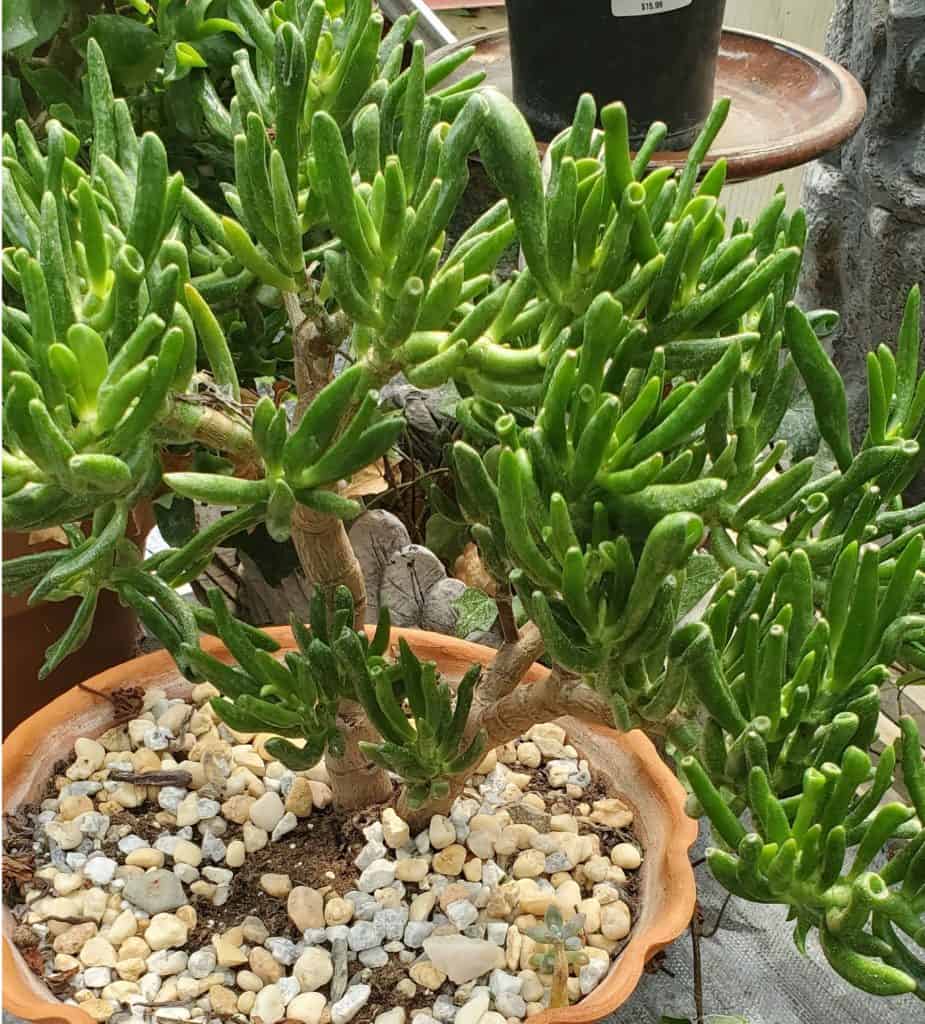
-Crassula perforata ‘string of buttons’
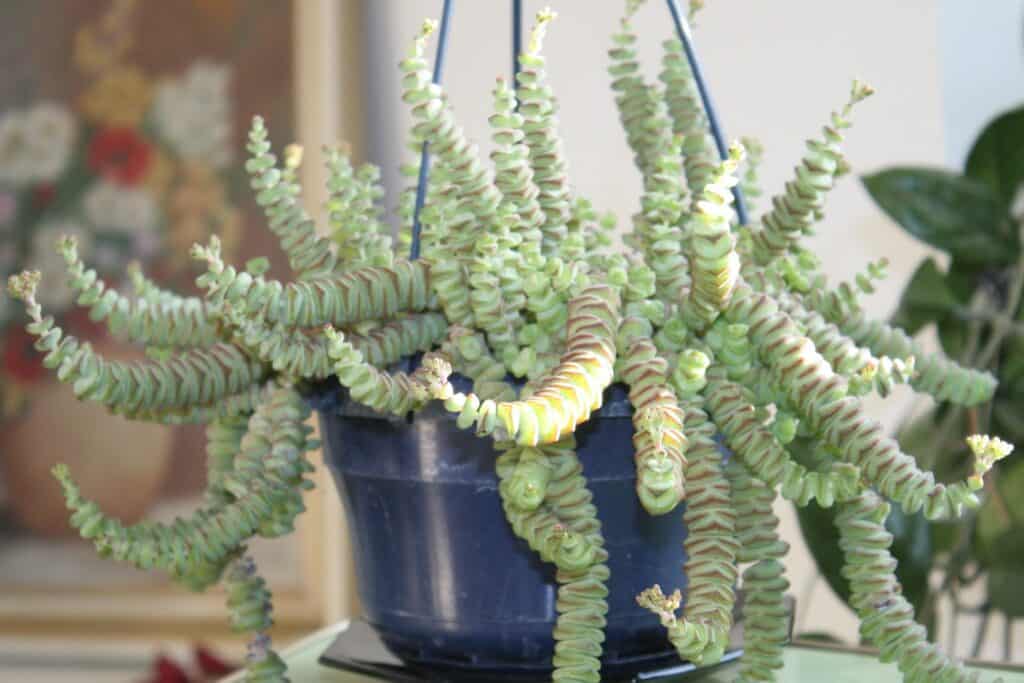
-Crassula mesembryanthemoides ‘tenelli’
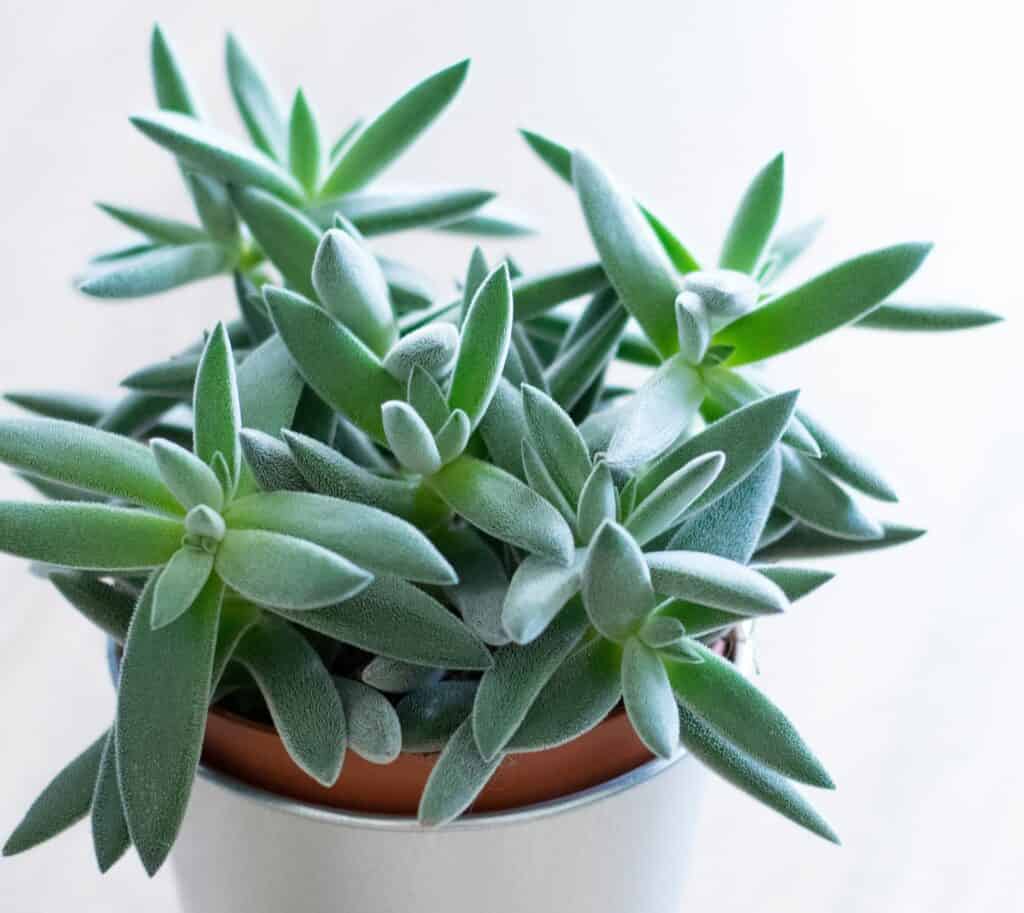
-Crassula ovata undulata ‘curly jade plant’
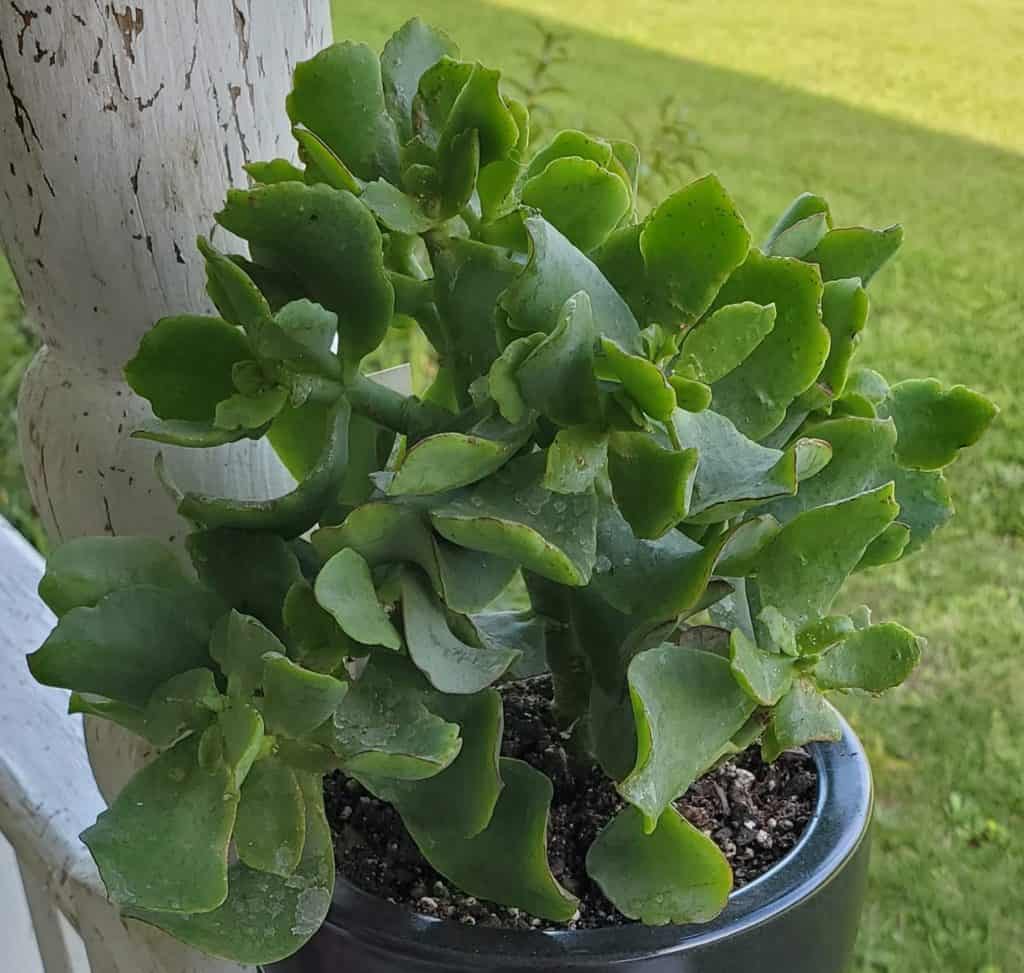
-Crassula ovata ‘pink beauty’
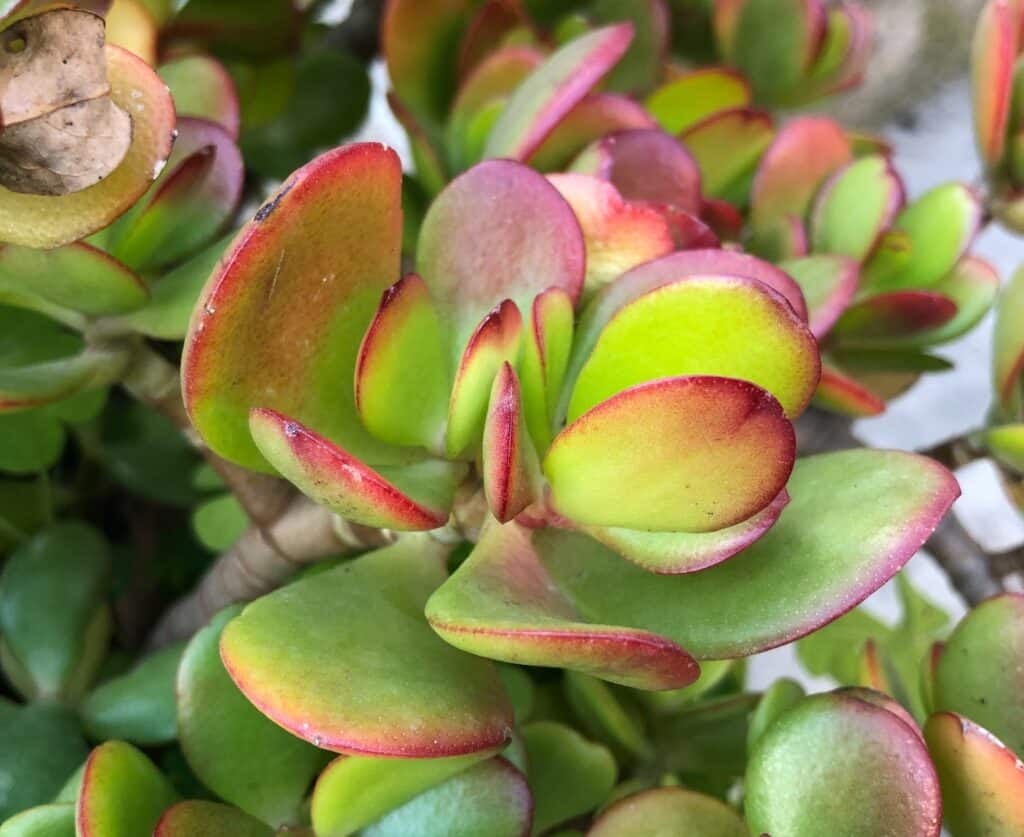
-Crassula platyphylla ‘daydream’
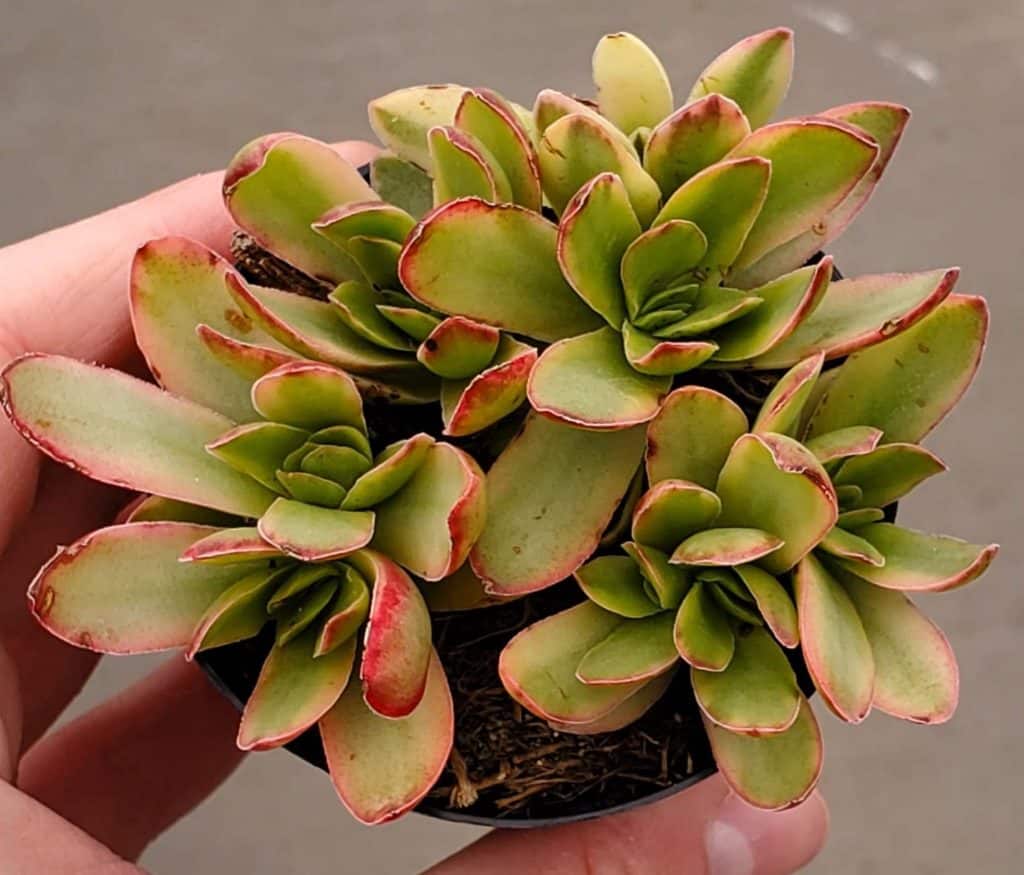
-Crassula muscosa ‘watch chain’
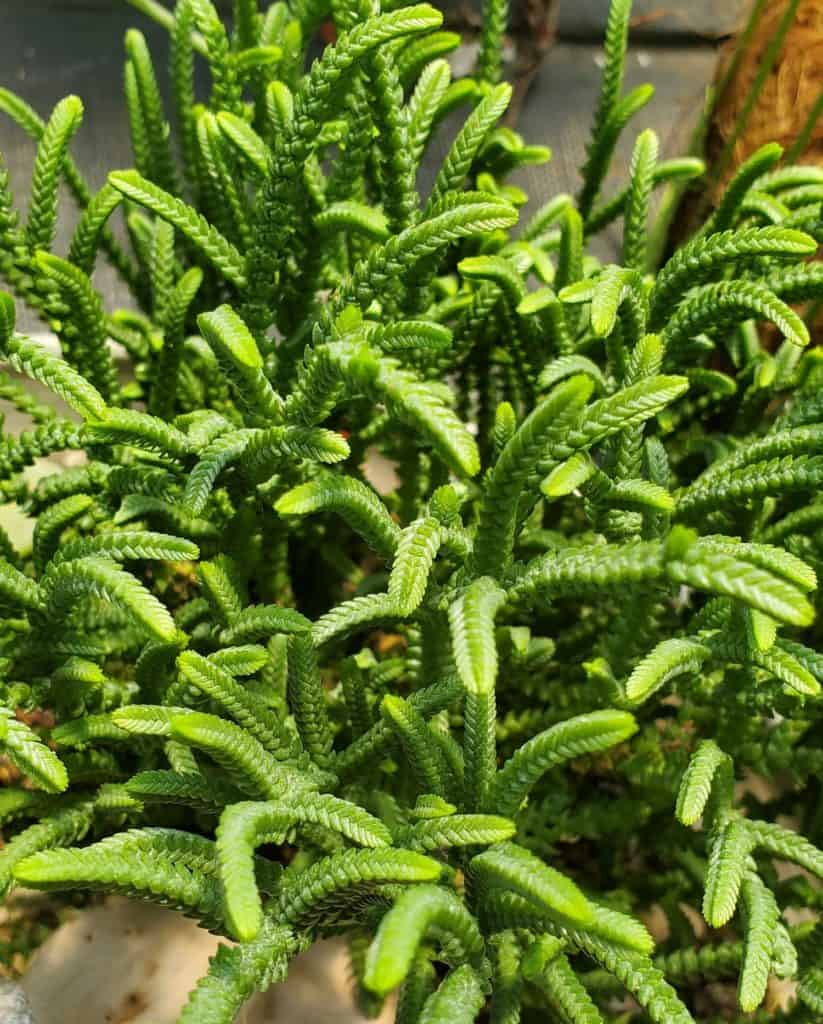
-Crassula rupestris ‘roseum’
-Crassula rupestris ‘springtime pagoda’
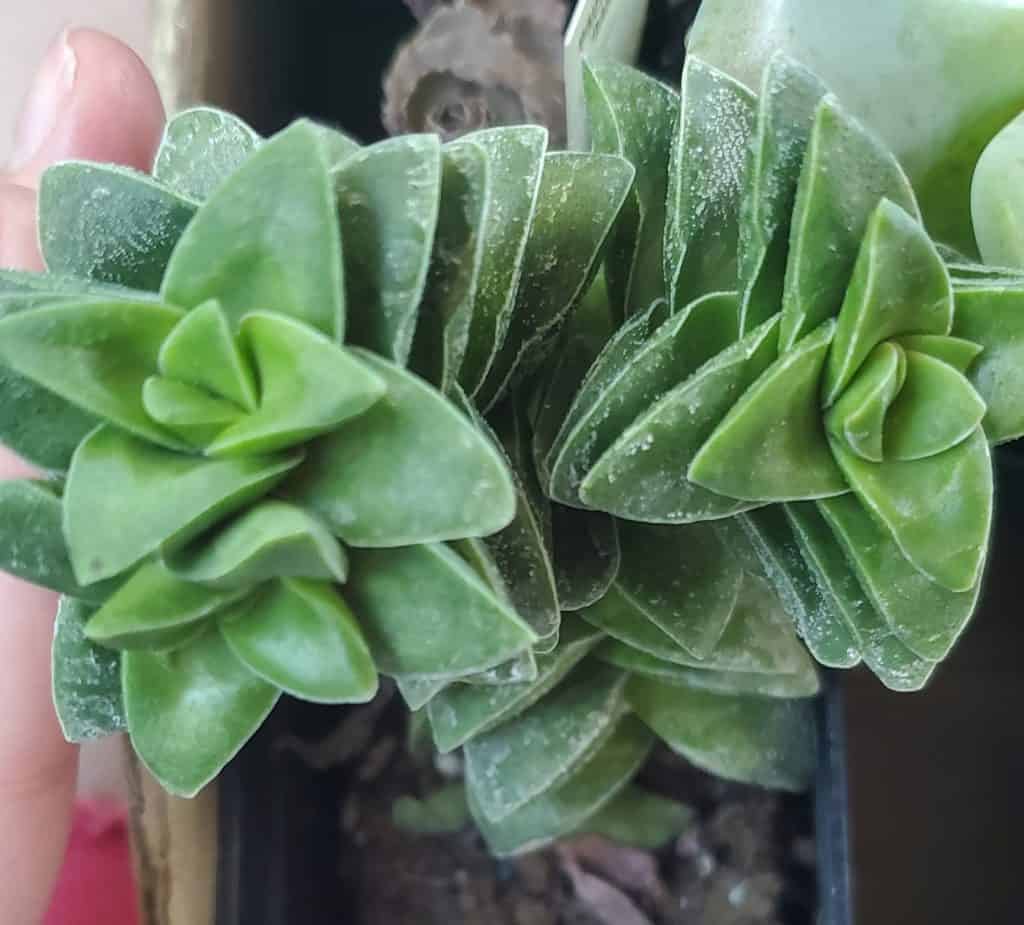
-Crassula multicava ‘fairy crumbs’
-Crassula falcata ‘propeller plant’
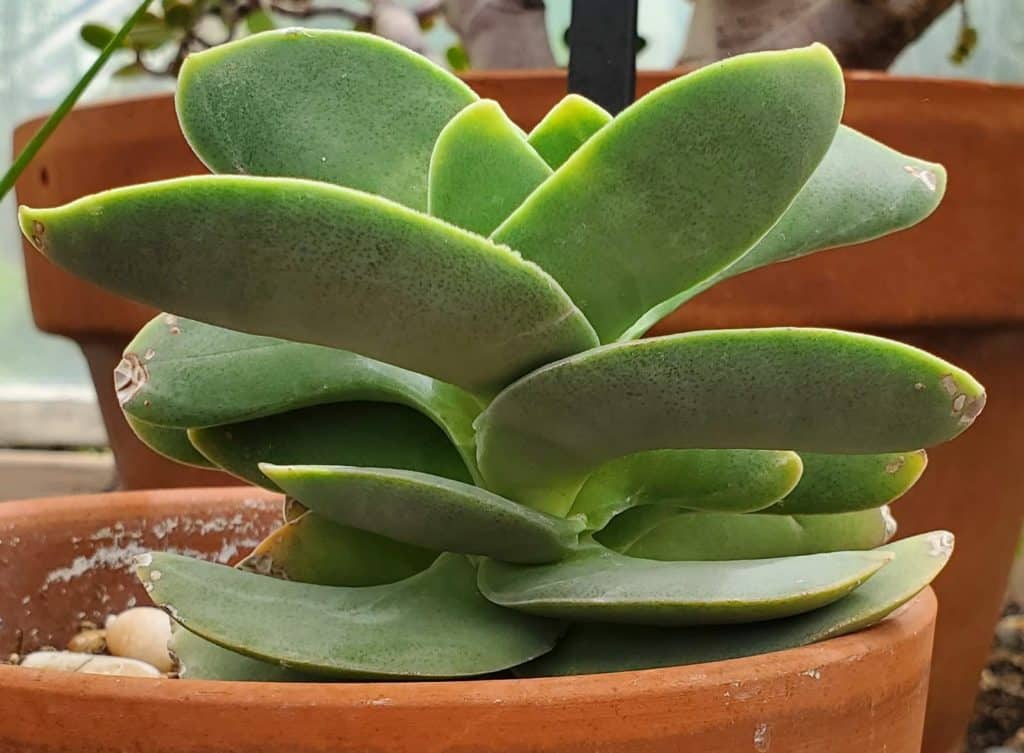
-Crassula capitella ‘red pagoda’
Crassula capitella ‘campfire plant’
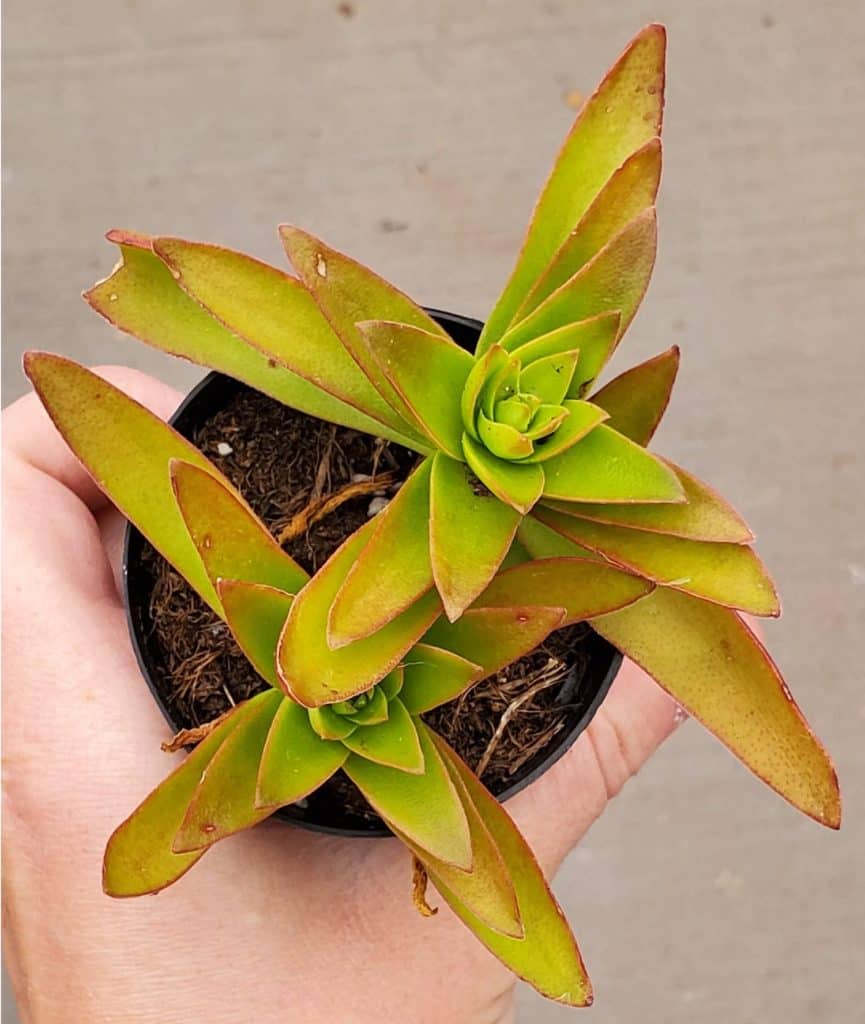
-Crassula tetragona ‘mini pine tree’
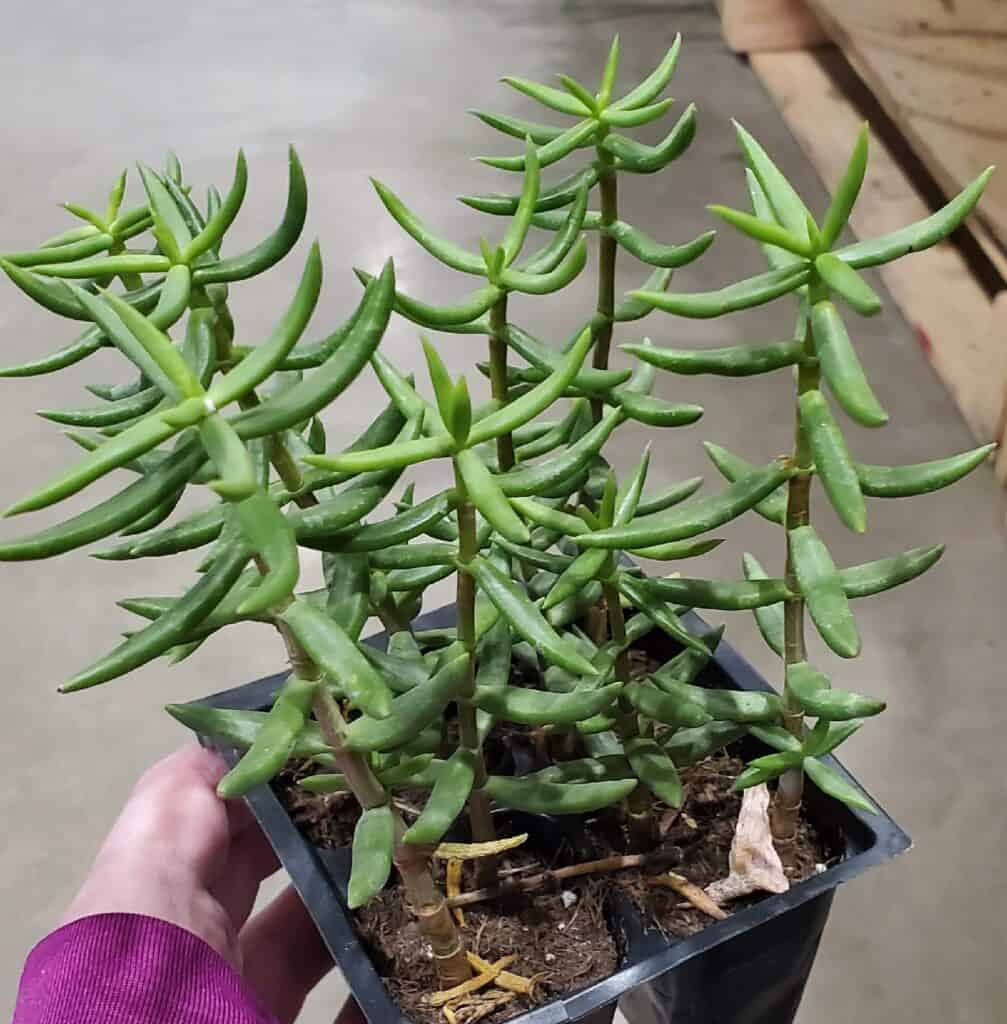
Related: Best Succulent Planter Ideas
Dudleya
Dudleyas are a type of succulent that is native to the western coast of North America. These plants are characterized by their rosette shape and often have yellow or white flowers. Dudleyas are typically easy to care for and make great additions to any succulent collection.
Some common species of dudleya include:
-dudleya farinosa ‘bluff lettuce’
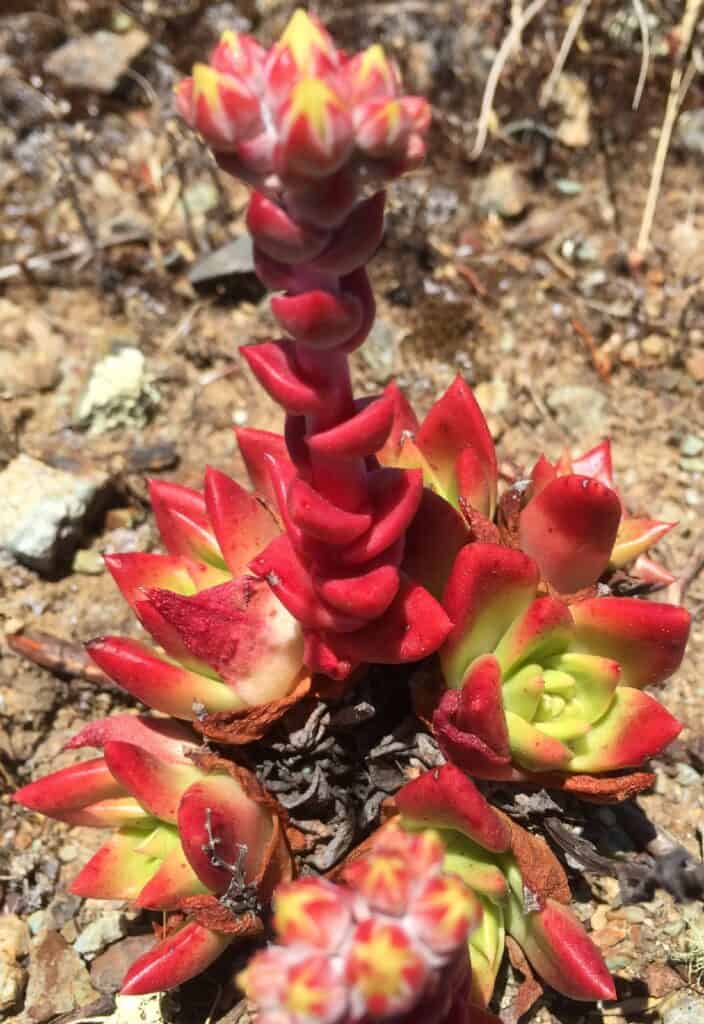
-Dudleya brittonii ‘Britton’s liveforever’
-Dudleya lanceolata ‘lanceleaf liveforever’
-Dudleya pulverulenta ‘chalk liveforever’
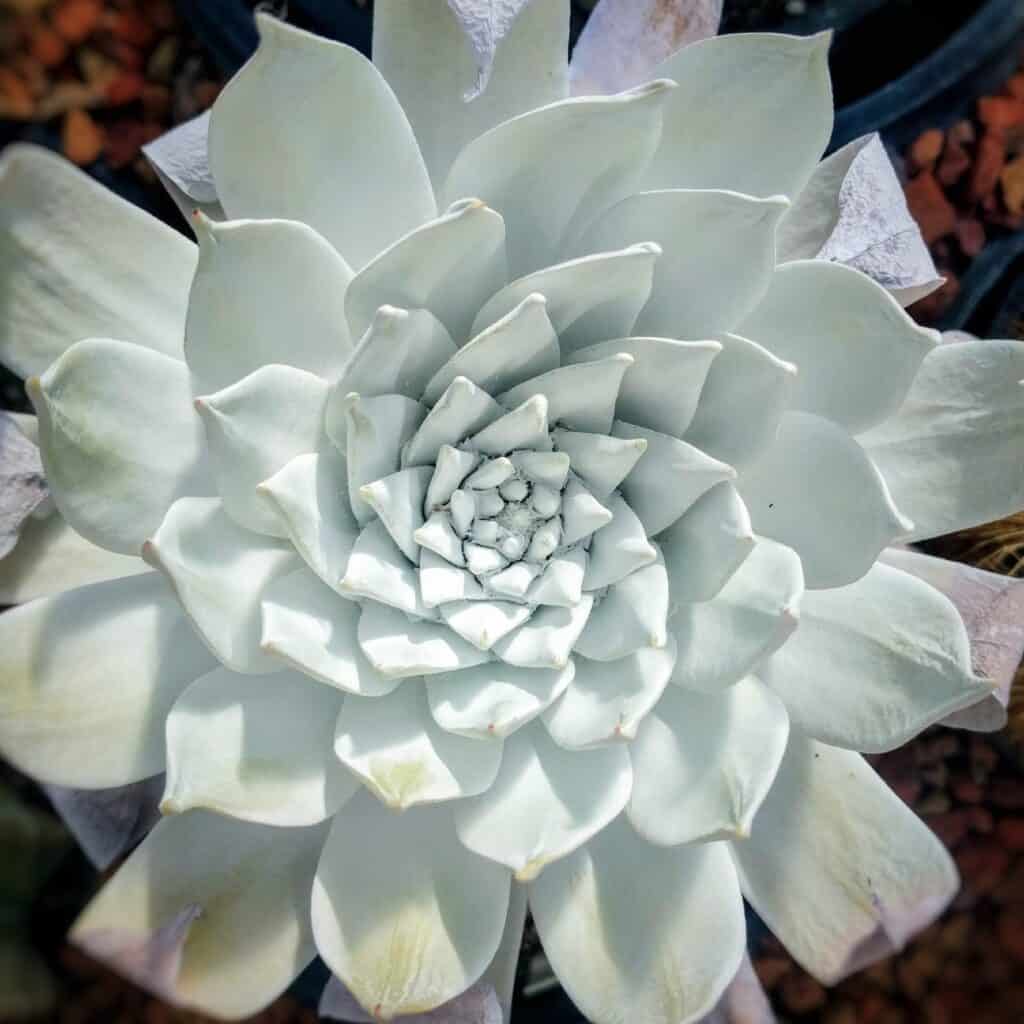
-Dudleya hassei ‘Hasse’s liveforever’
-Dudleya caespitosa ‘tufted liveforever’
-Dudleya cymosa ‘desert rose’
Haworthia
Haworthias are a type of succulent that is native to South Africa. These plants are characterized by their fleshy, triangular-shaped leaves which store water. Some species have smooth leaves, while others have spikes or teeth. Haworthias are easy to care for and have made their way into the home of many gardeners and plant parents.
Some common species of haworthia include:
-Haworthia limifolia ‘fairy washboard’
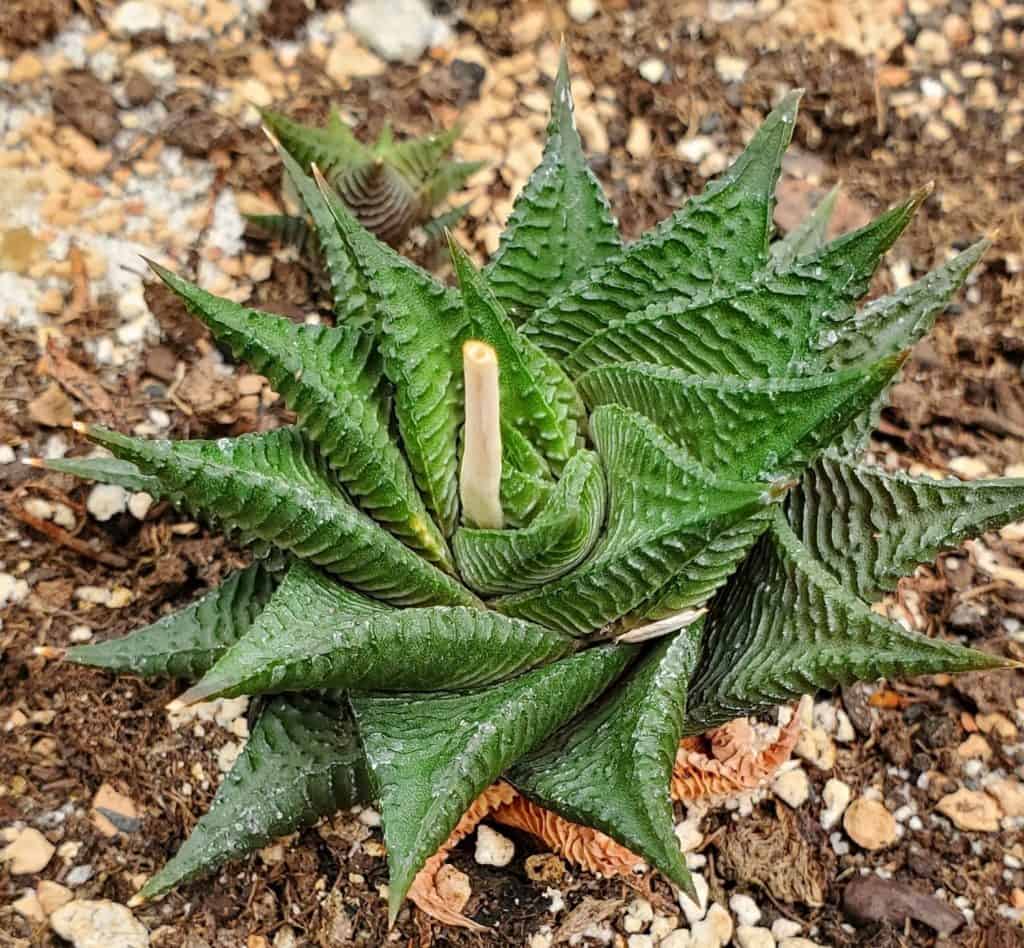
-Haworthia cooperi ‘cooper’s haworthia’
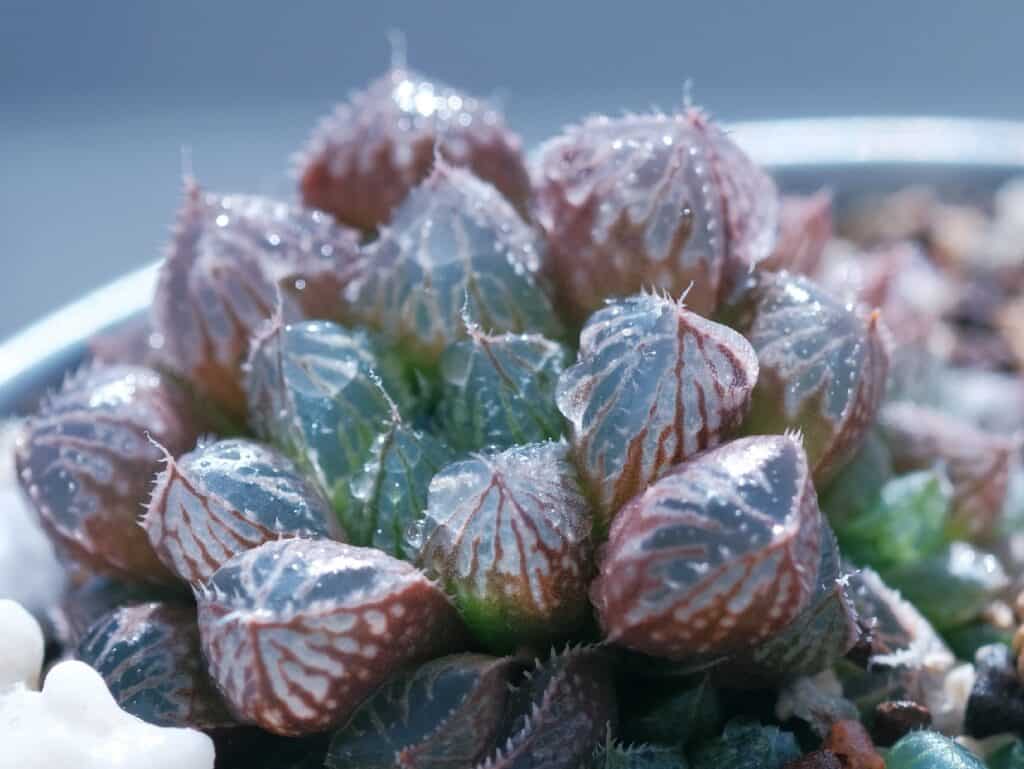
-Haworthia fasciata ‘concolor’
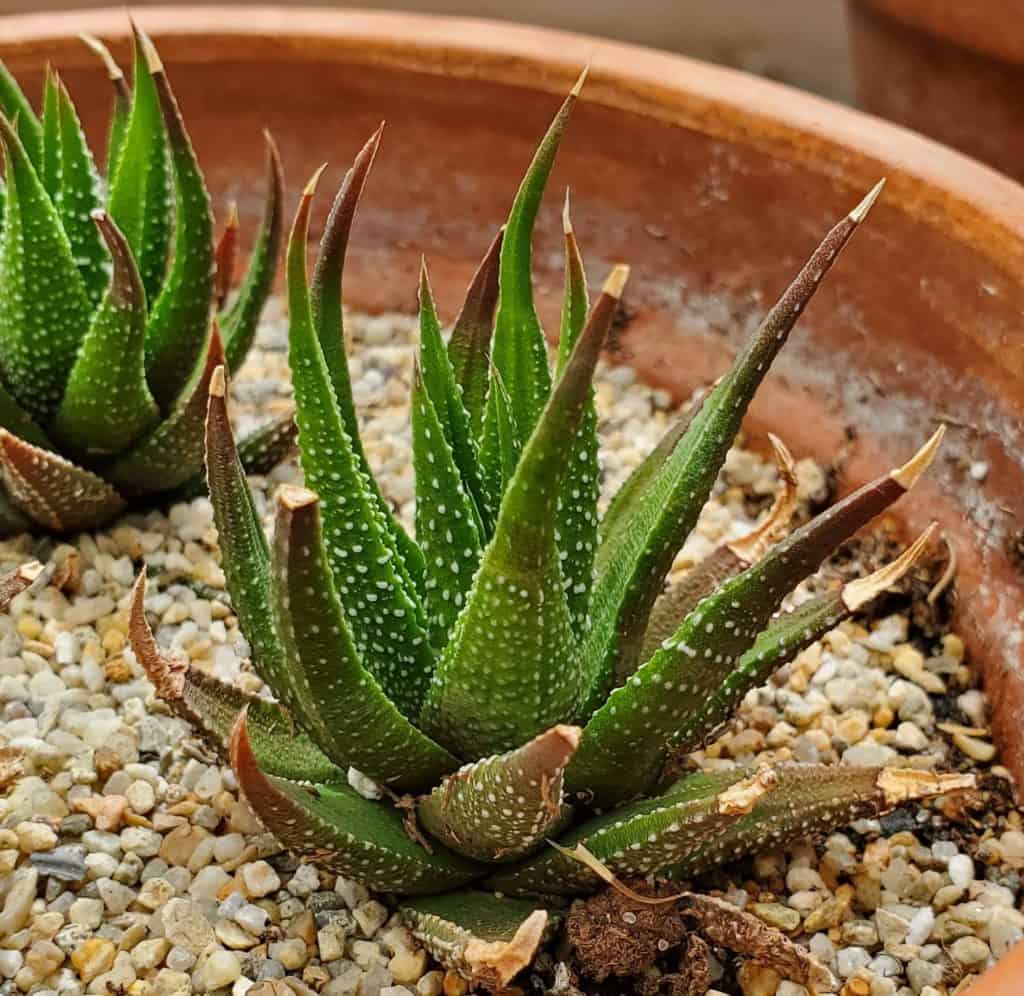
-Haworthia truncata ‘black haworthia’
-Haworthia cymbiformis ‘boat lily’
-Haworthia coarctata ‘bunched haworthia’
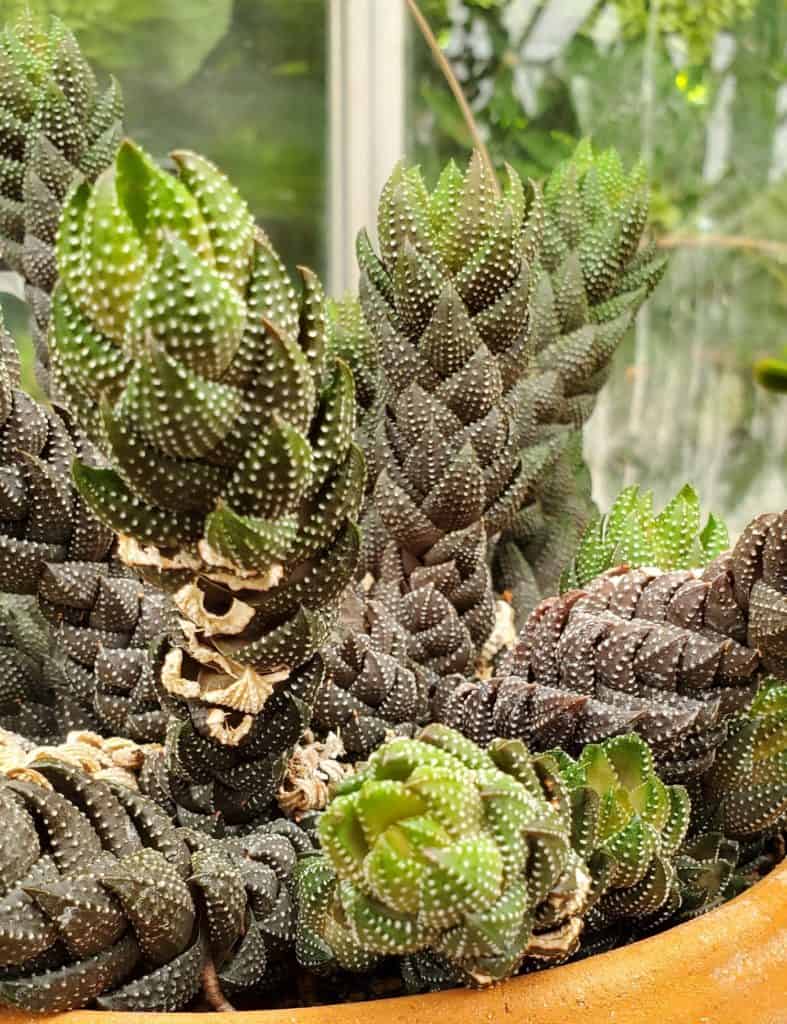
-Haworthia cuspidata ‘star window plant’
-Haworthia gracilis ‘slender hawthorne’
Related: How to Repot Succulents
Senecio
Senecios are a type of succulent that come in many different shapes and sizes. These plants are native to Africa, Madagascar, and Sri Lanka but can be found all over the world as houseplants. Senecios are characterized by their thick, fleshy leaves that store water. Some senecios have smooth leaves while others have spikes or teeth.
Some common species of senecio include:
-Senecio barbertonicus ‘succulent bush senecio’
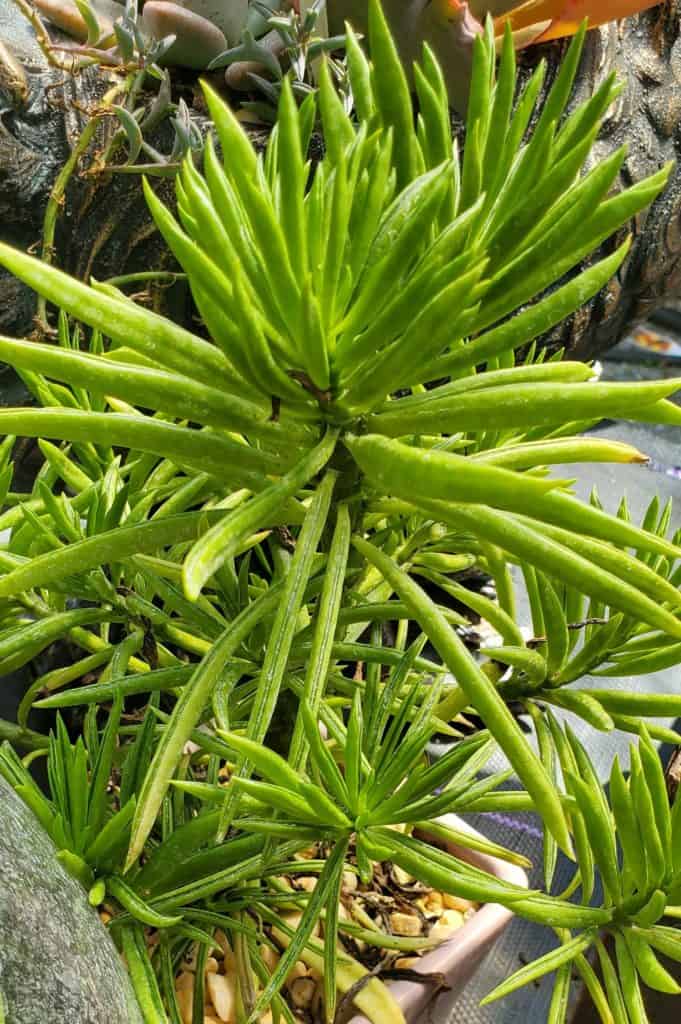
-Senecio rowleyanus ‘string of pearls’
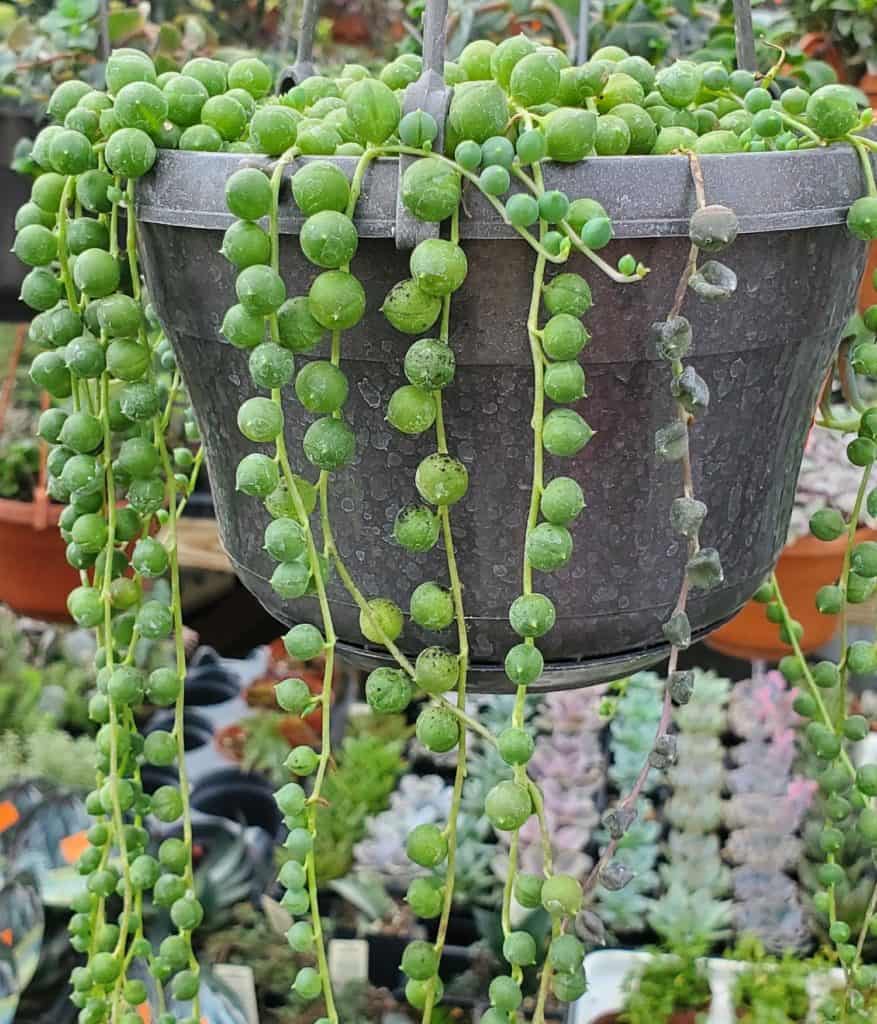
-Senecio serpens ‘blue chalksticks’
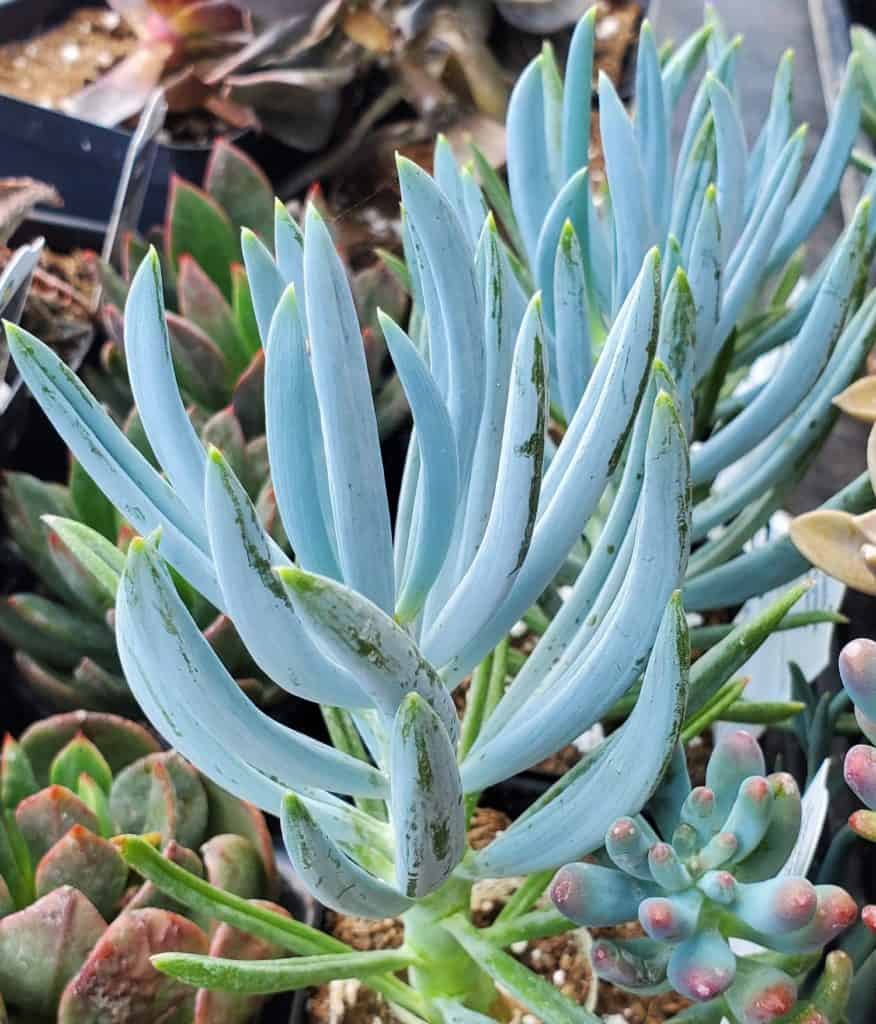
-senecio haworthii ‘cocoon plant’ (wooly senecio)
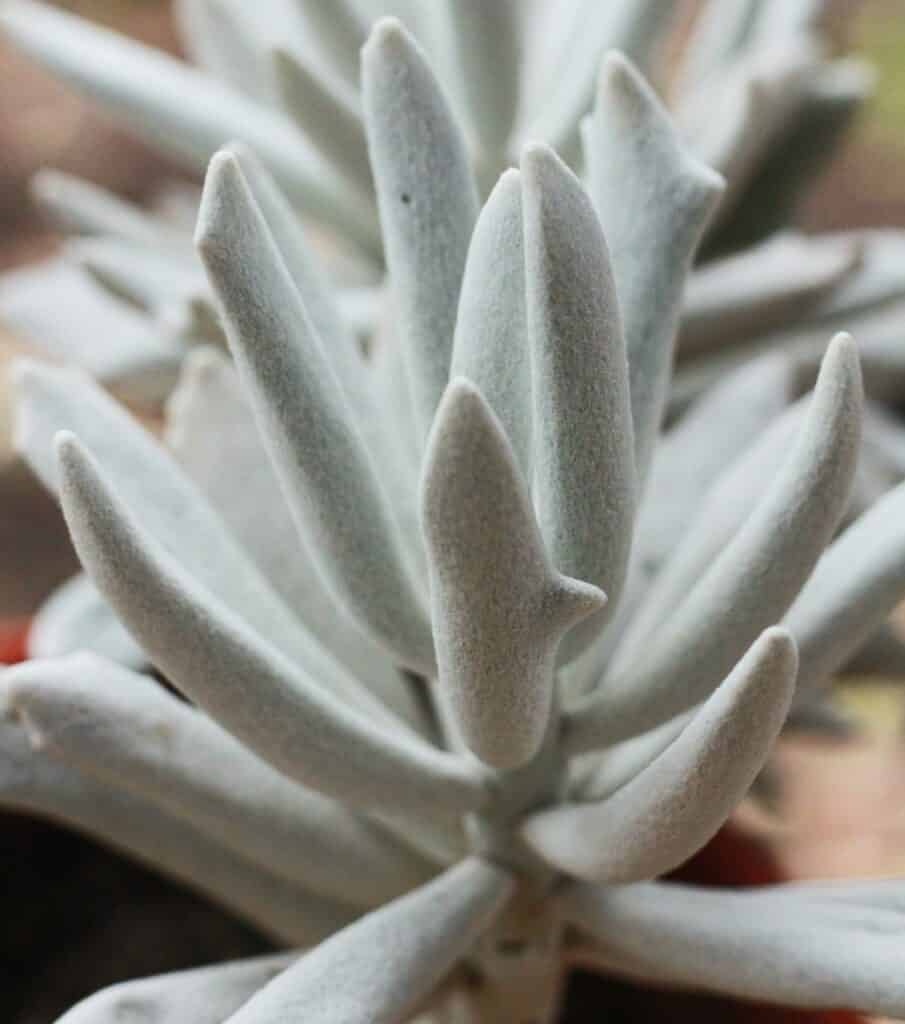
-Senecio articulates ‘hot dog plant’
-Senecio radicans ‘string of bananas’
-Senecio stapeliiformis ‘cactus senecio’
Kalanchoe
Kalanchoes are a type of succulent that is native to Madagascar. The teardrop-shaped leaves that store water is one of this genre’s most prominent features. Some kalanchoes have smooth leaves while others have spikes or teeth. And some of my favorite types of succulents have cute, fuzzy leaves. Kalanchoes have become treasured houseplants in many homes around the world.
Some common species of kalanchoe include:
-Kalanchoe delagoensis ‘mother of millions’
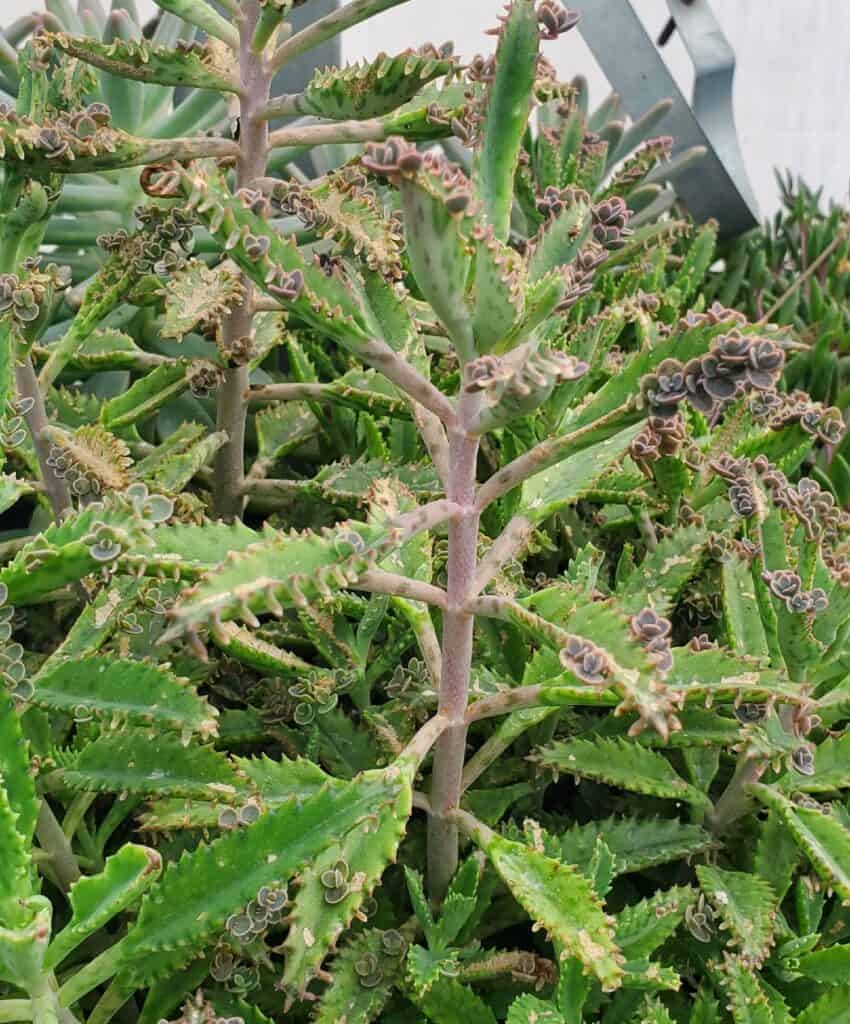
-Kalanchoe daigremontiana ‘mother of thousands’
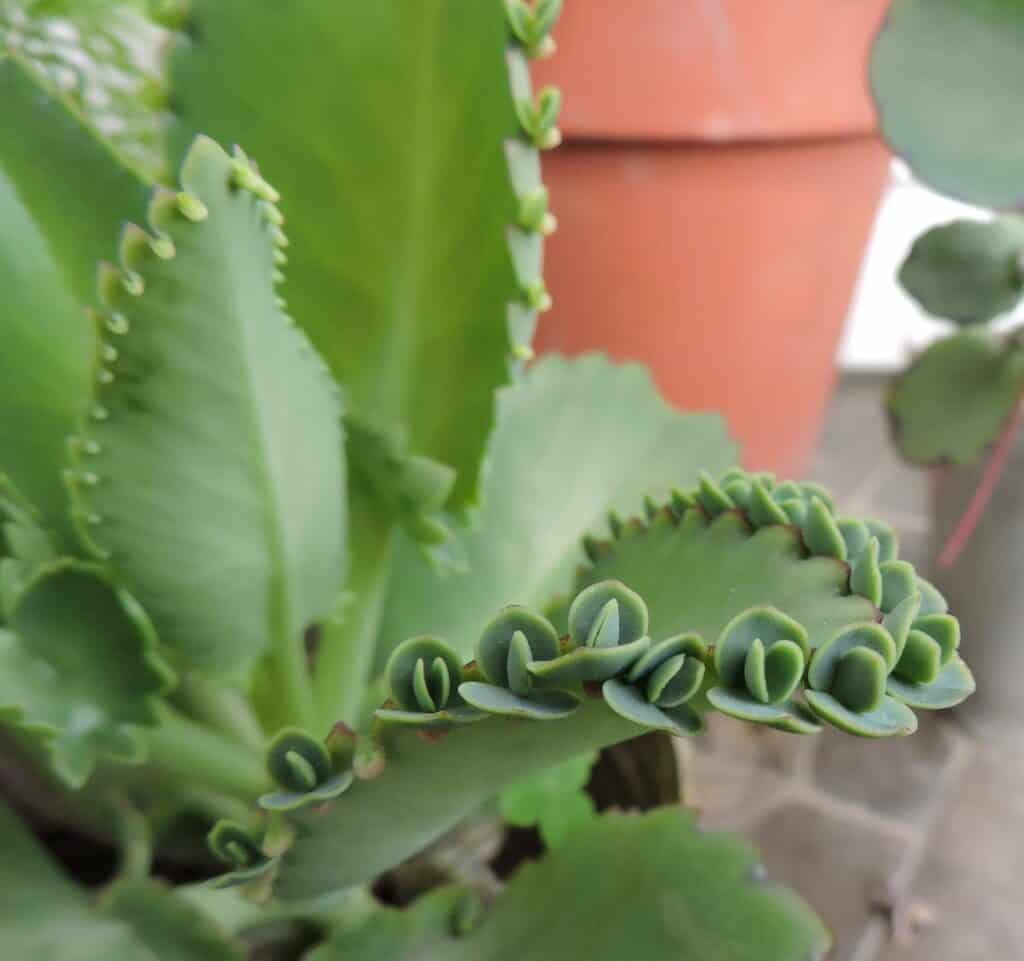
-Kalanchoe beharensis ‘elephant ear’
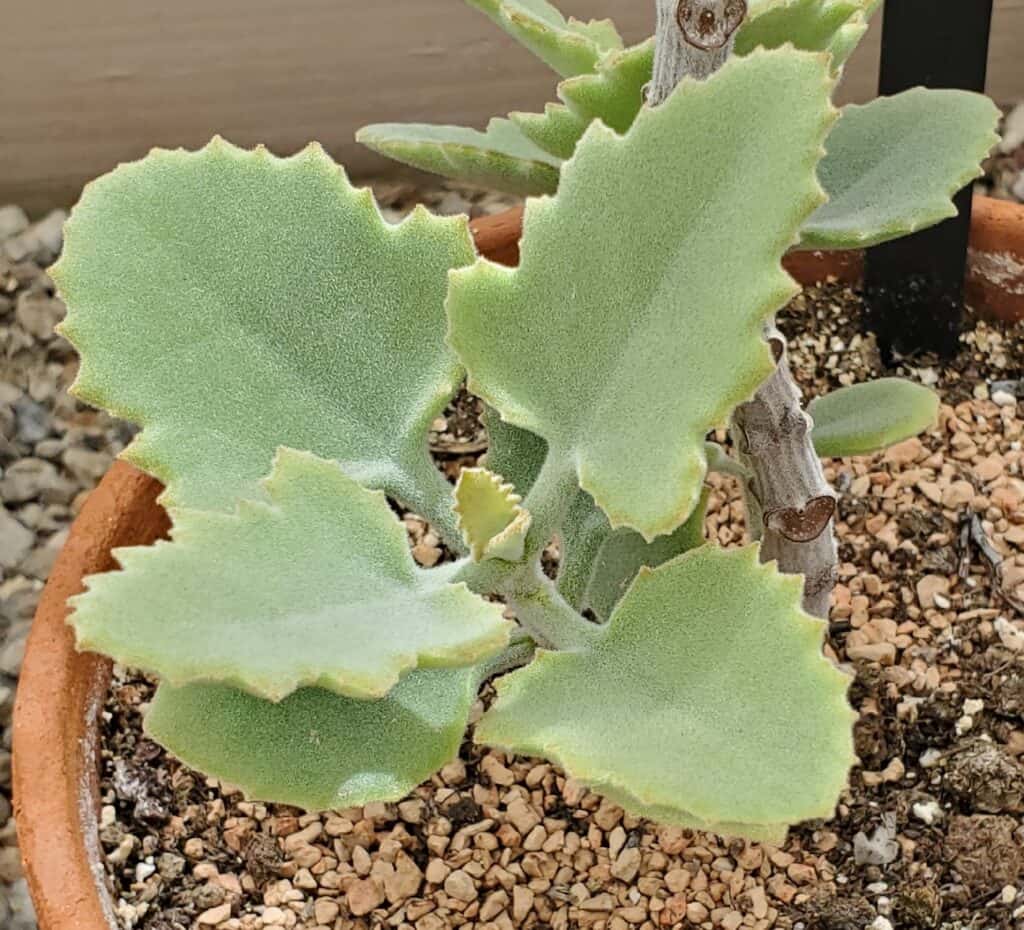
-Kalanchoe fedtschenkoi ‘paddle plant’
-Kalanchoe hildebrandtii ‘silver spoons’
-Kalanchoe thyrsiflora ‘flapjacks’
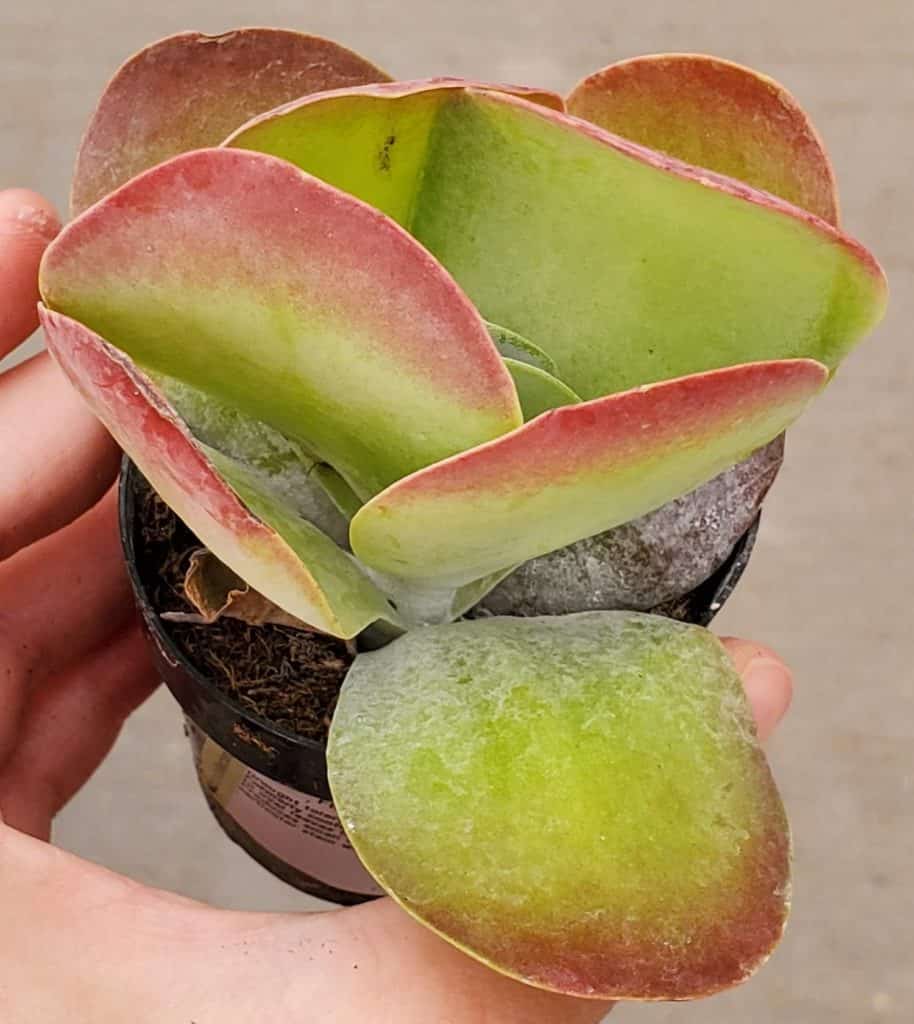
-Kalanchoe longiflora coccinea ‘tugela cliff-kalanchoe’
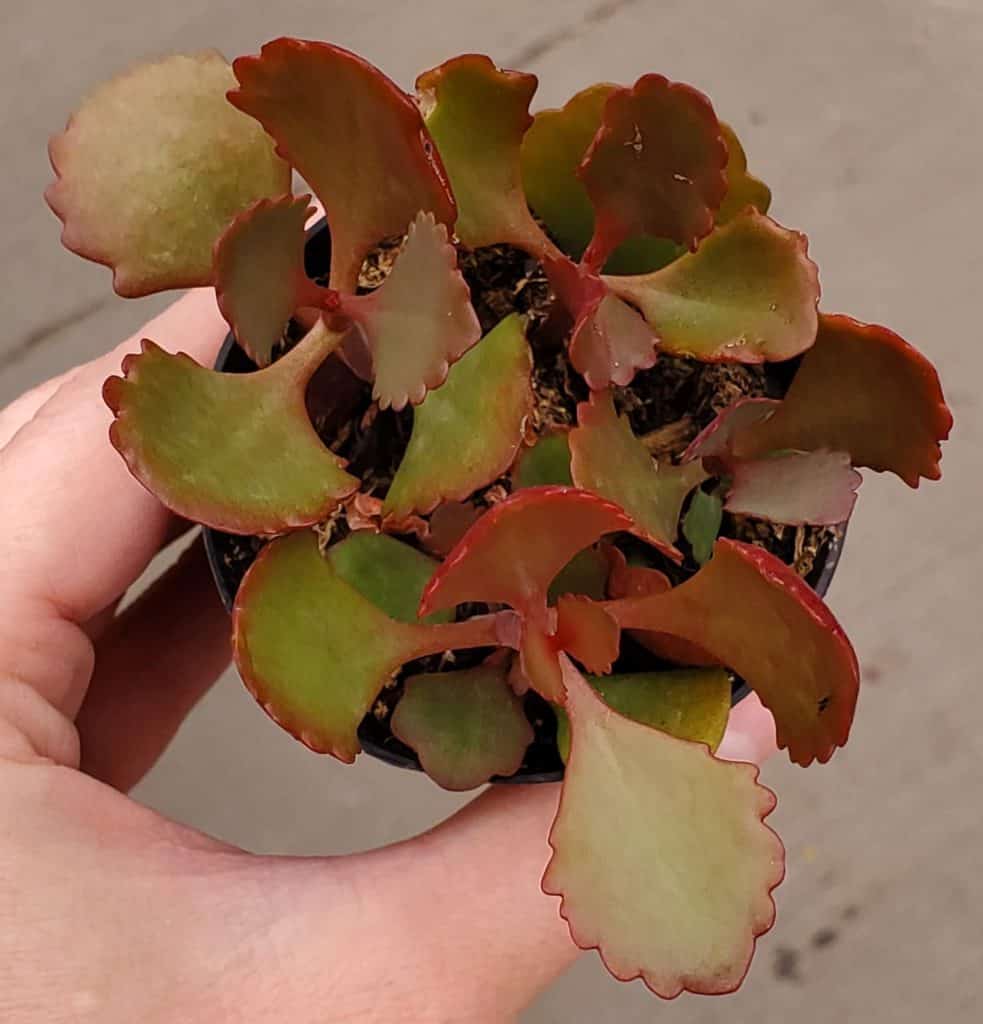
-Kalanchoe tomentosa ‘panda plant’
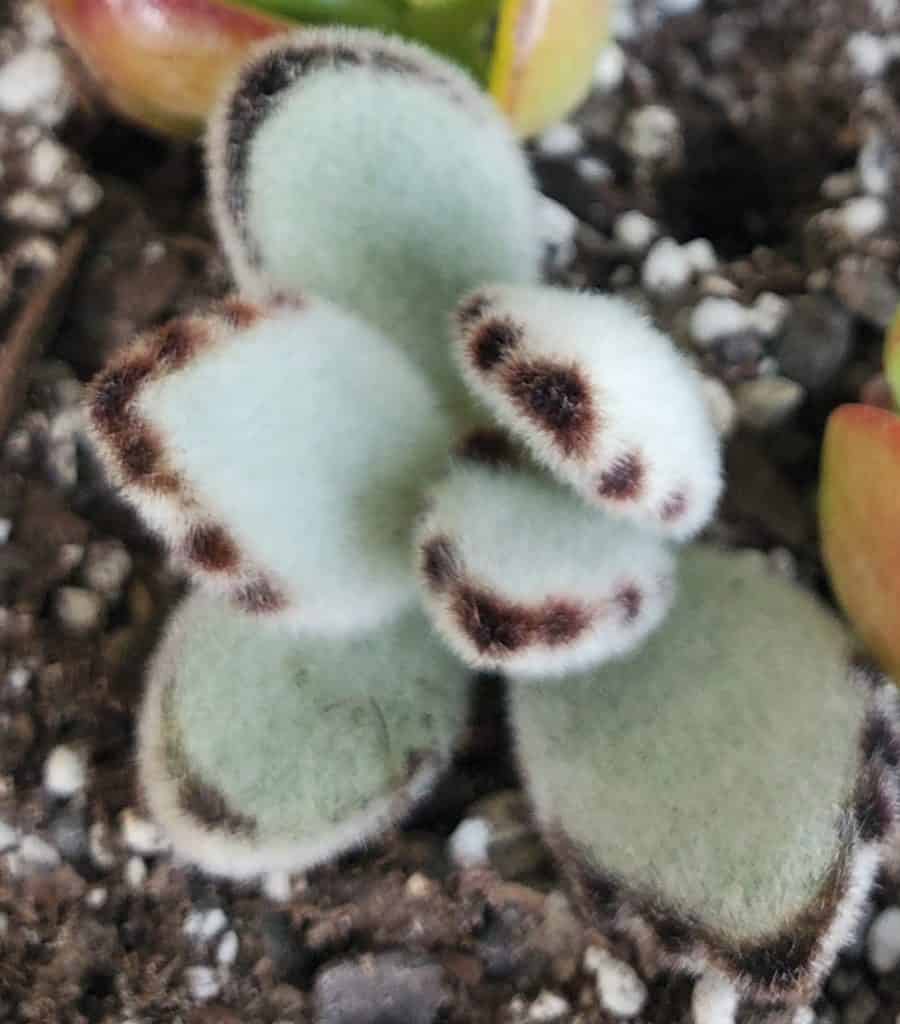
-Kalanchoe blossfeldiana ‘flaming katy’
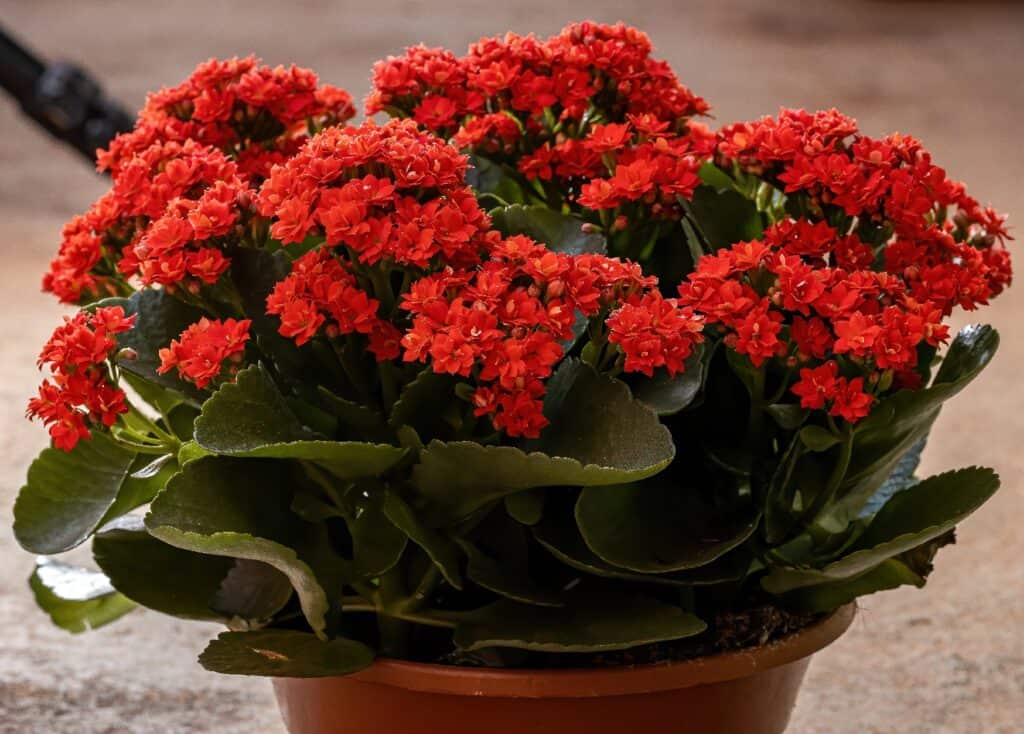
Related: Succulent Centerpiece Ideas
Other Types of Succulents
-Corpuscularia lehmannii (ice plant)
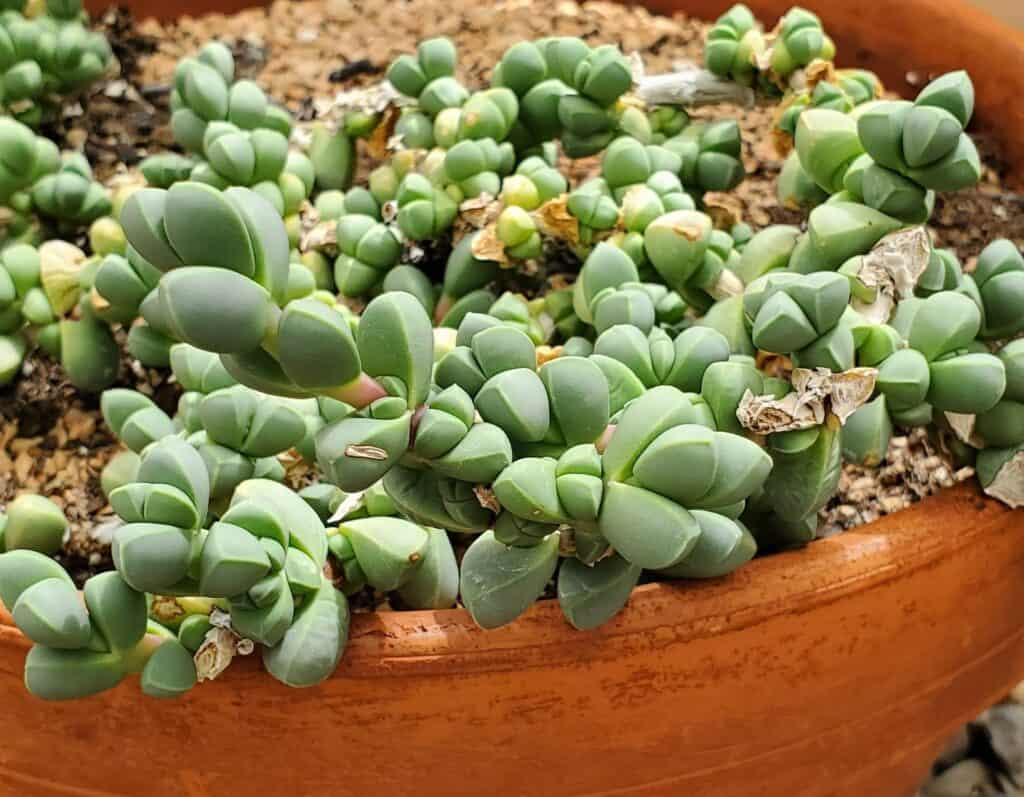
-Delosperma echinatum ‘pickle plant’
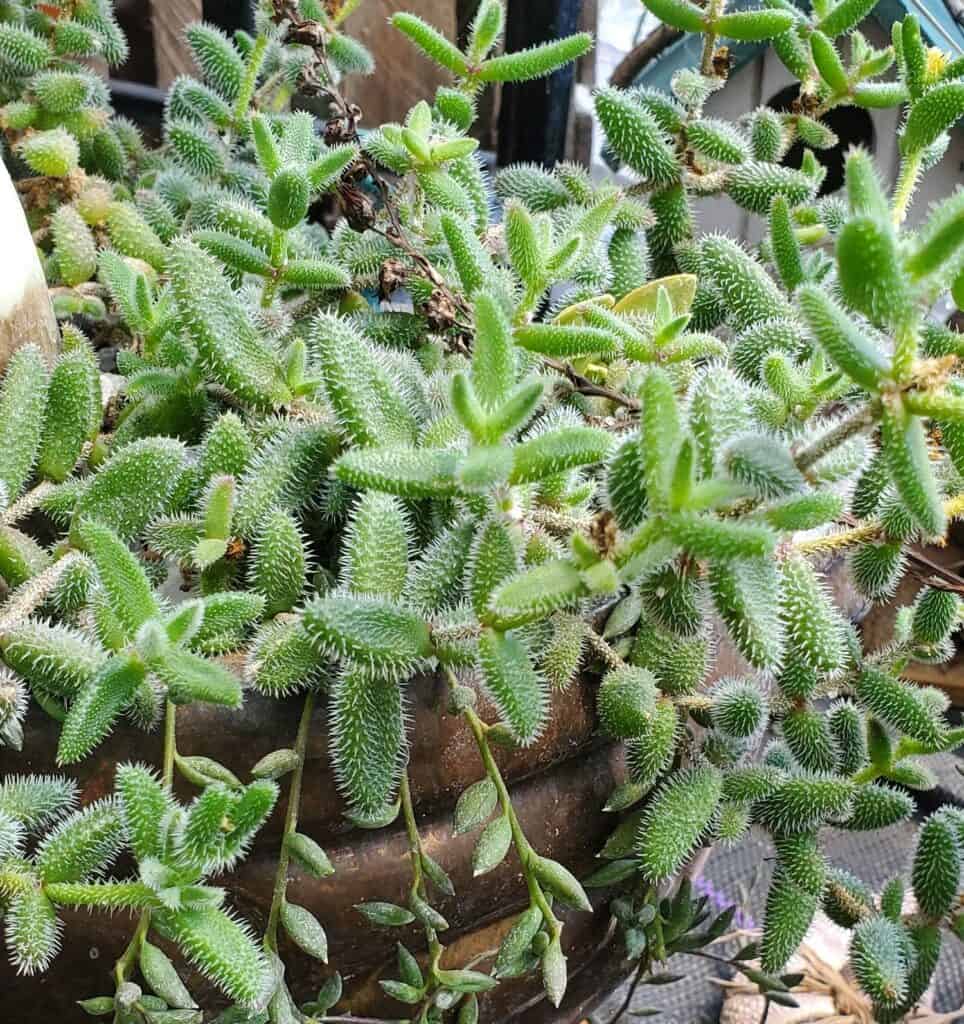
-Gasteria ‘green ice’
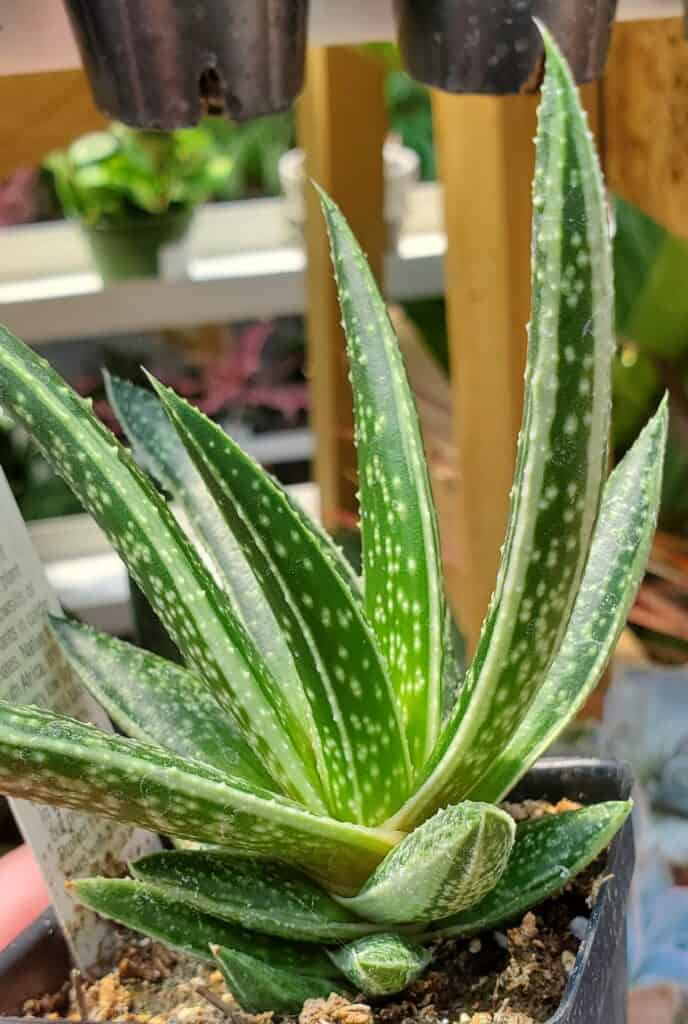
-Graptopetalum paraguayense ‘peach’
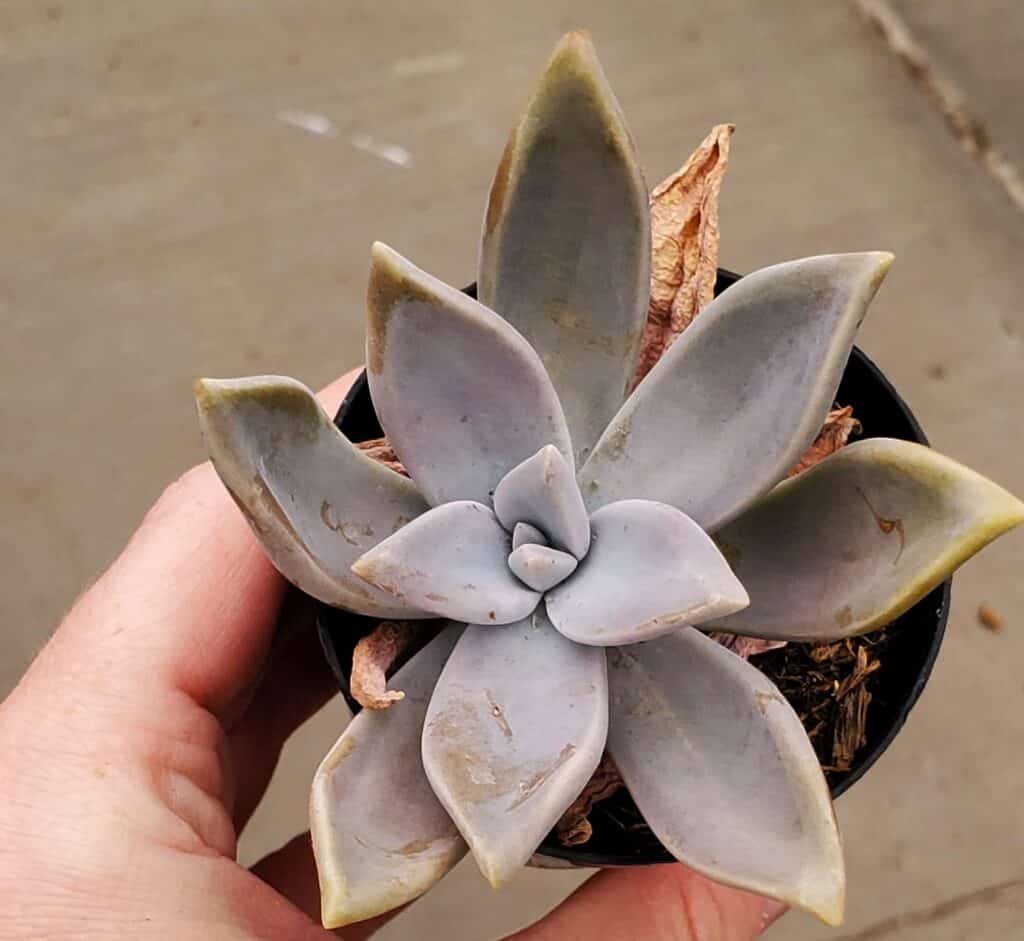
-Graptosedum ‘copper glow’
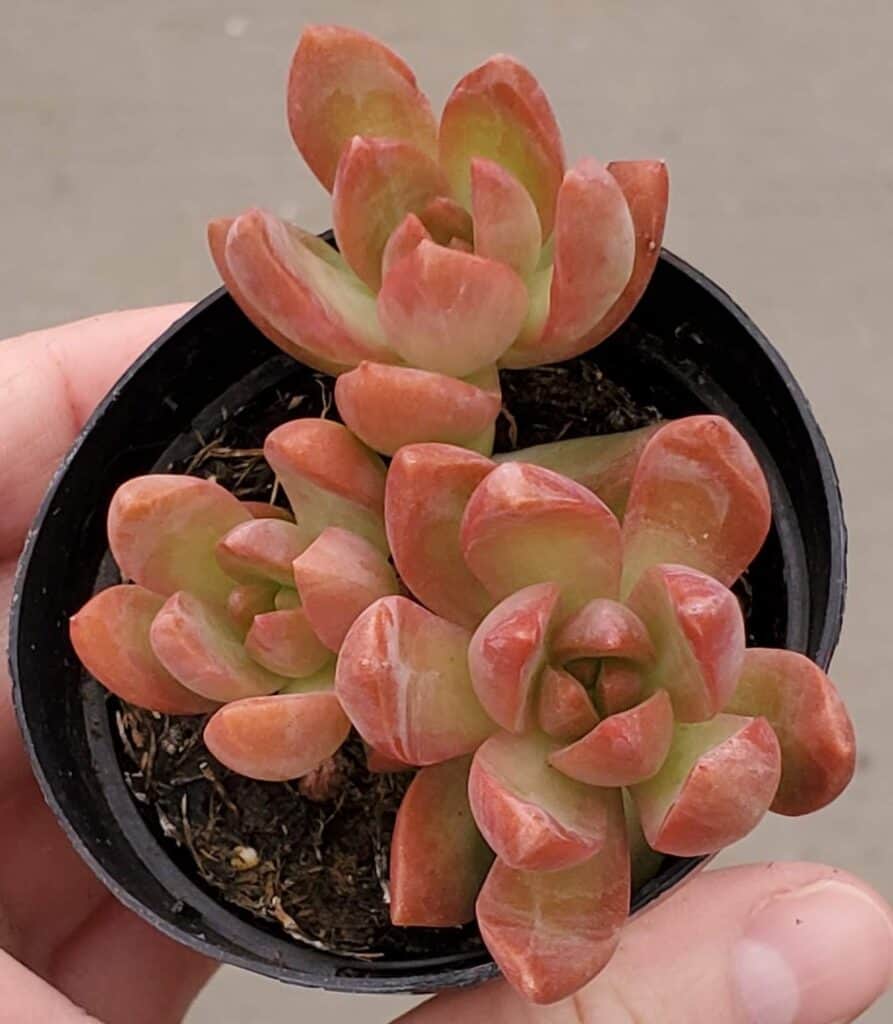
-Graptosedum ‘vera higgins’
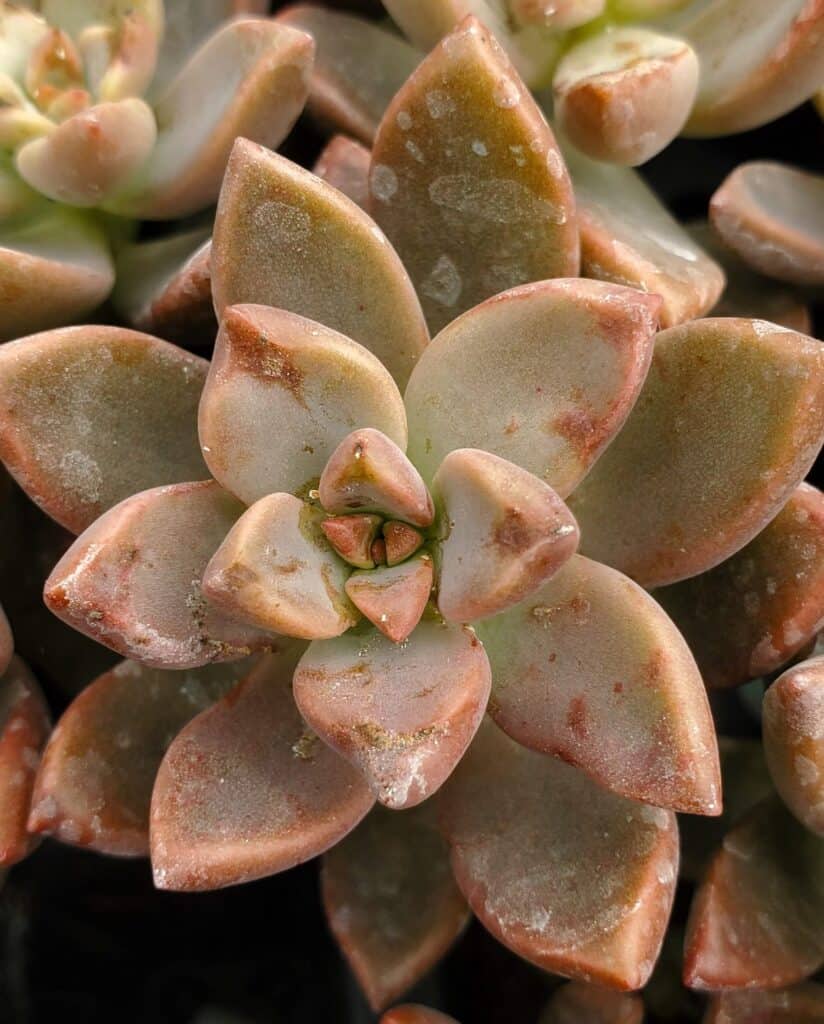
-Graptoveria ‘blue pearl’
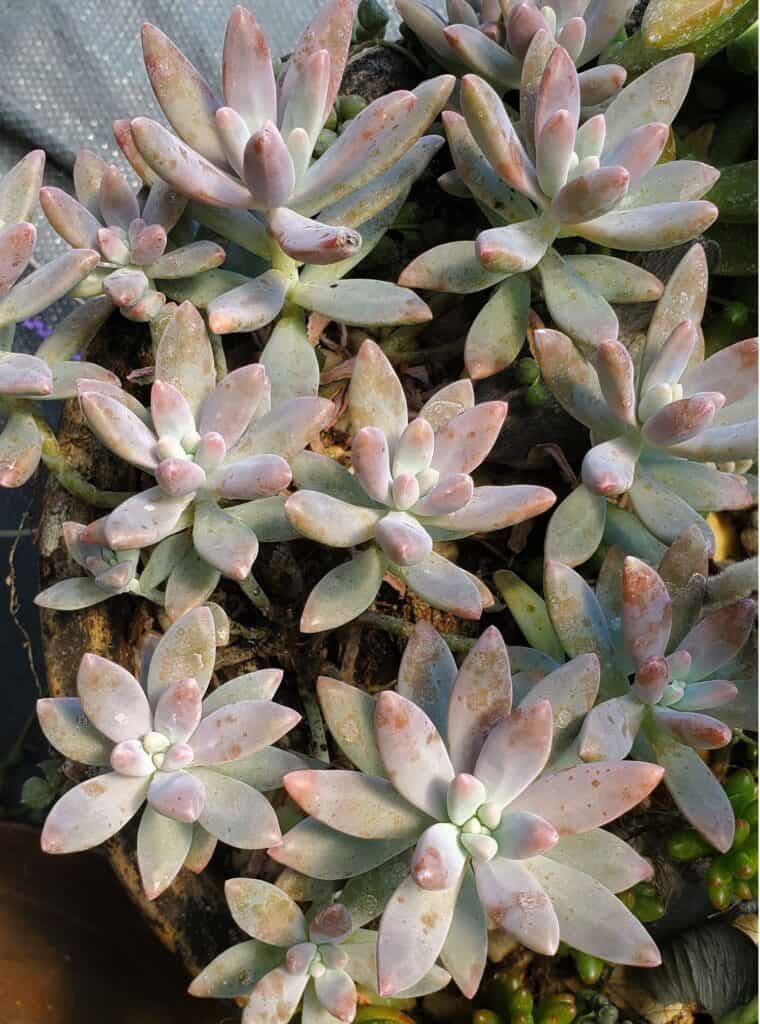
-Graptoveria ‘debbie’
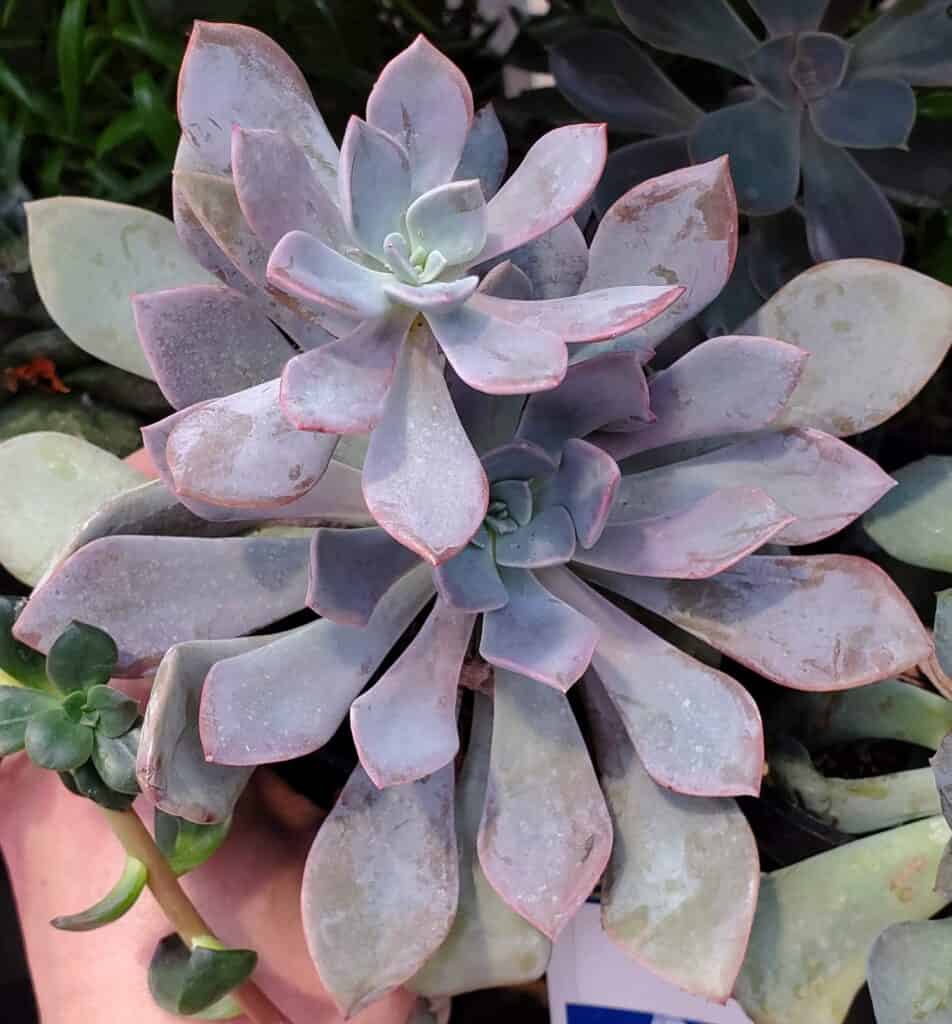
-Graptoveria ‘fred ives’
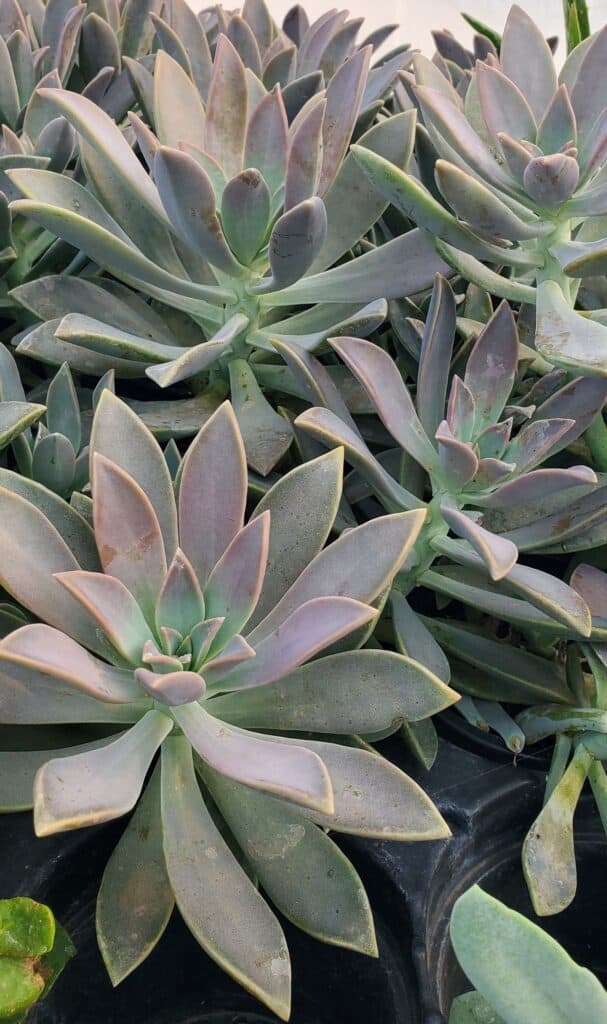
–Haworthiopsis fasciata ‘zebra haworthia’
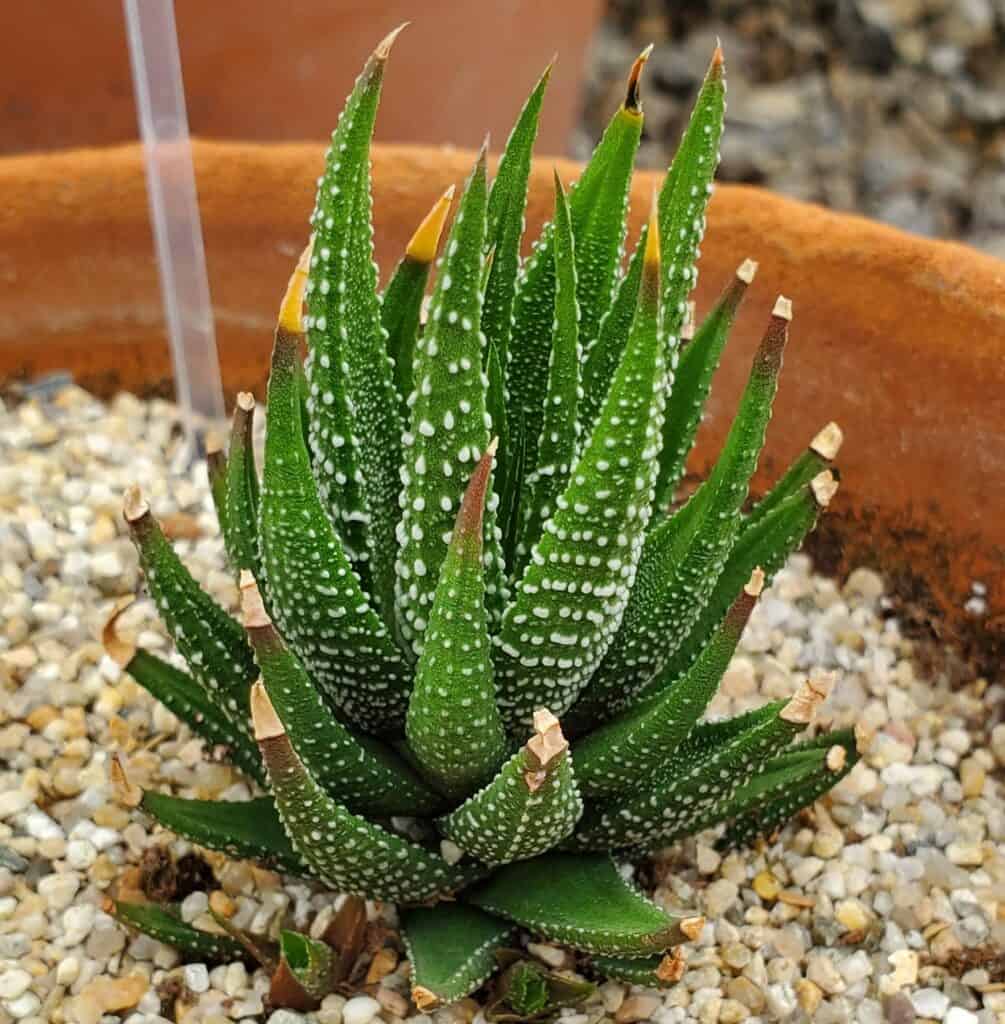
-Huernia schneideriana ‘red dragon flower’
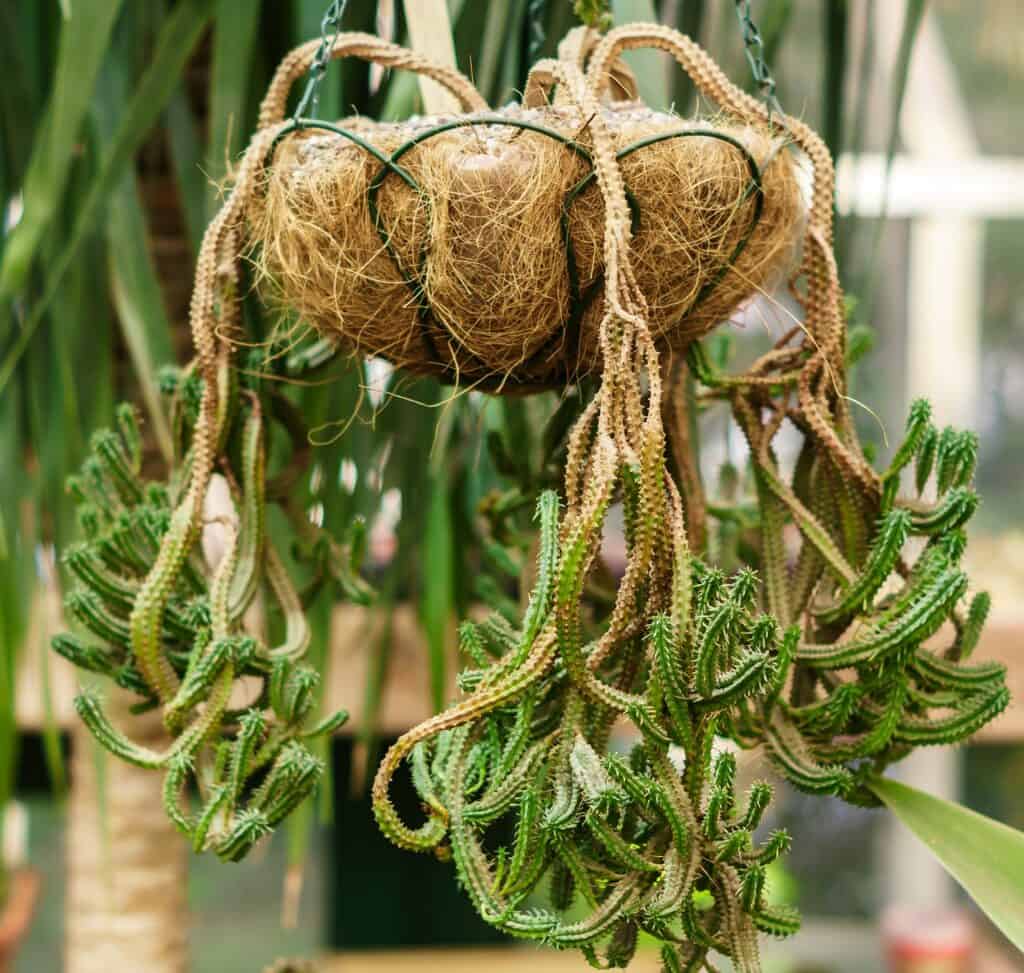
-Lithops ‘living stone’
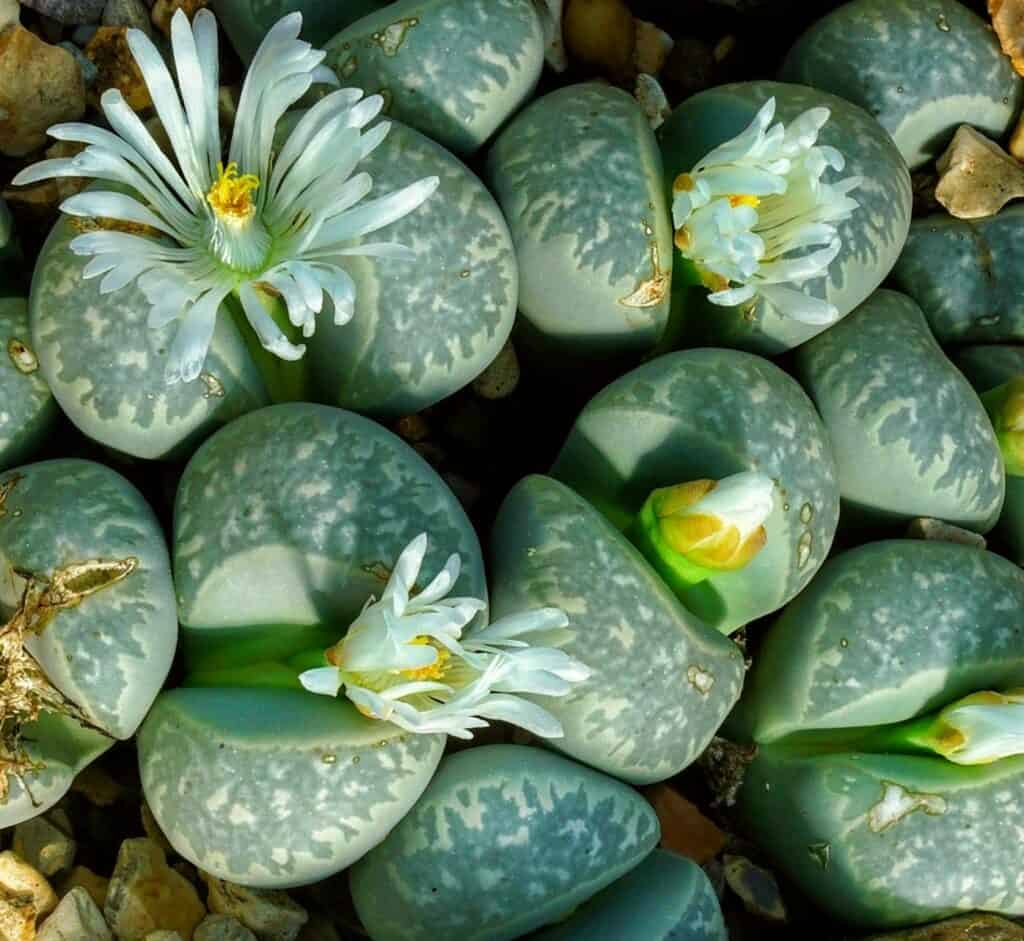
-Orostachys iwarenge ‘Chinese dunce cap’
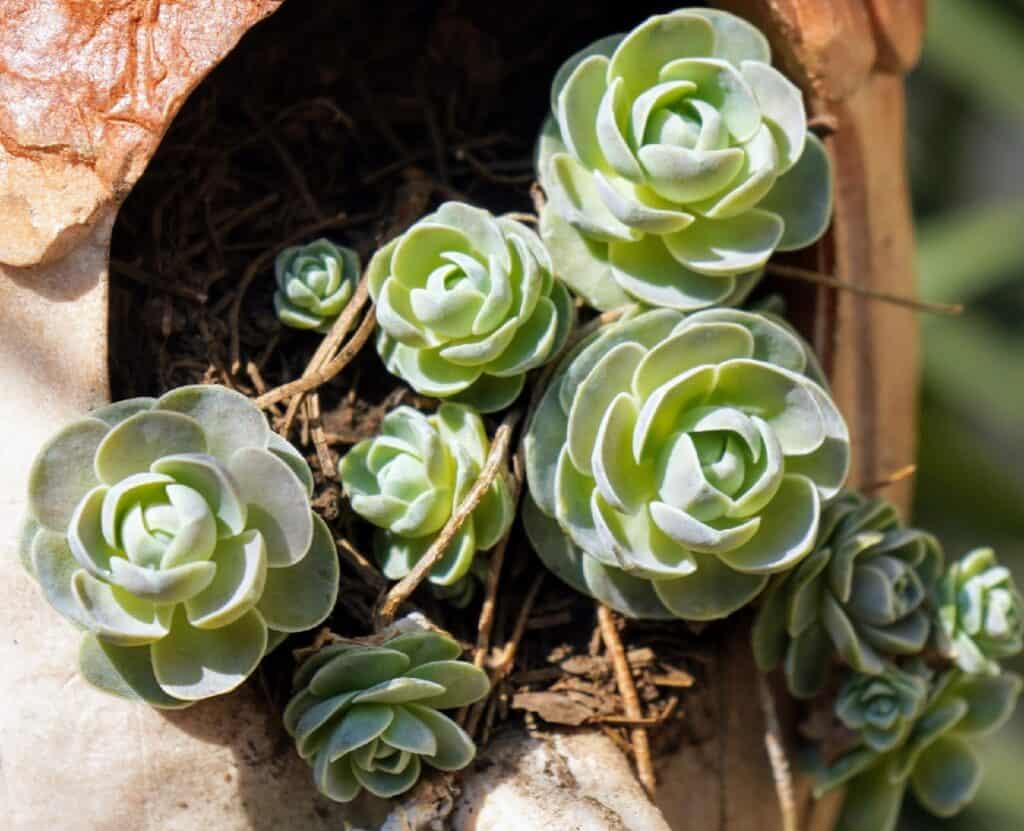
-Pachyphytum oviferum ‘pink moonstone’
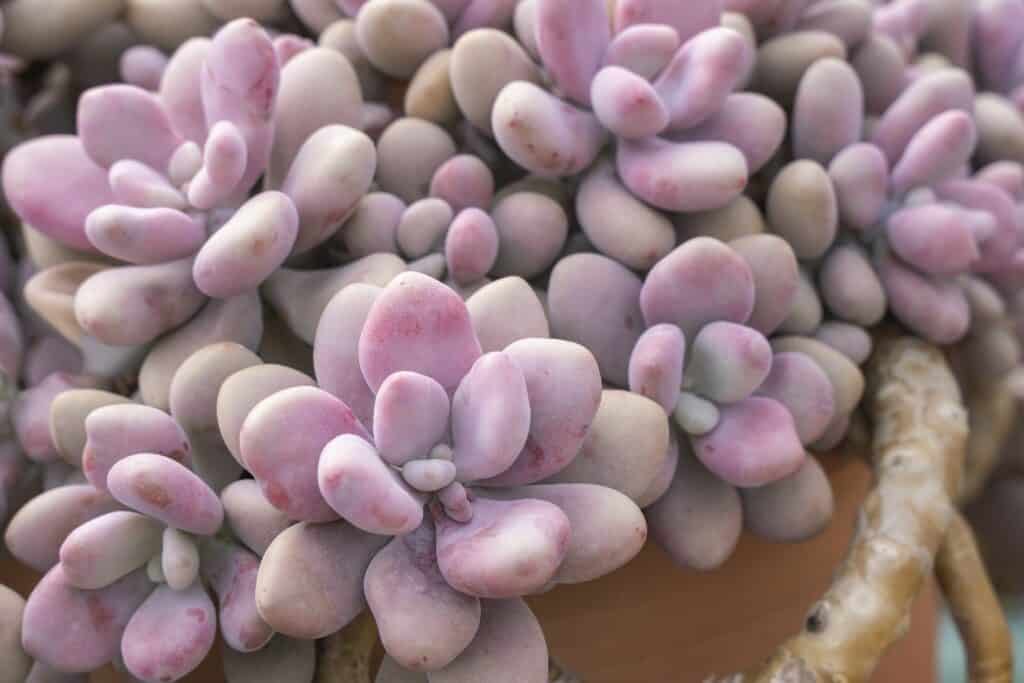
-Pachyveria ‘blue quartz’
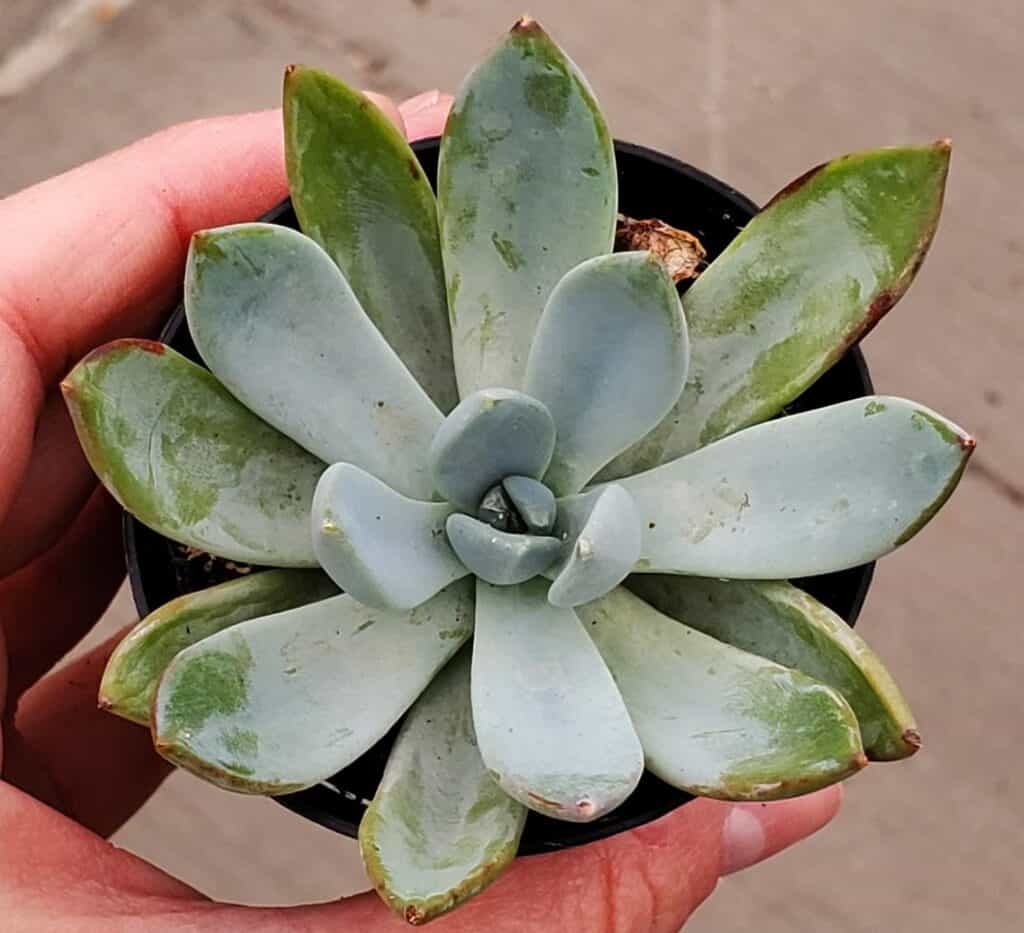
-Peperomia nivalis
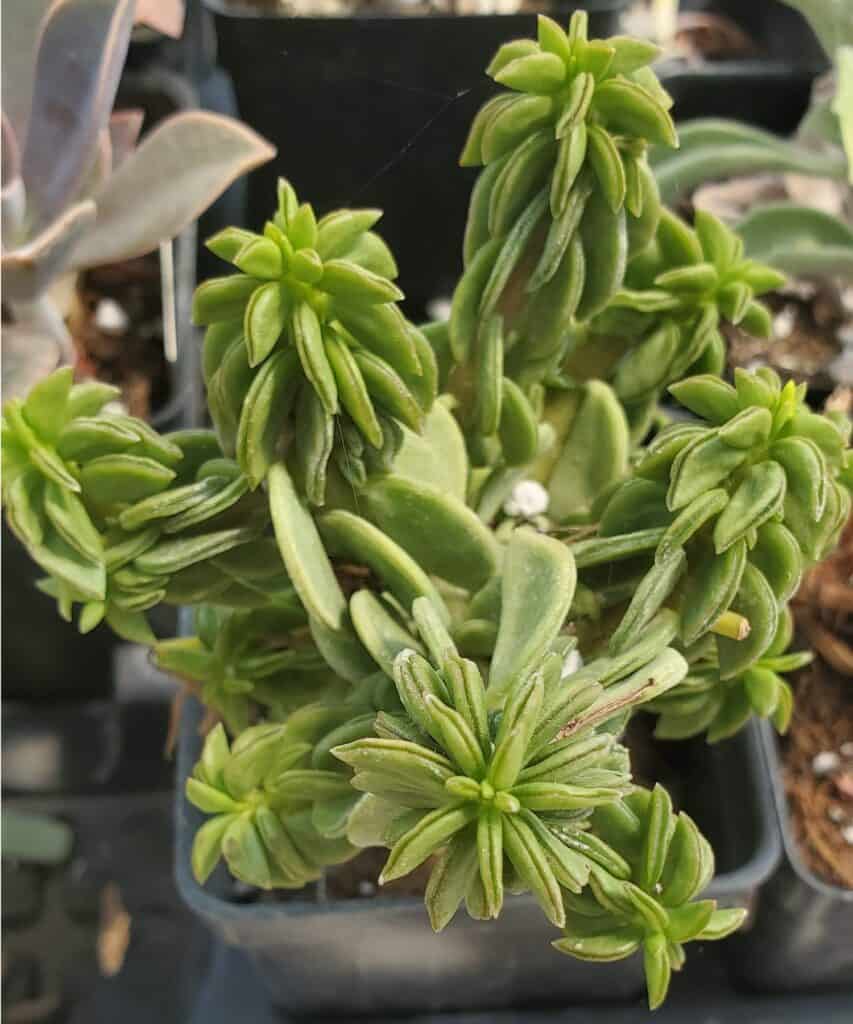
-Portulacaria afra ‘elephant bush’
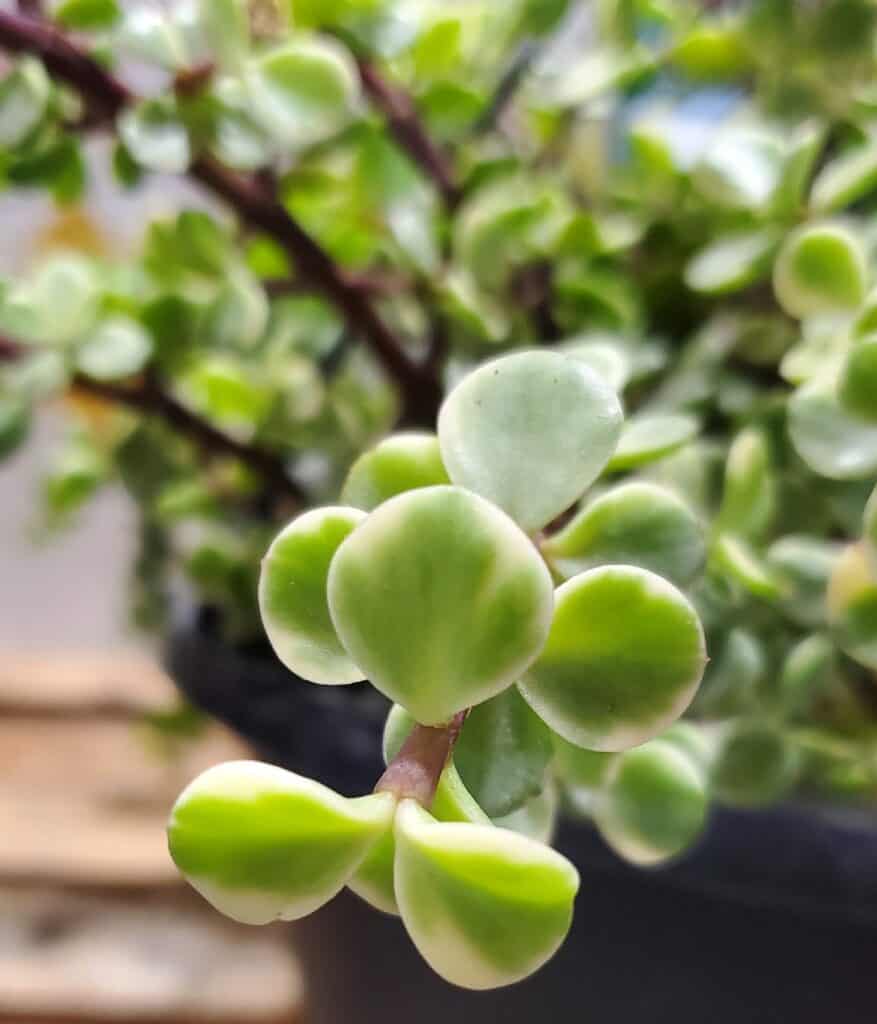
-Rhipsalis salicornioides ‘dancing bones’
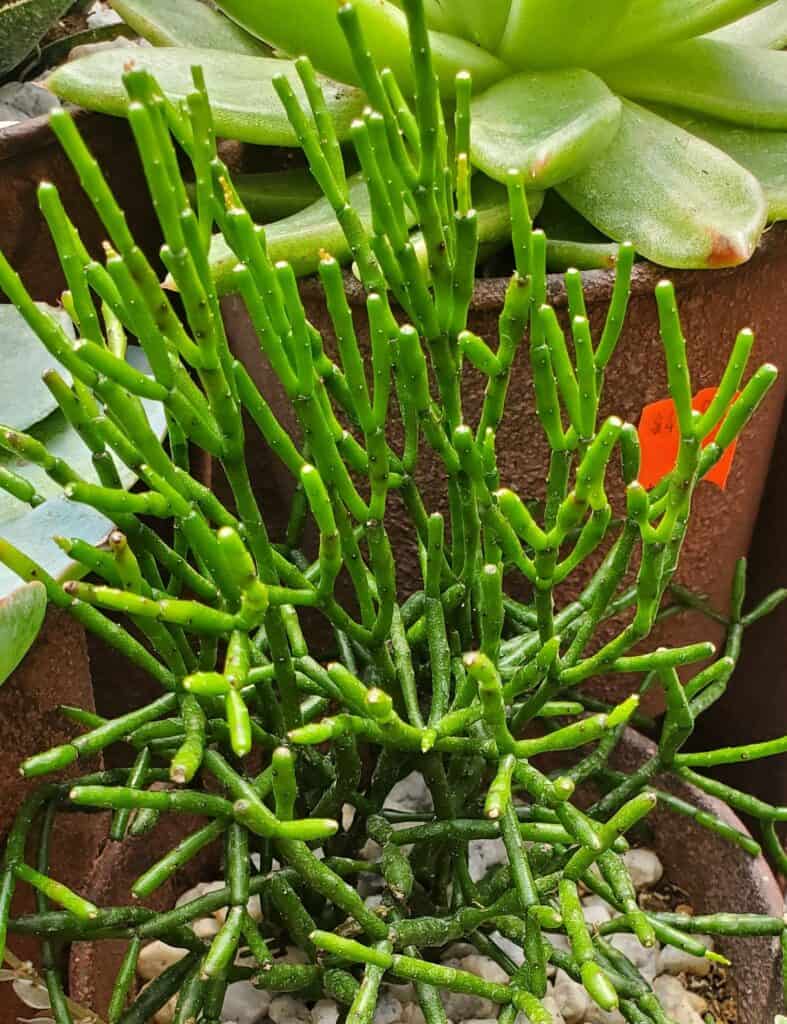
-Sansevieria cylindrica var. patula ‘boncel’ (spear orchid)
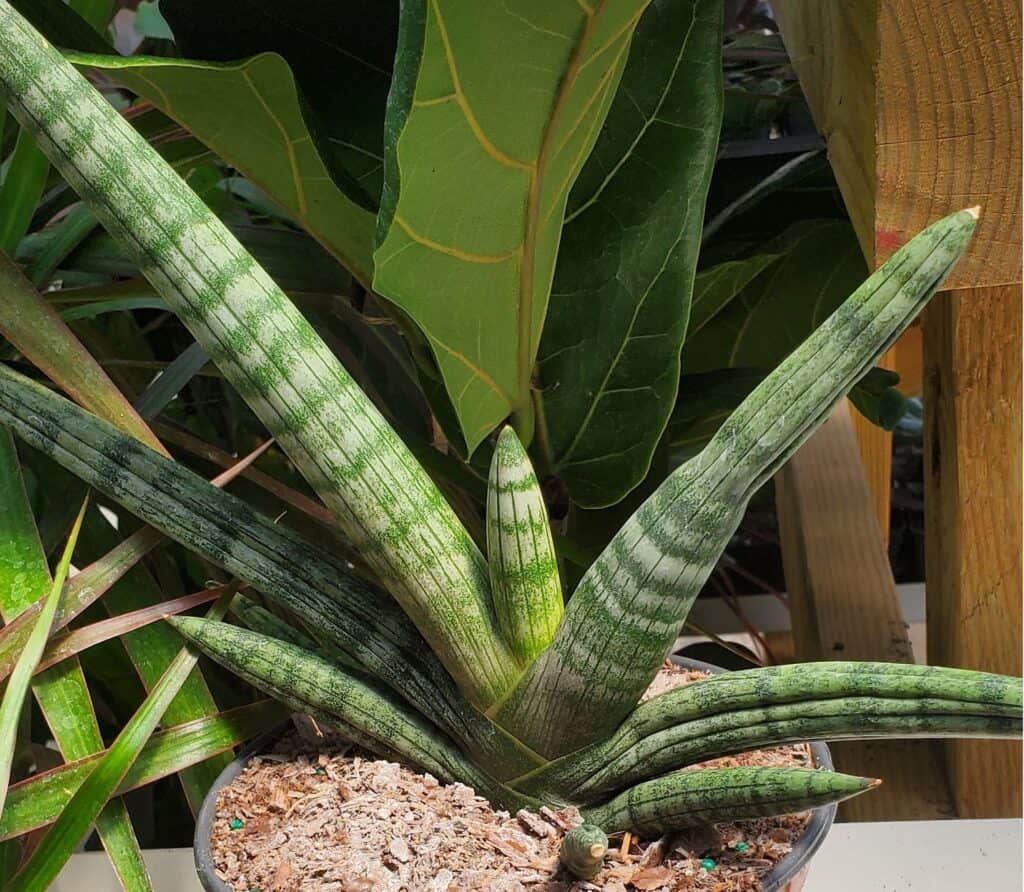
-Schlumbergera × buckleyi ‘true Christmas cactus’
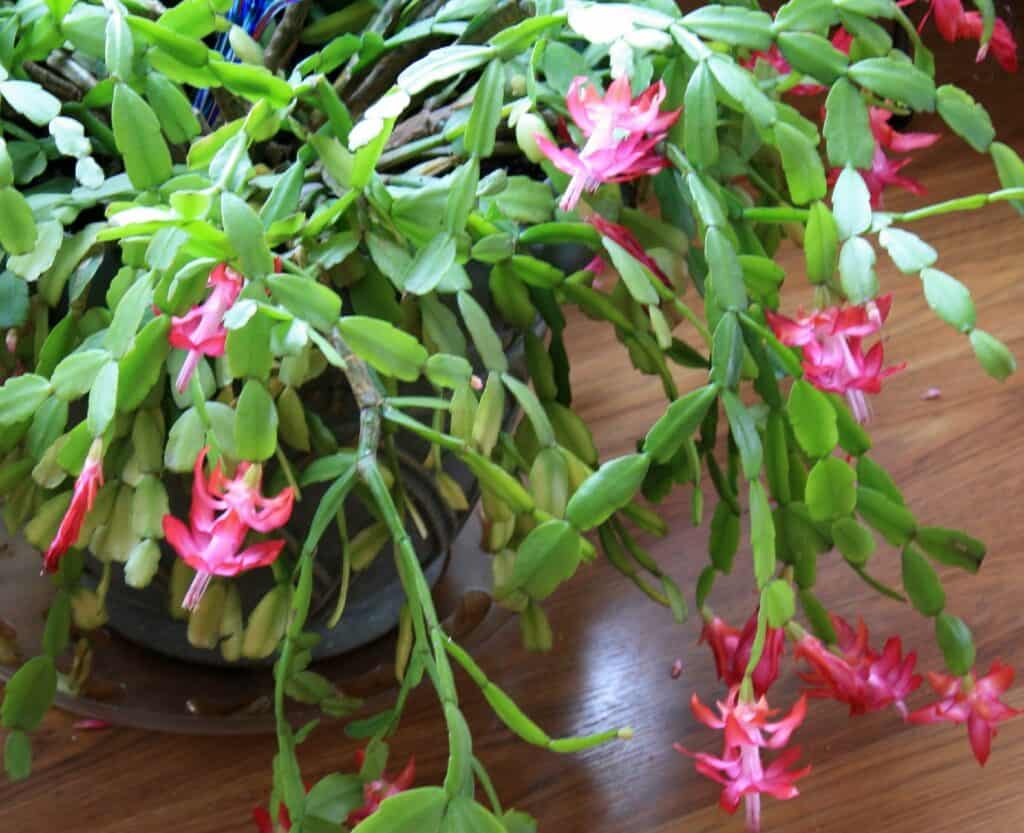
-Schlumbergera truncata ‘Thanksgiving cactus’
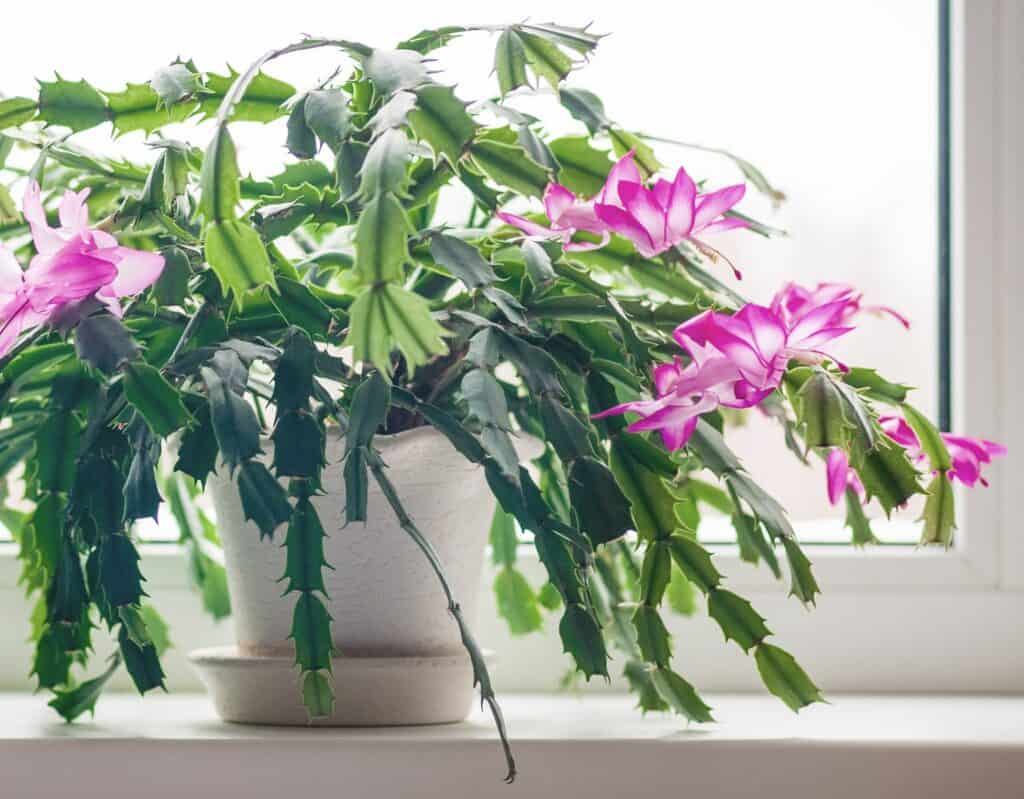
-Sedeveria ‘blue elf’
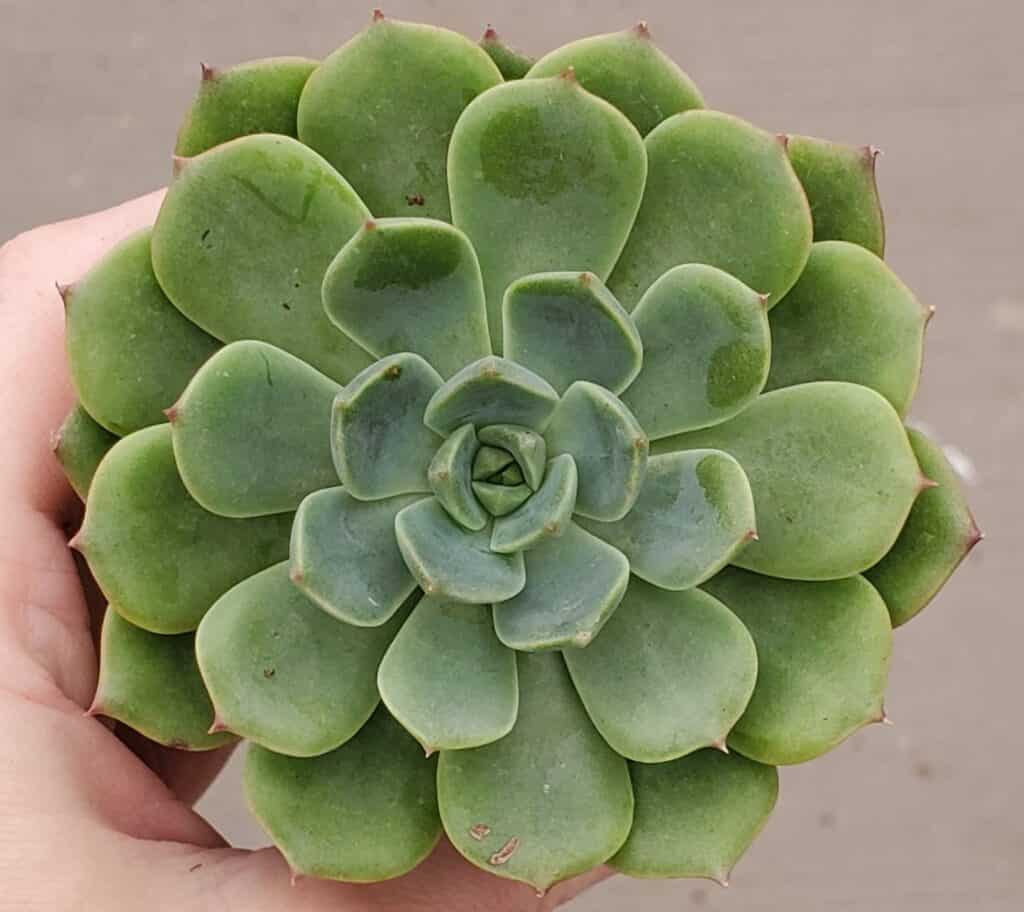
-Sedeveria ‘letizia’
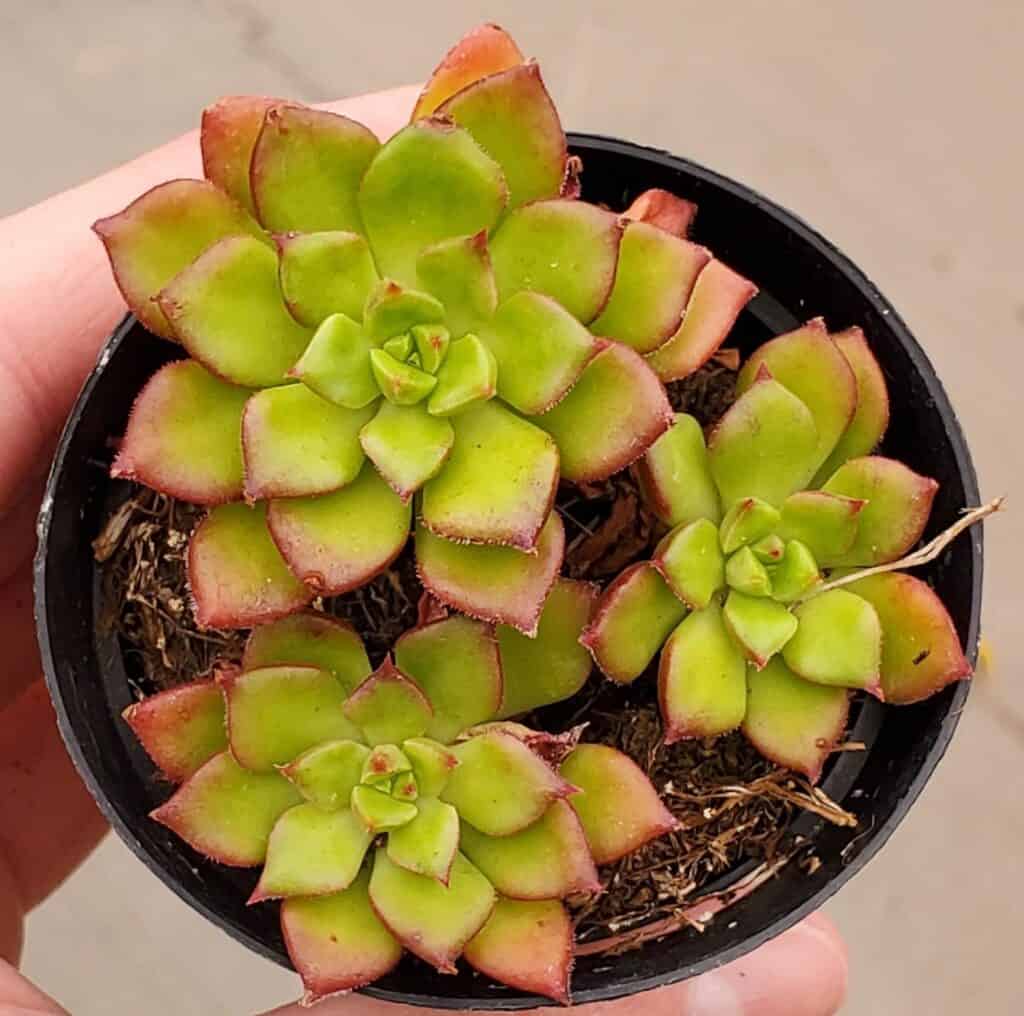
-Sempervivum ‘dream catcher’
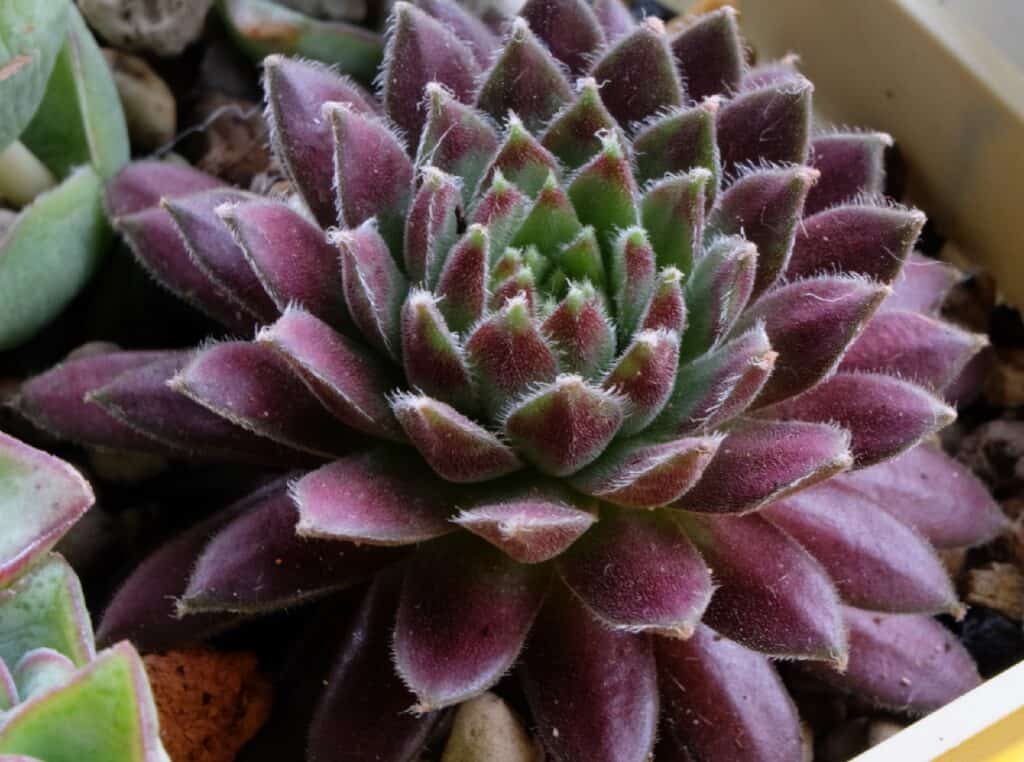
-Sempervivum ‘firebird’
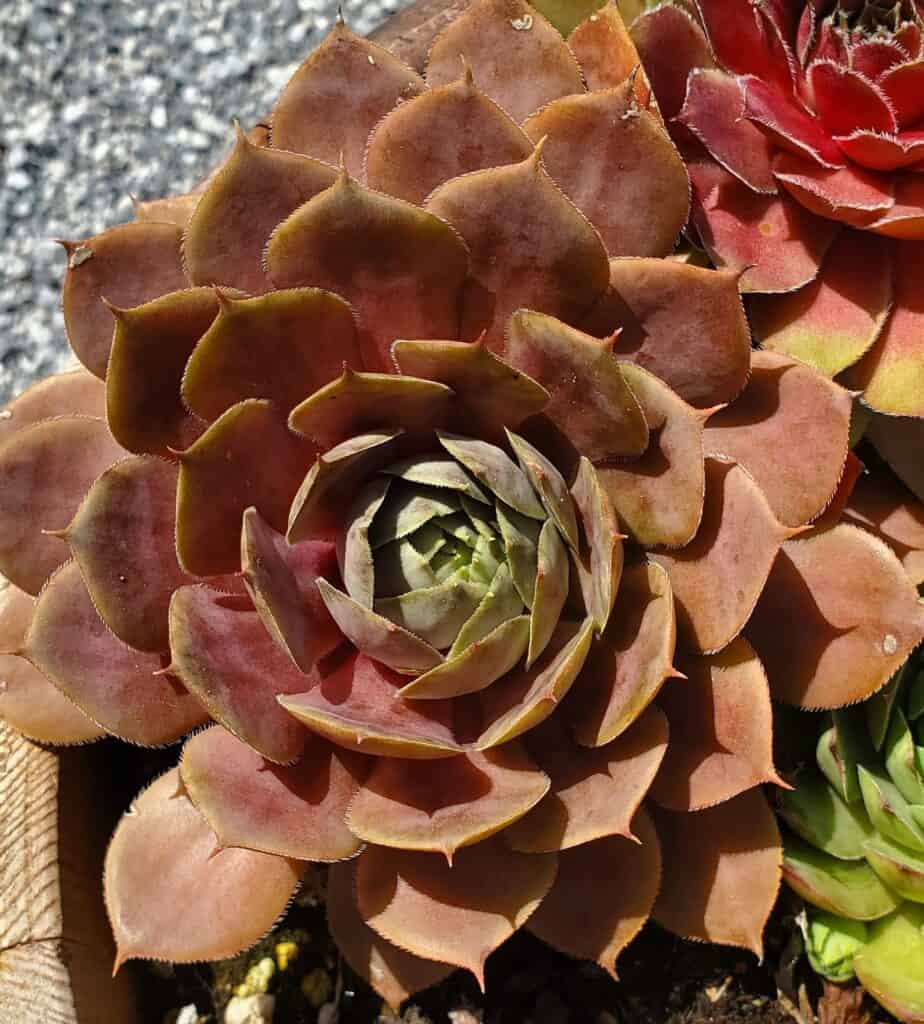
-Sempervivum ‘gold nugget’
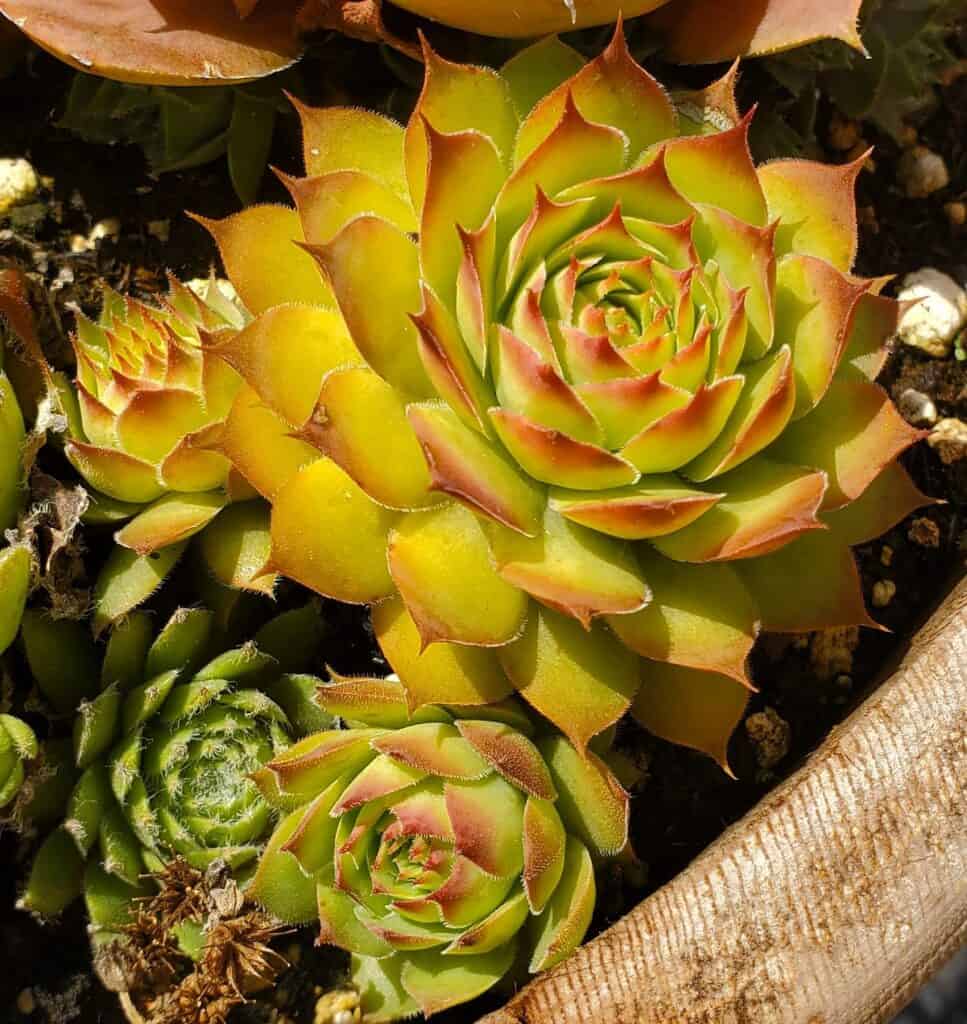
-Titanopsis calcarea ‘concrete leaf’
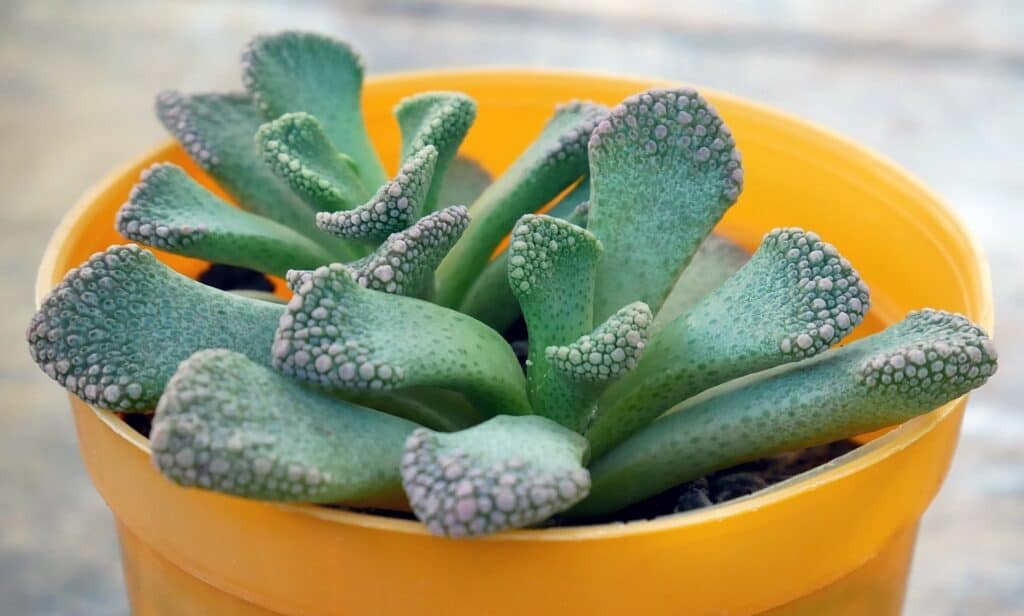
Learning About Succulents is a Never-Ending Undertaking
It’s impossible for the average person to soak in every type of succulent in a short amount of time. Learning to identify the succulent genres takes time and hands-on experience. As you come into contact with succulents of all kinds, you’ll begin to learn the characteristics that come with each genus.
With so many choices, it’s no wonder that succulents have become such popular houseplants. As you continue your journey as a plant parent, keep learning about the different types of succulents and what makes them great additions to your collection. It’s easy to find the perfect plant for your garden or home décor.
